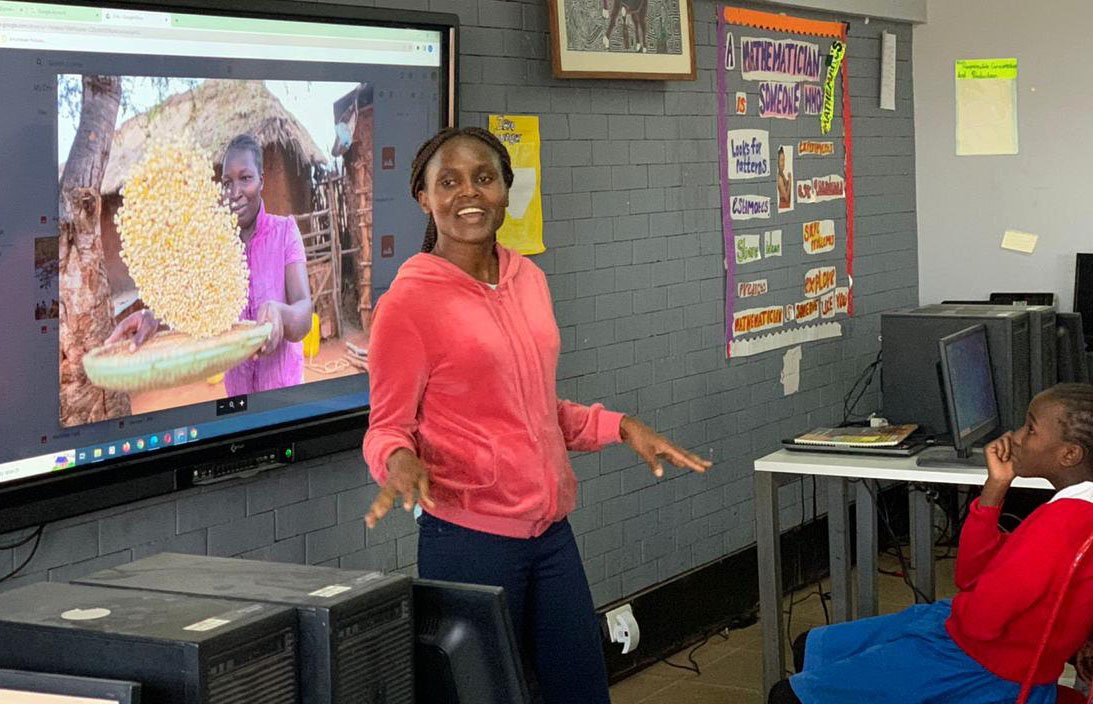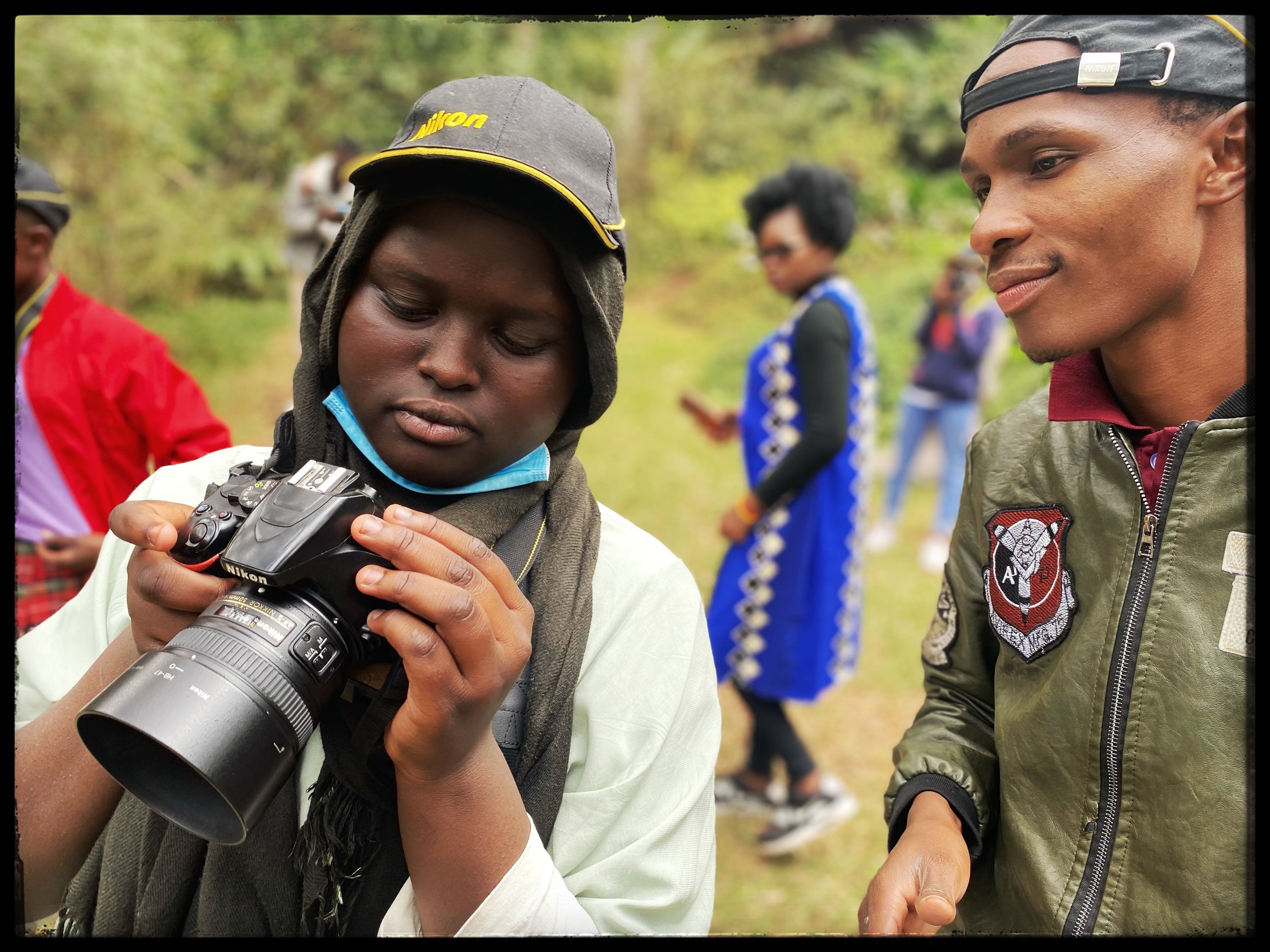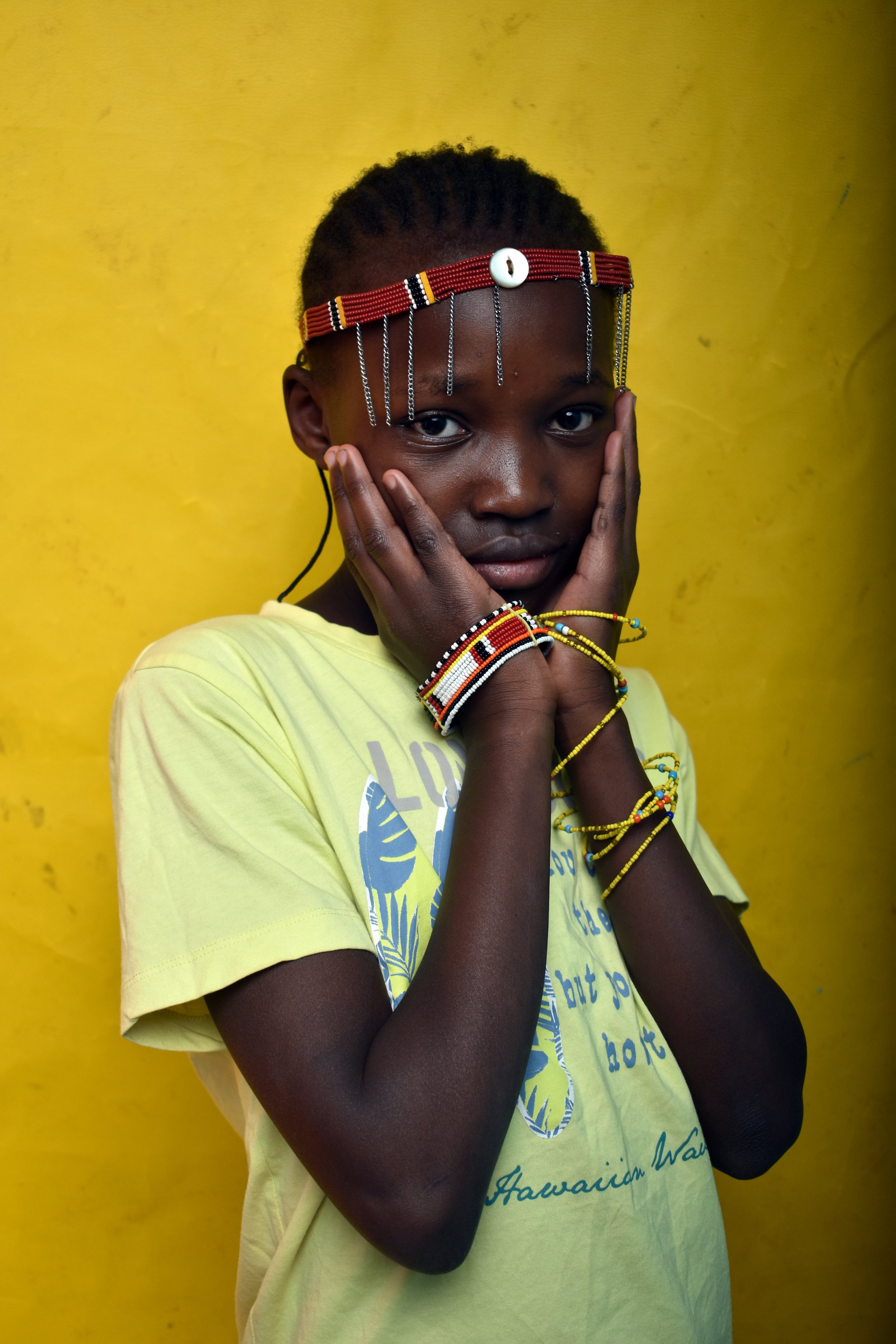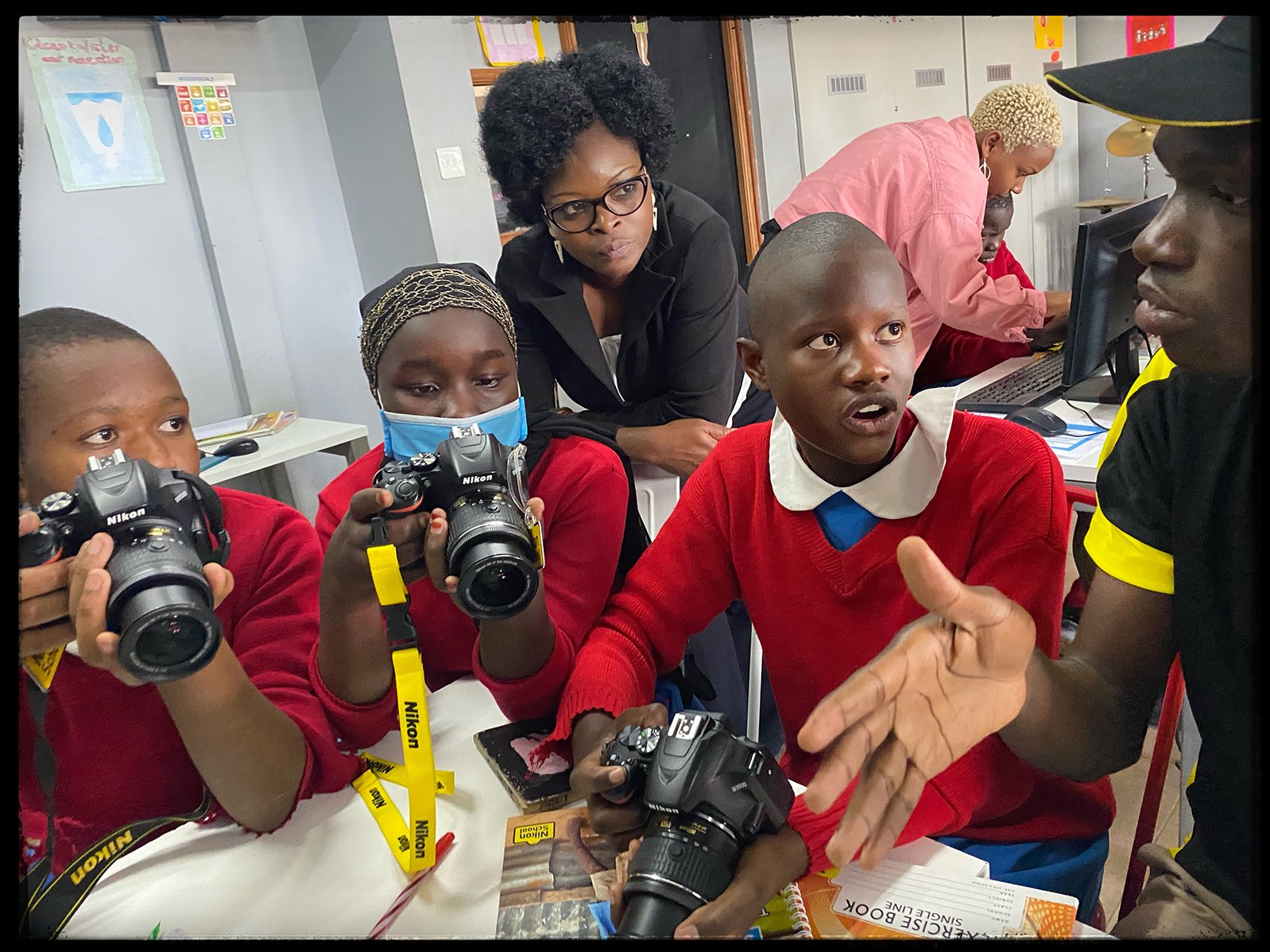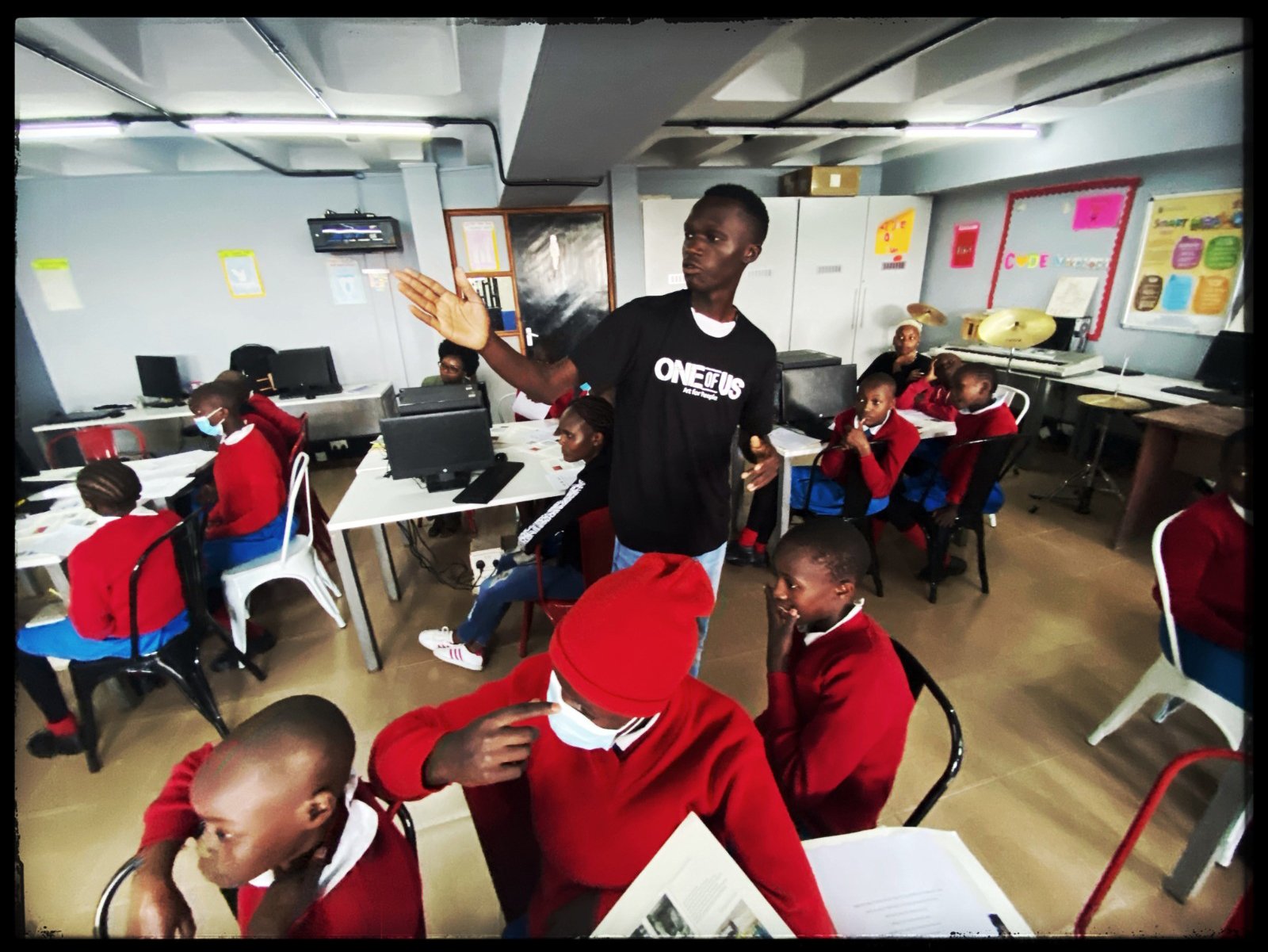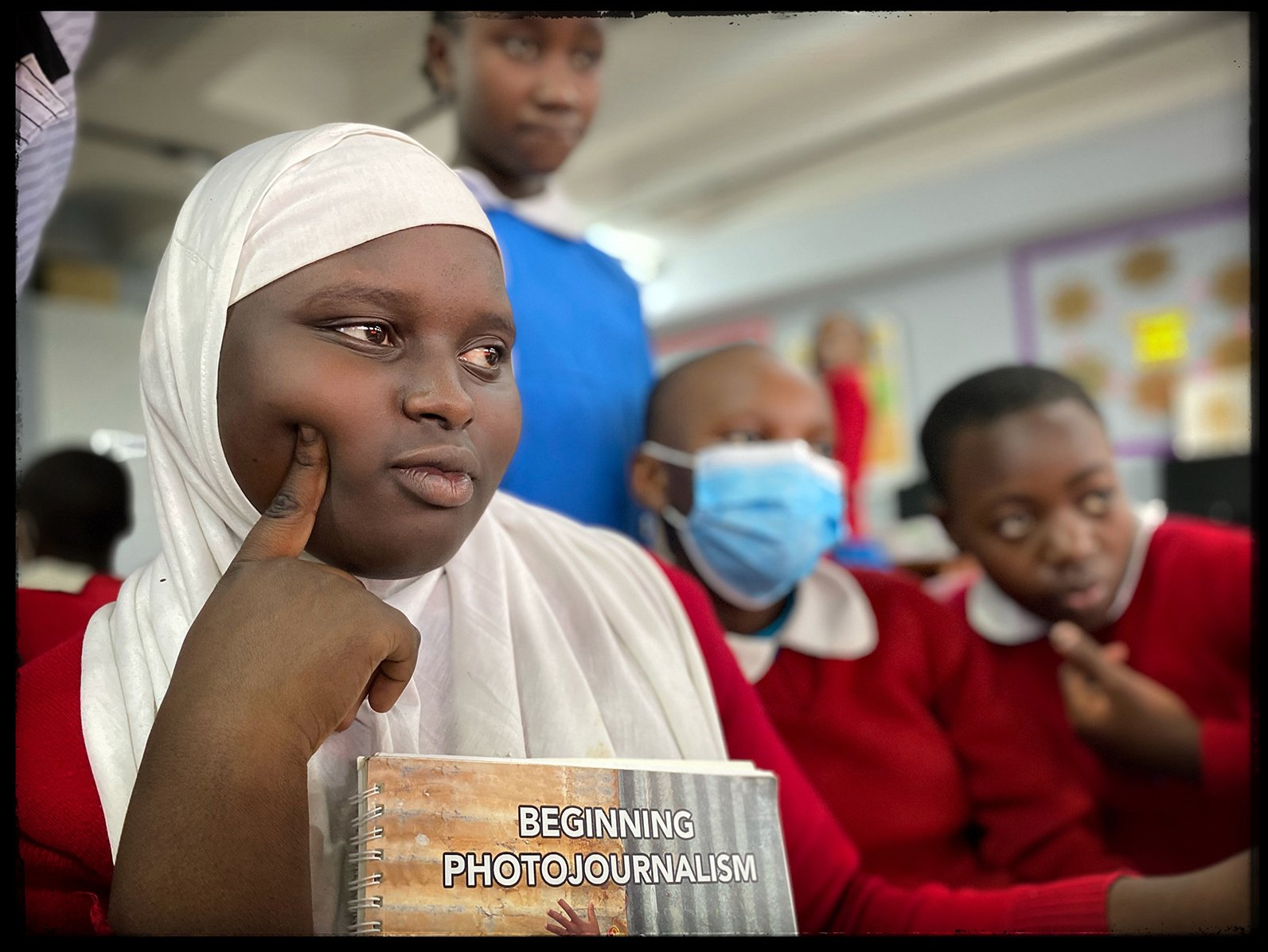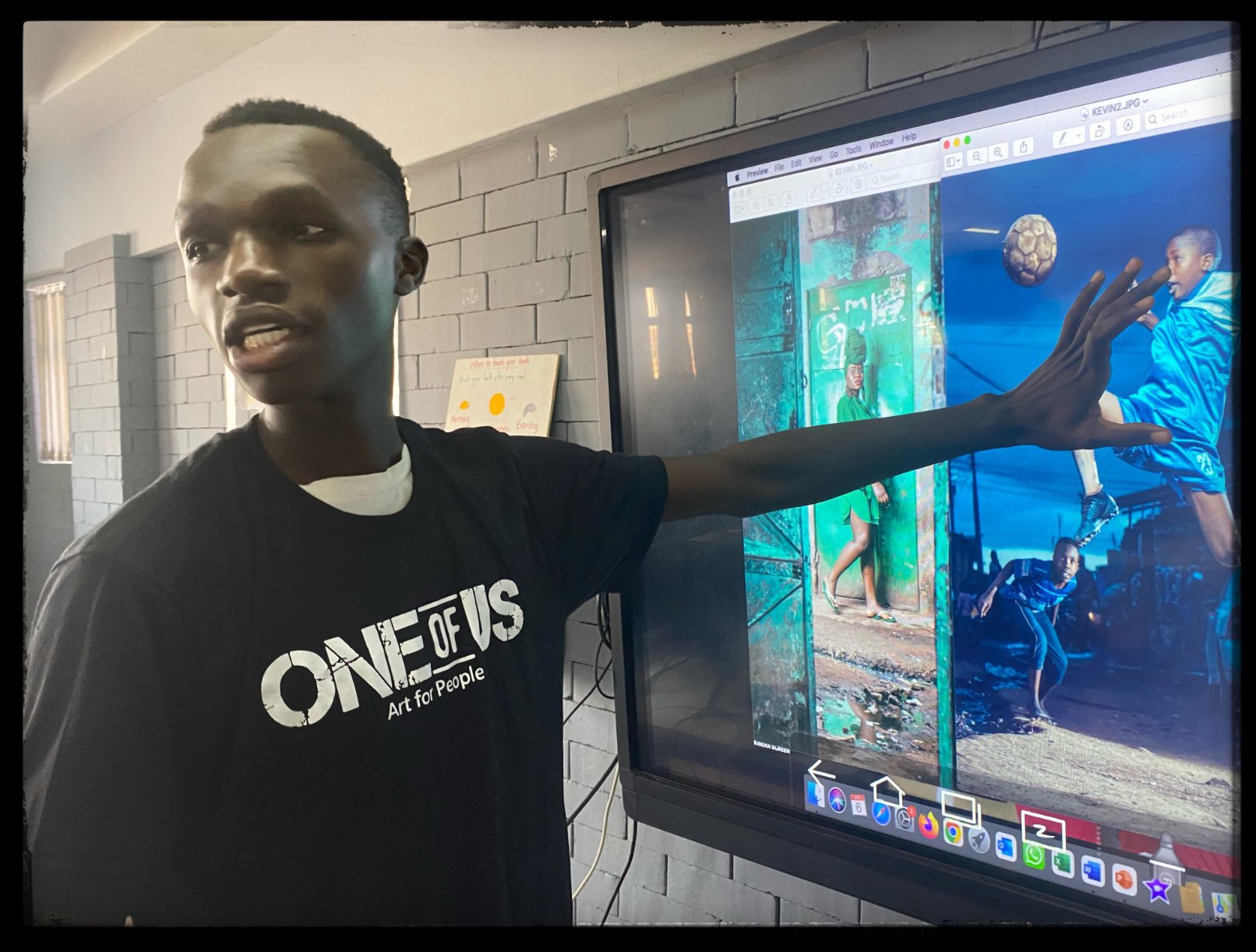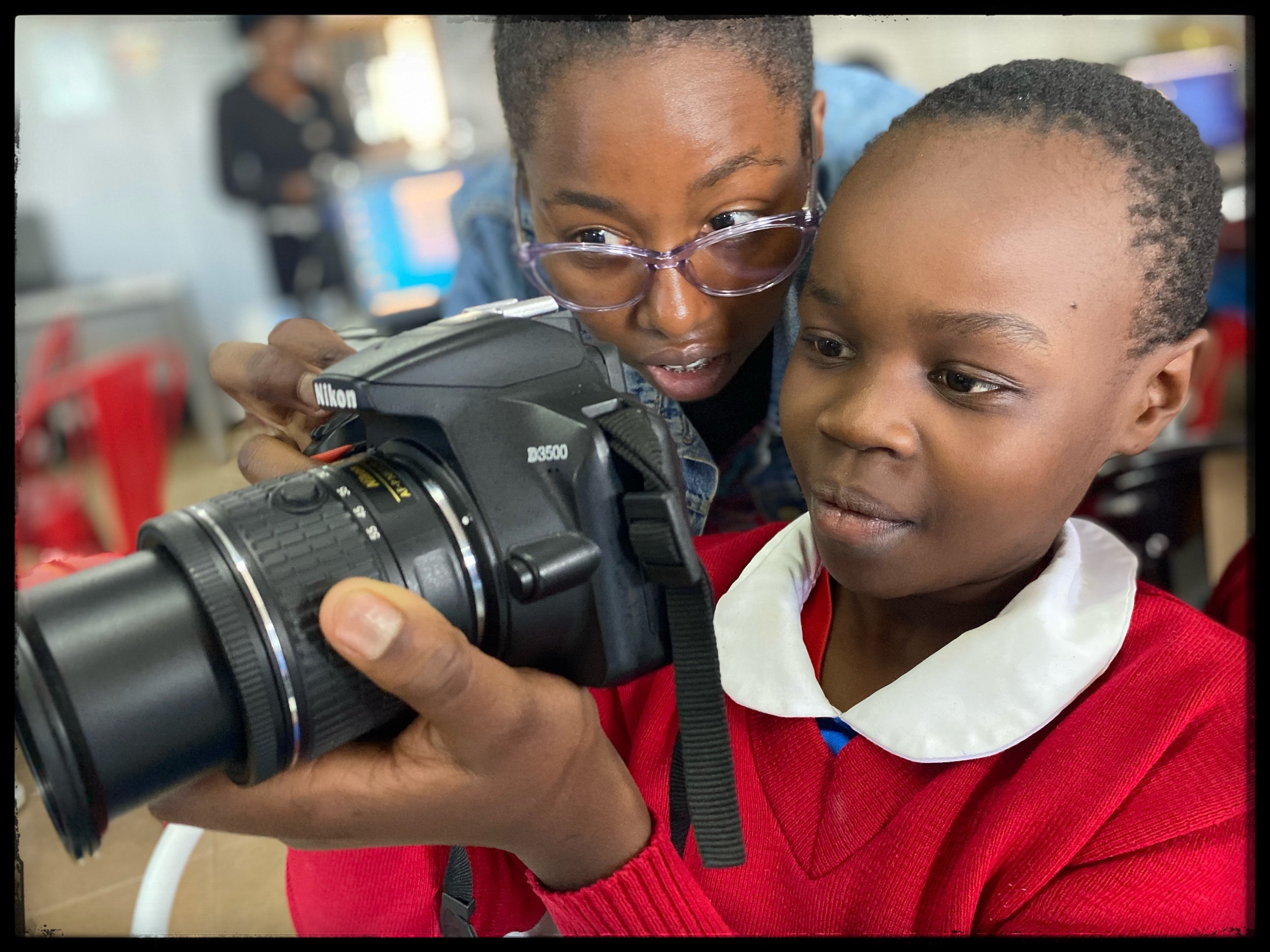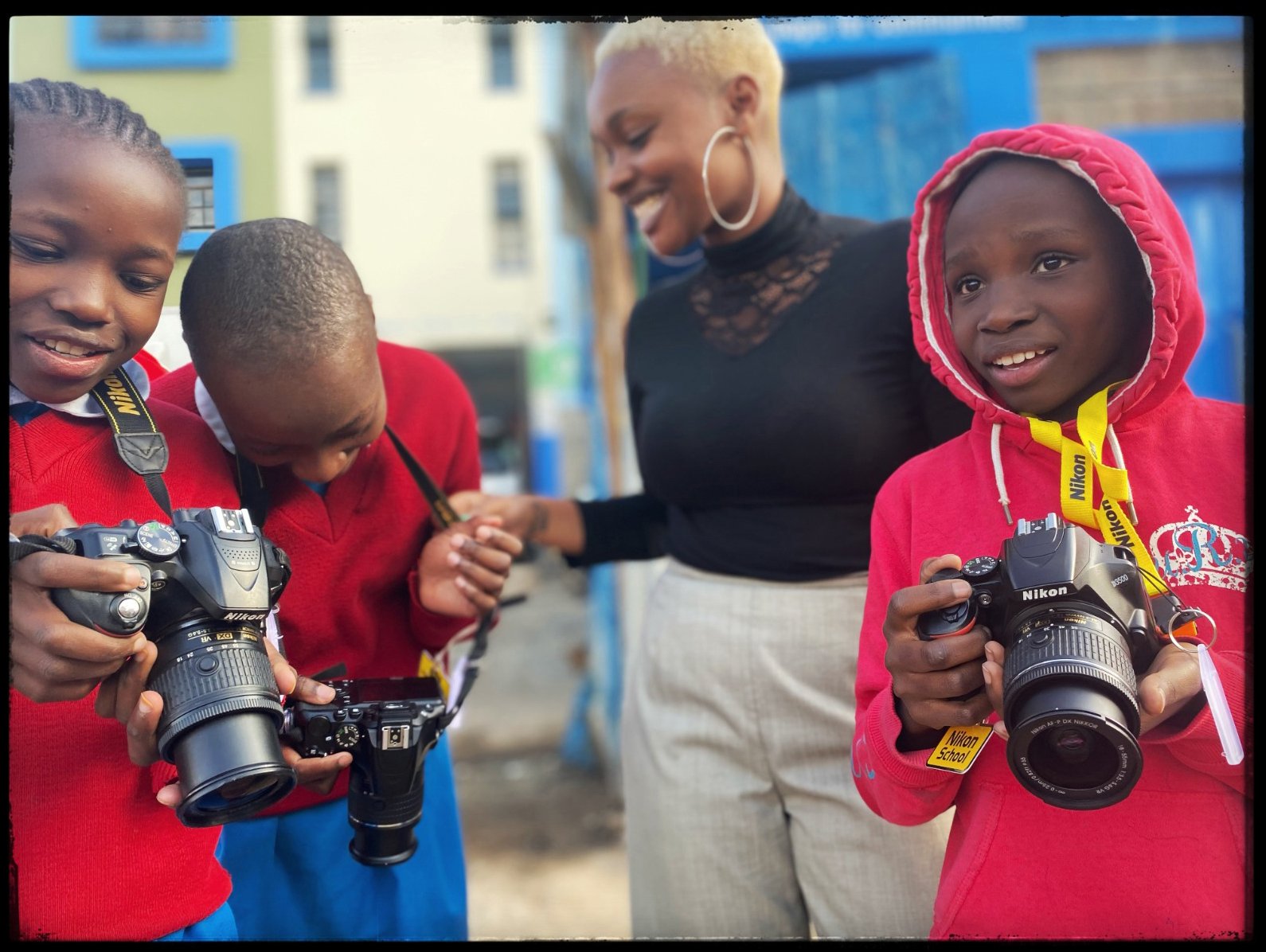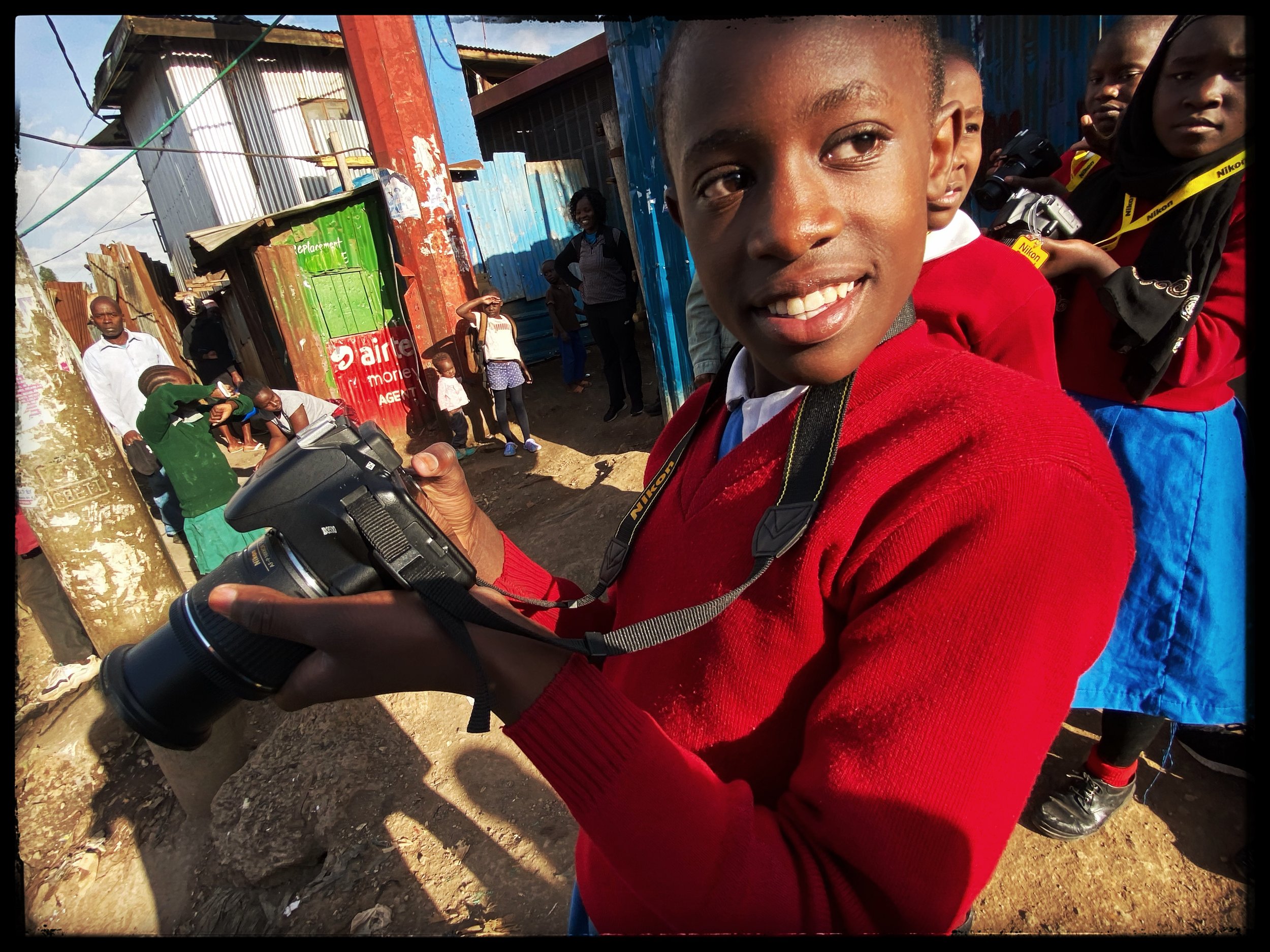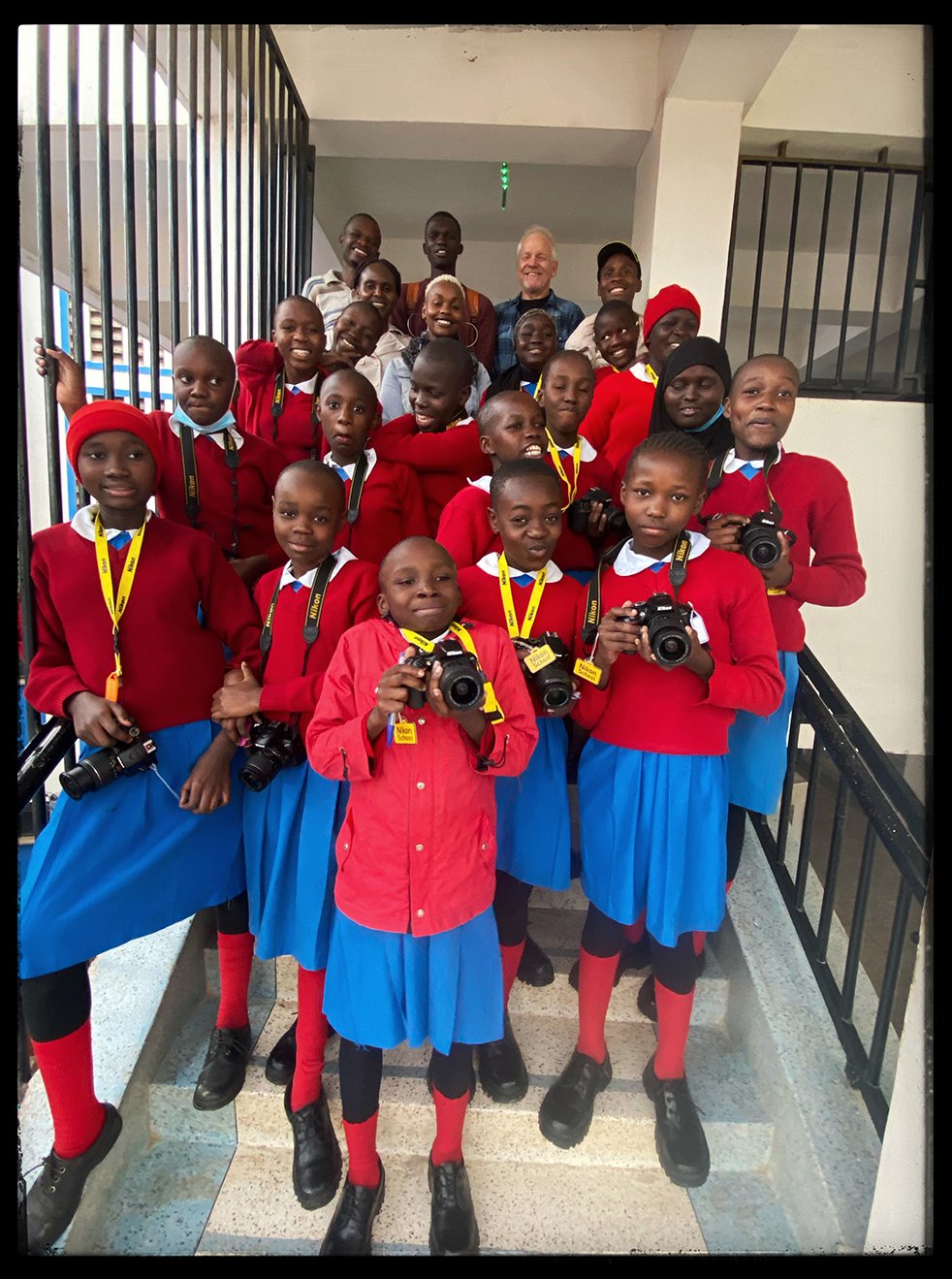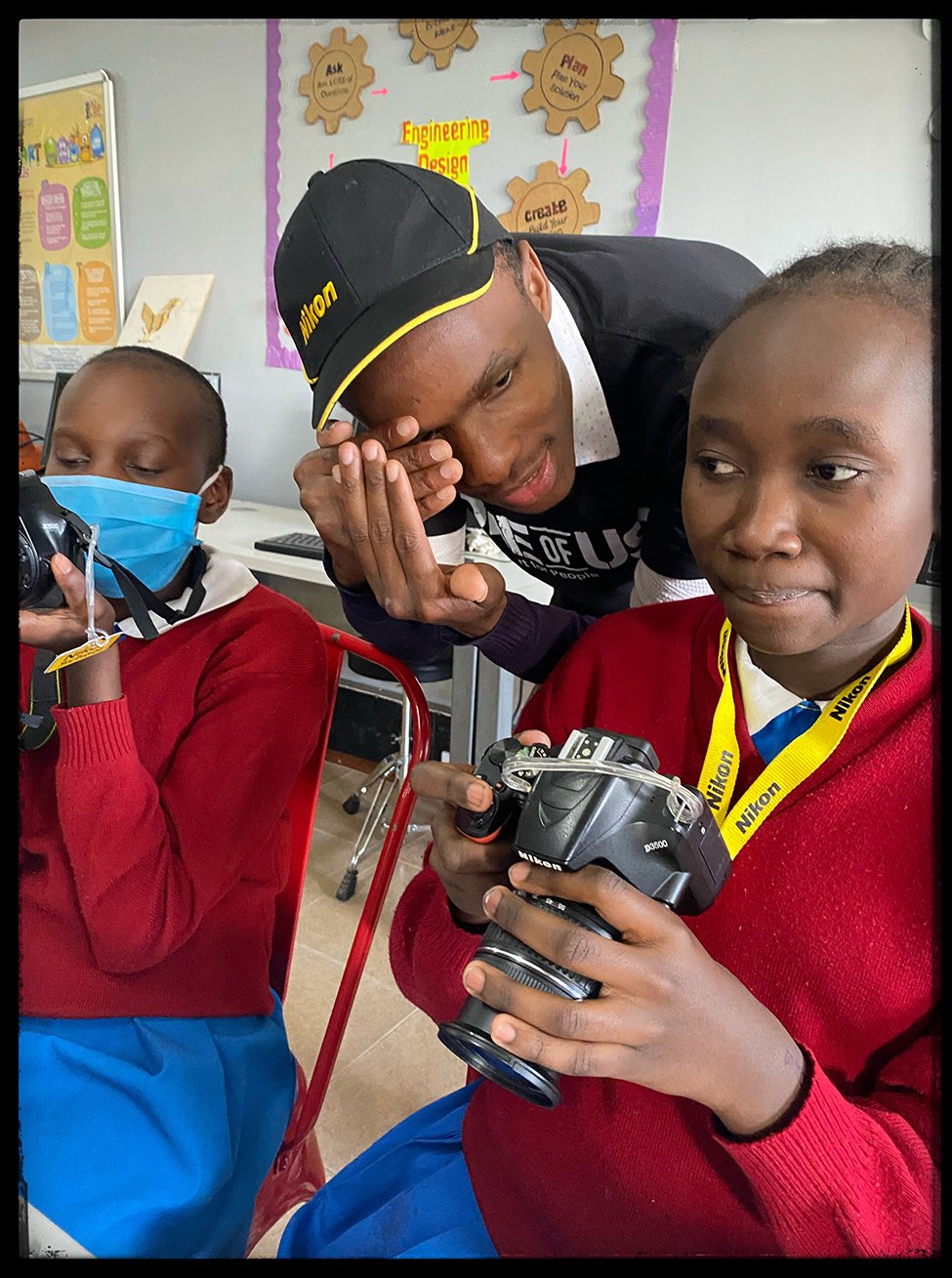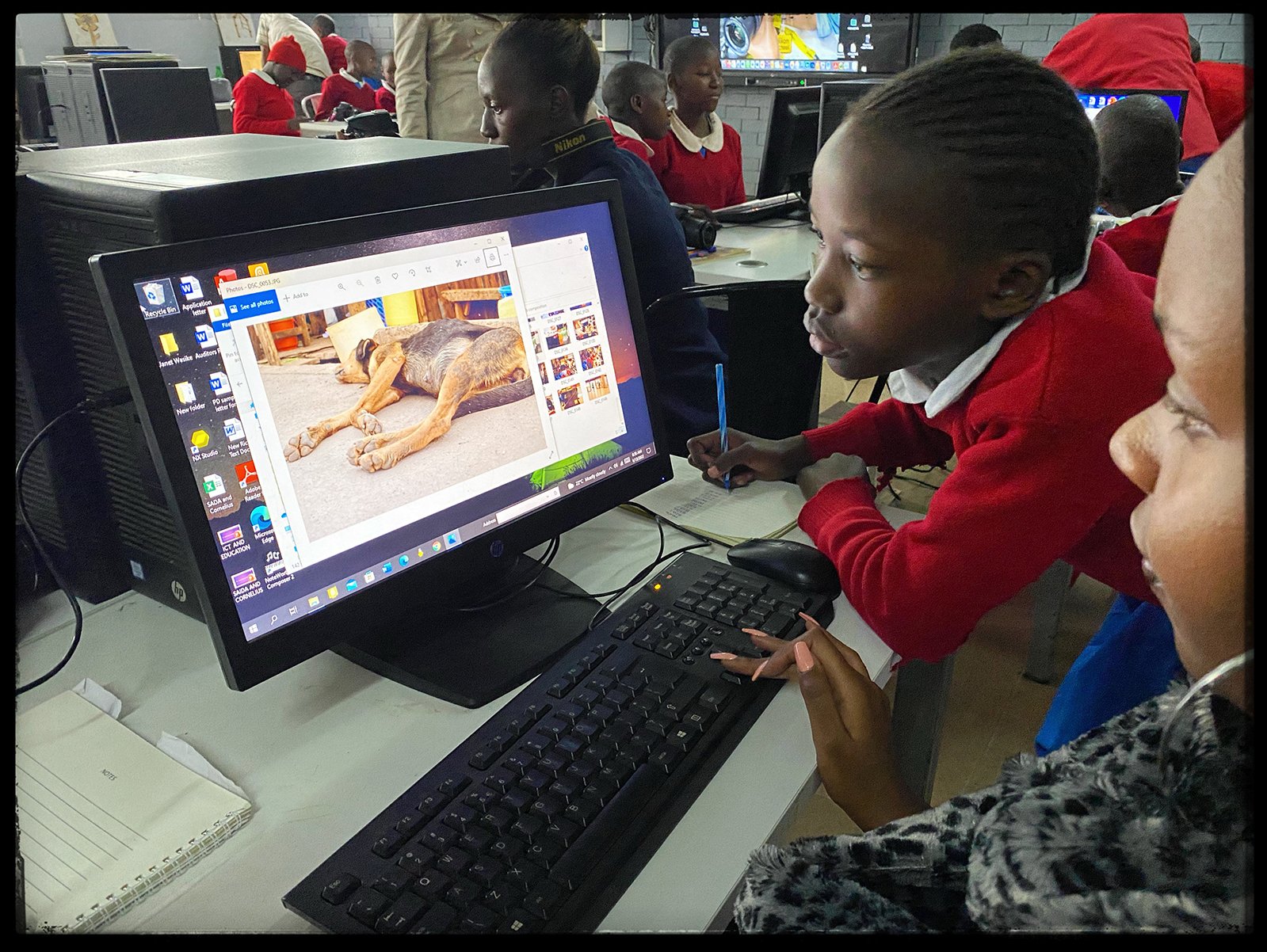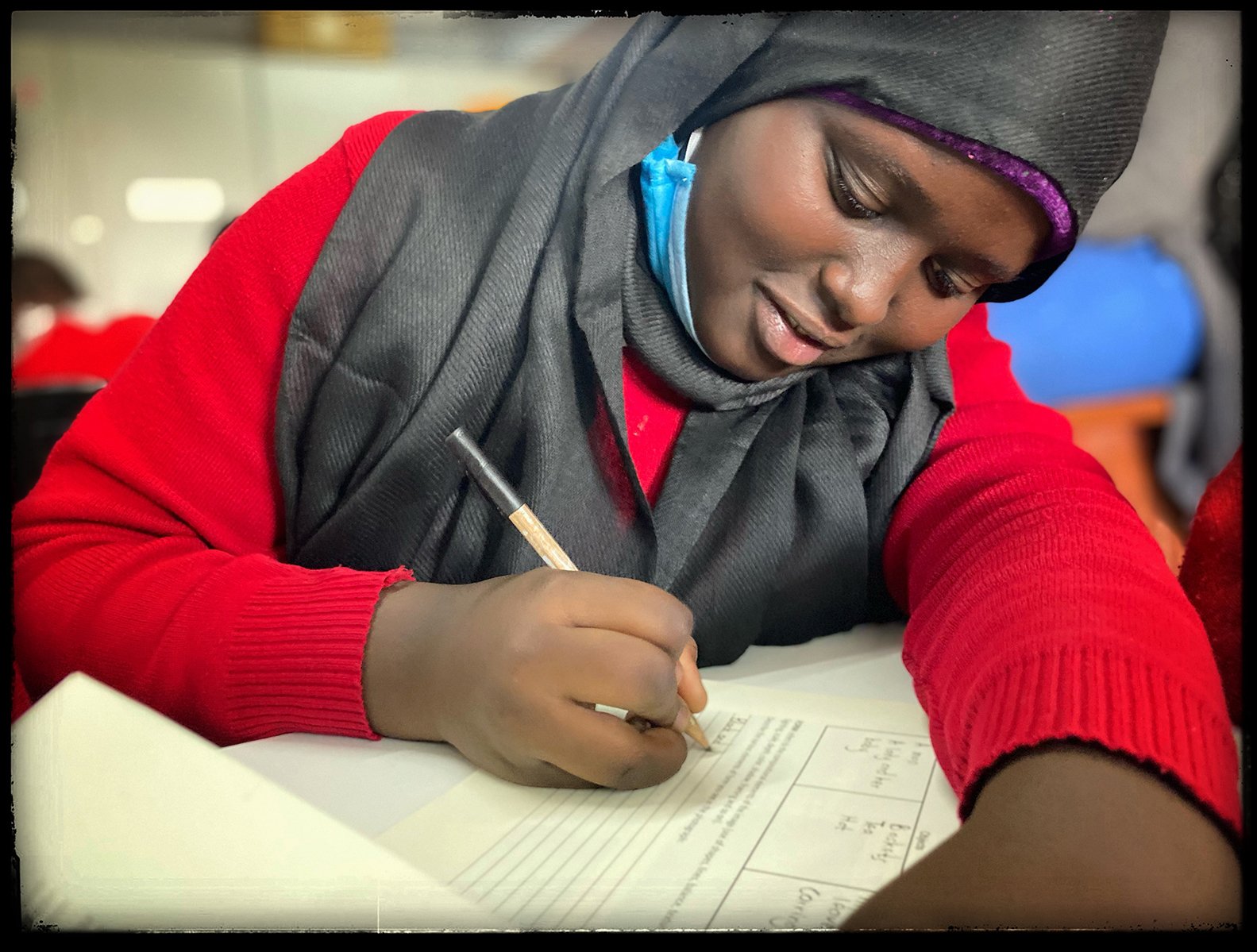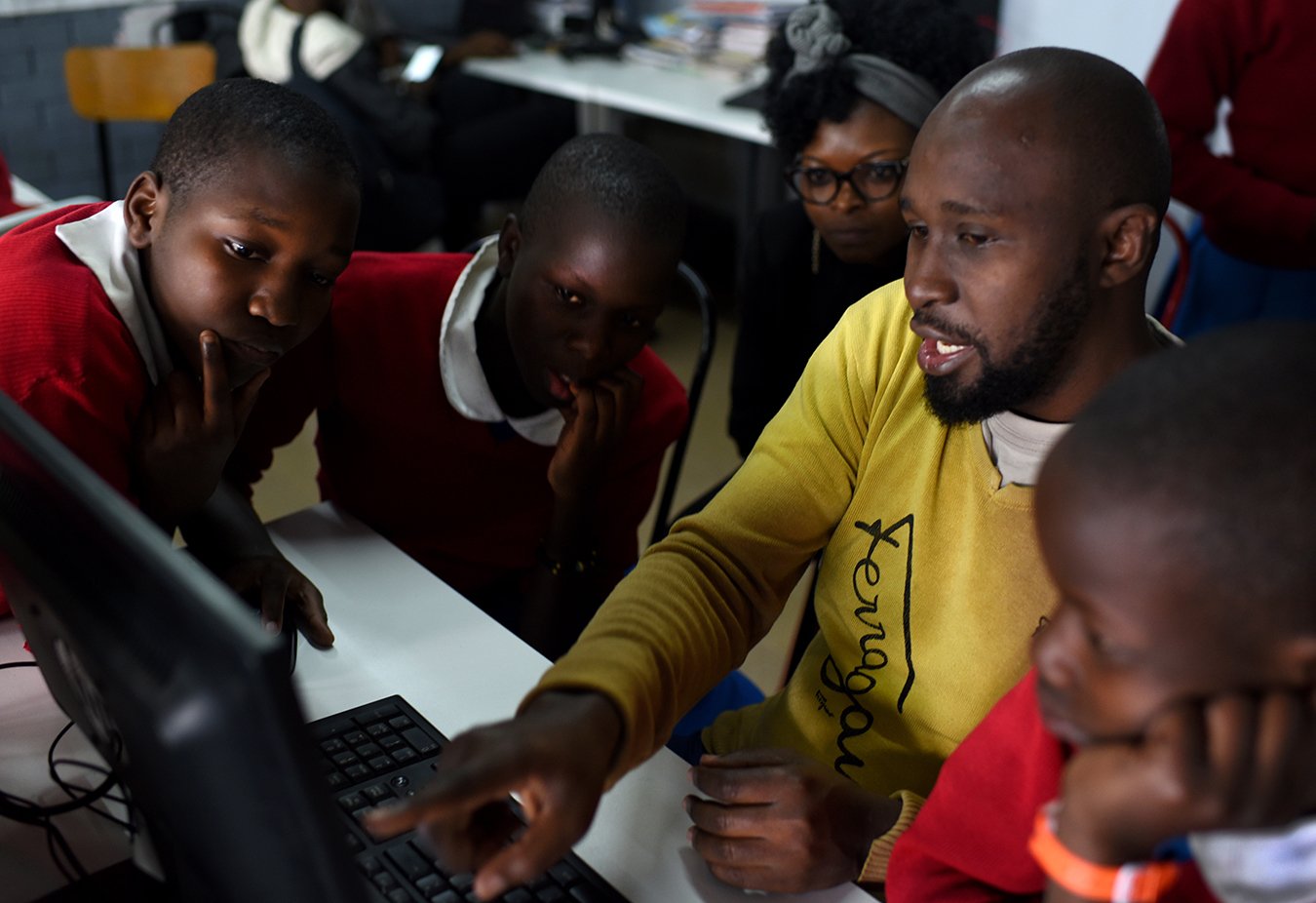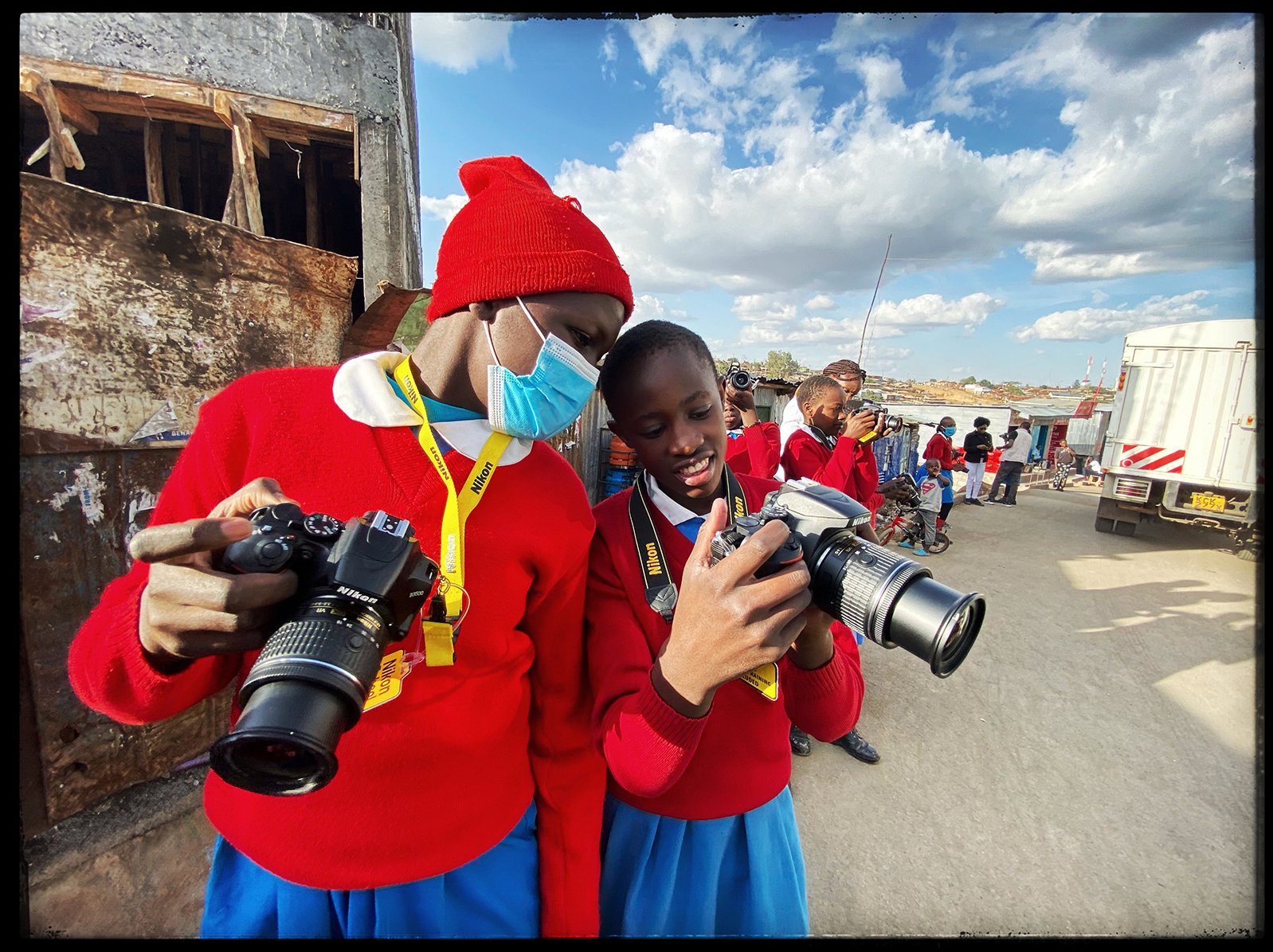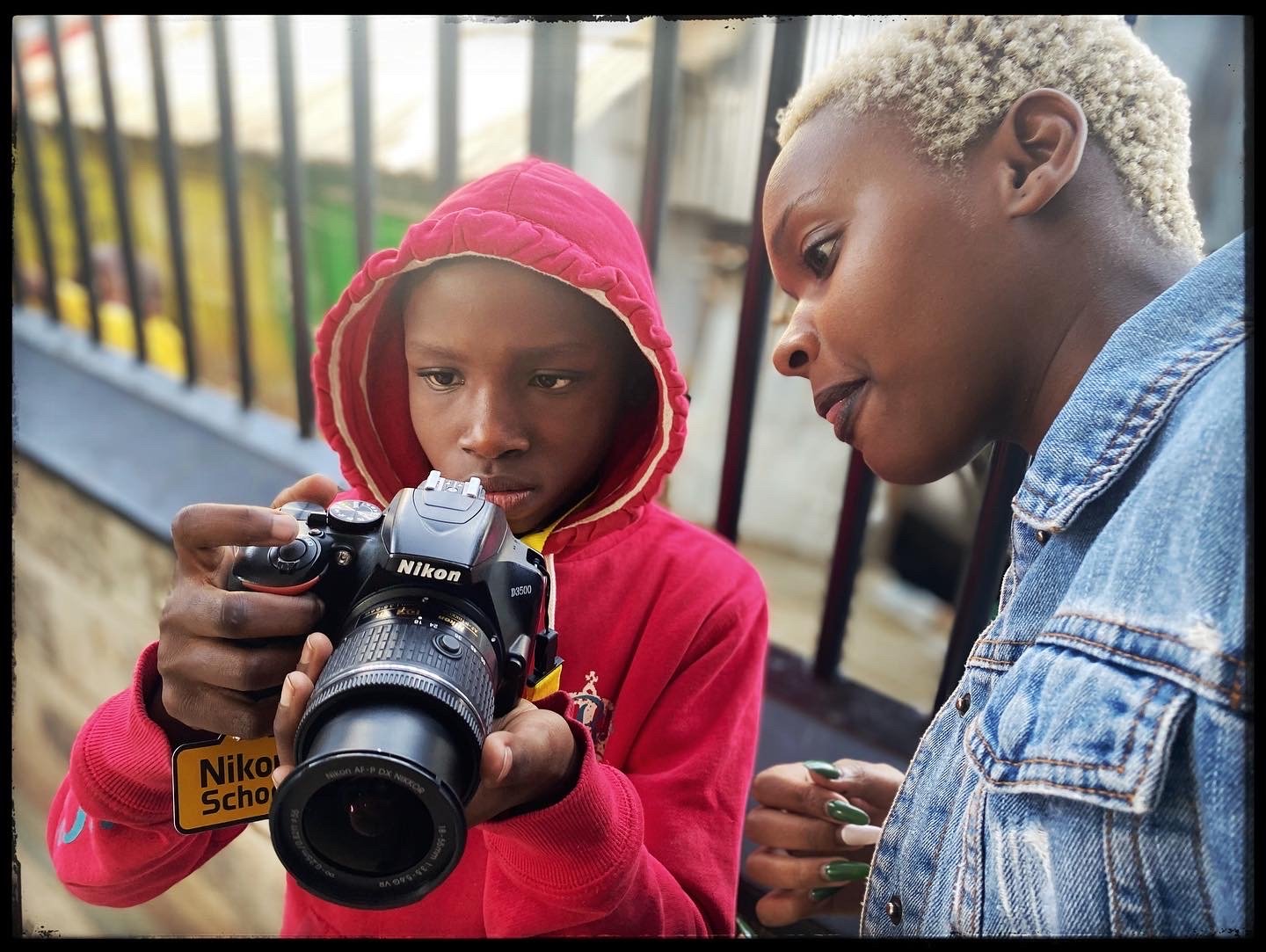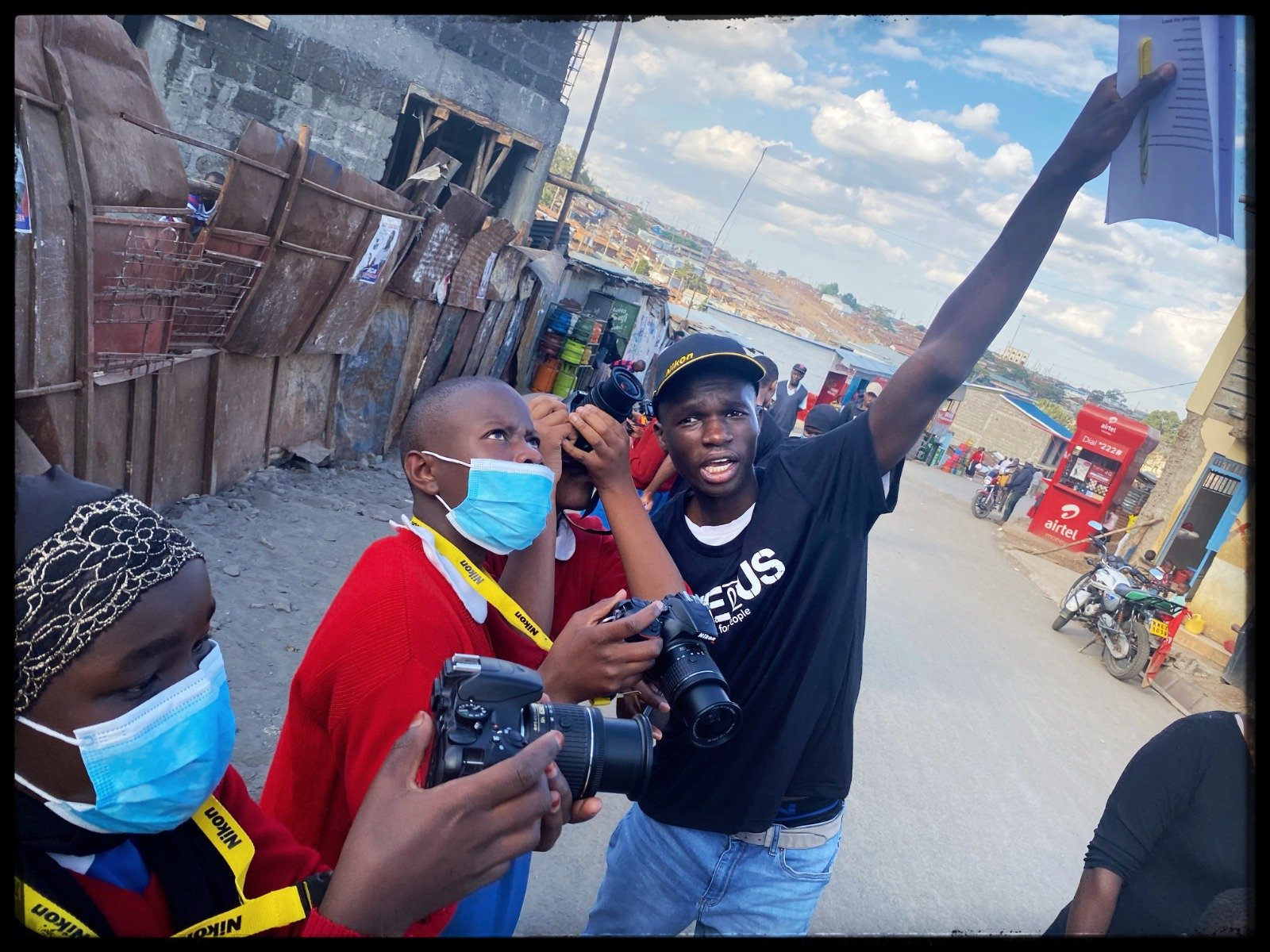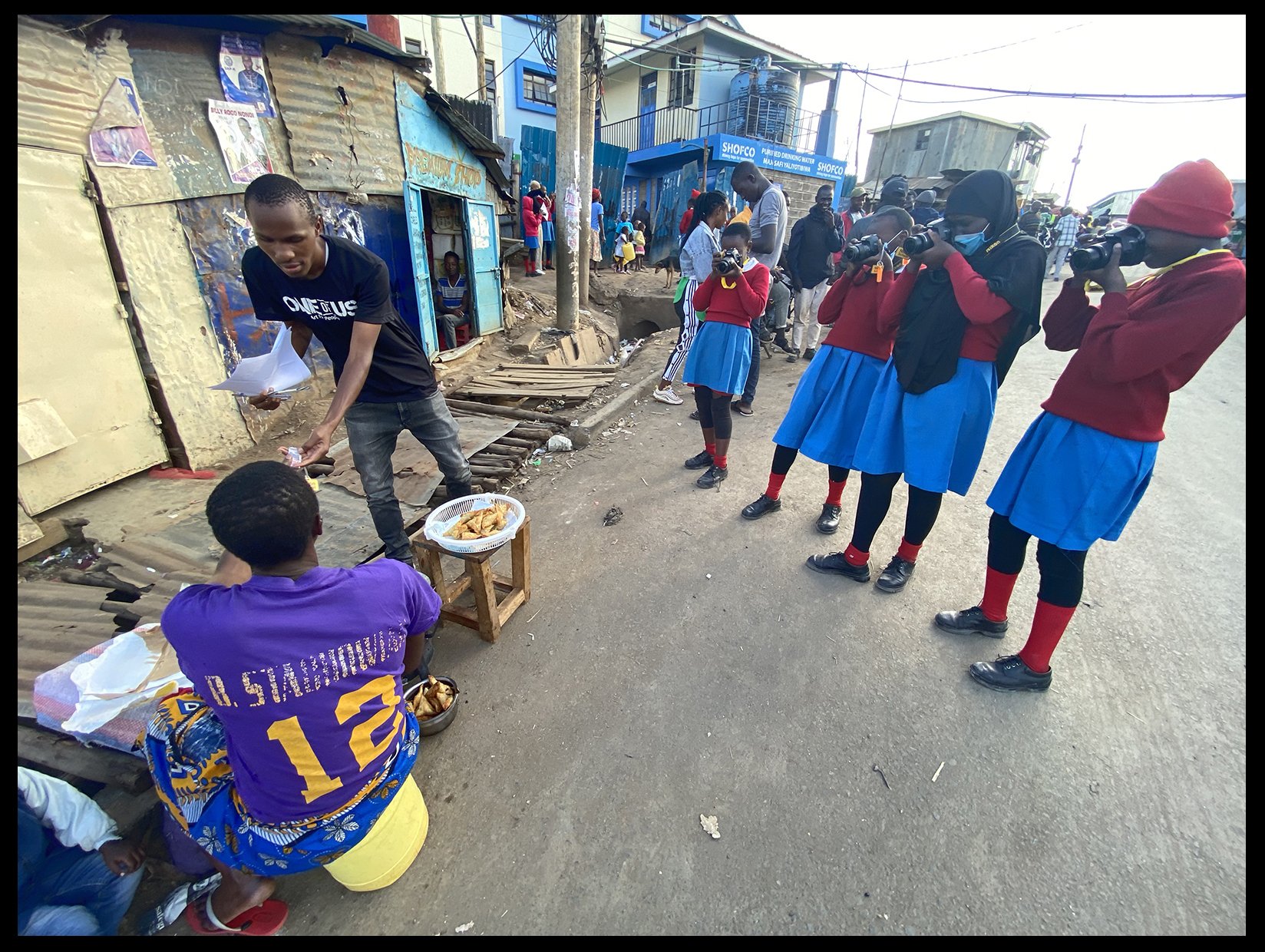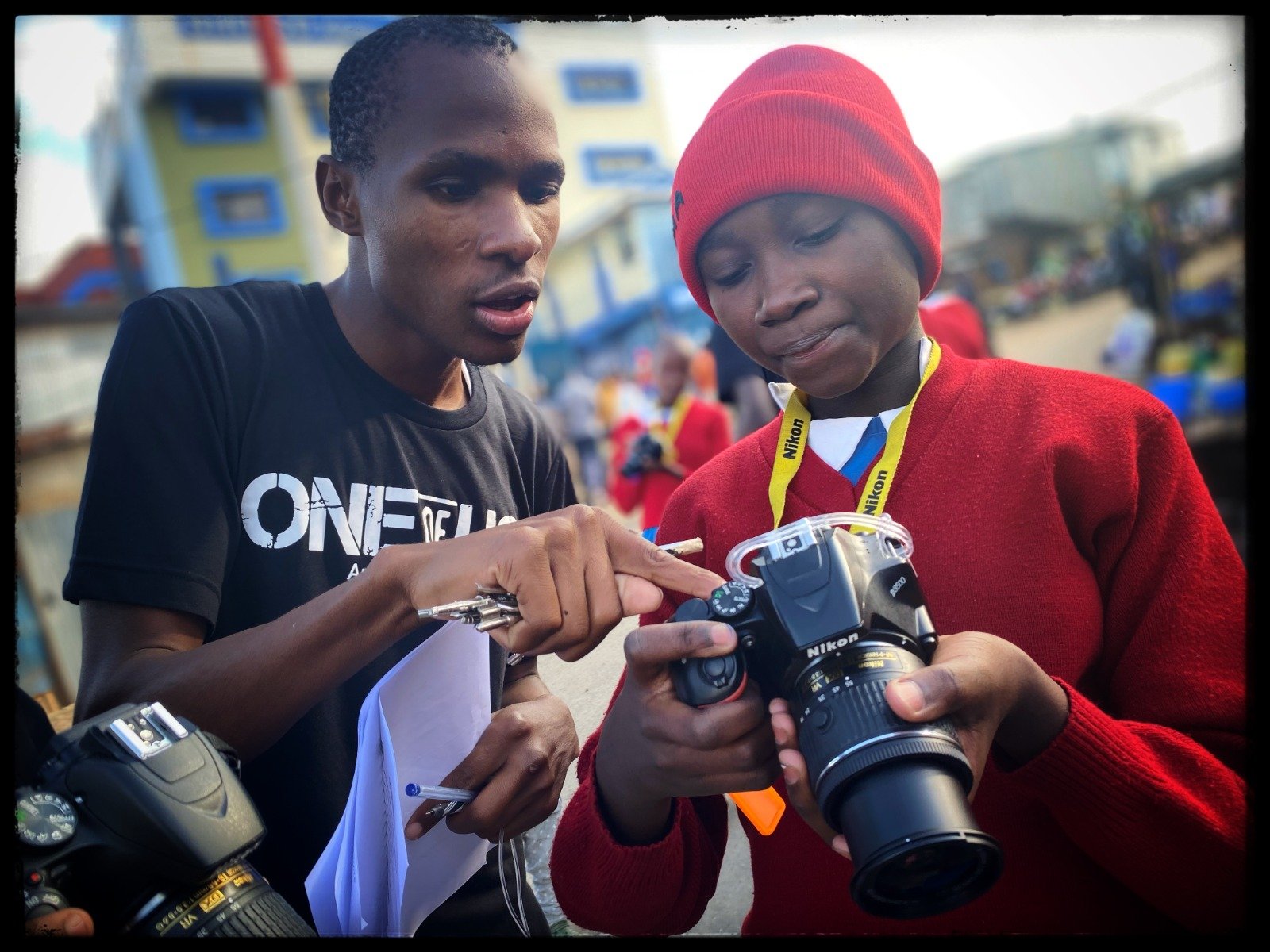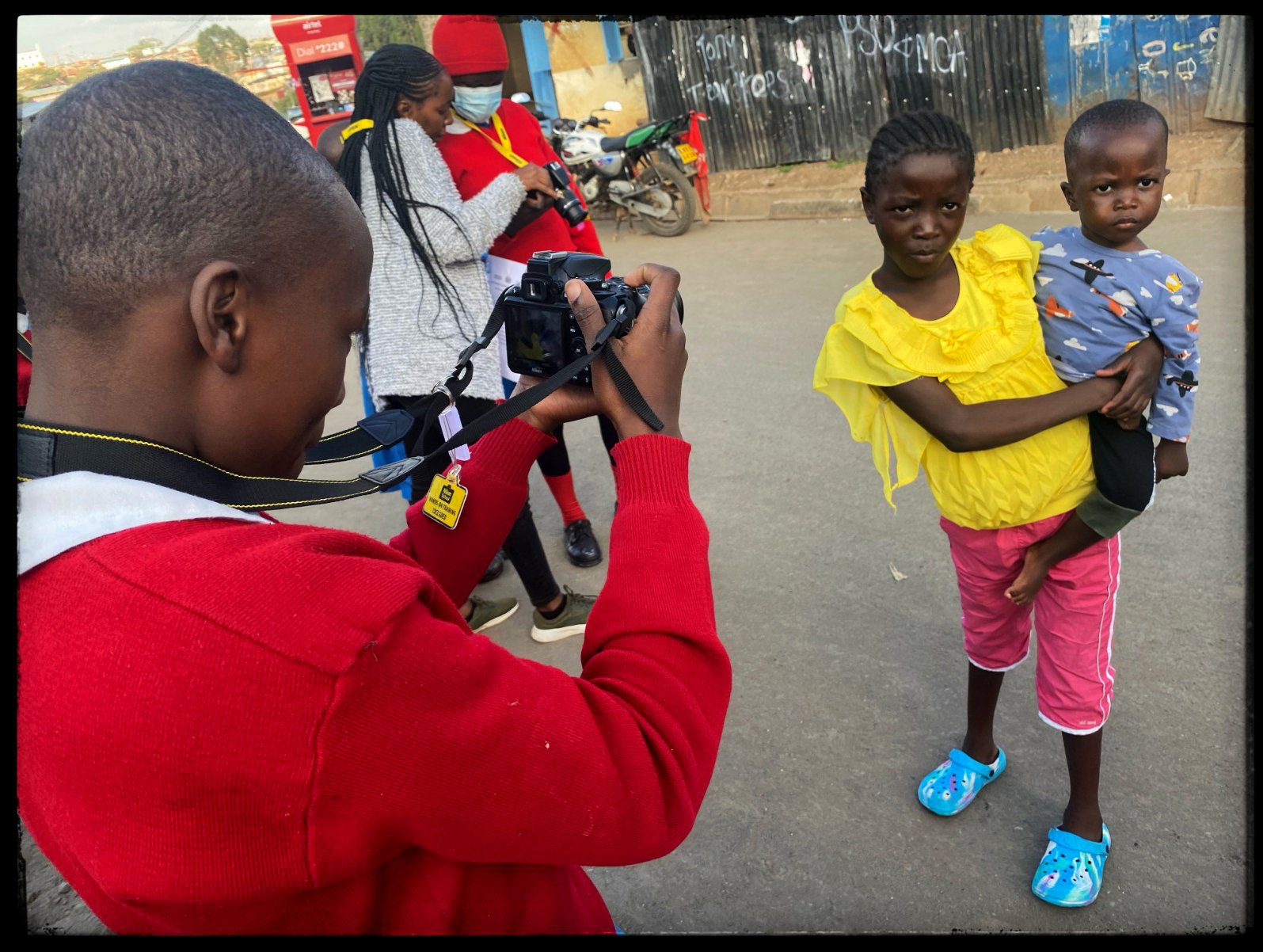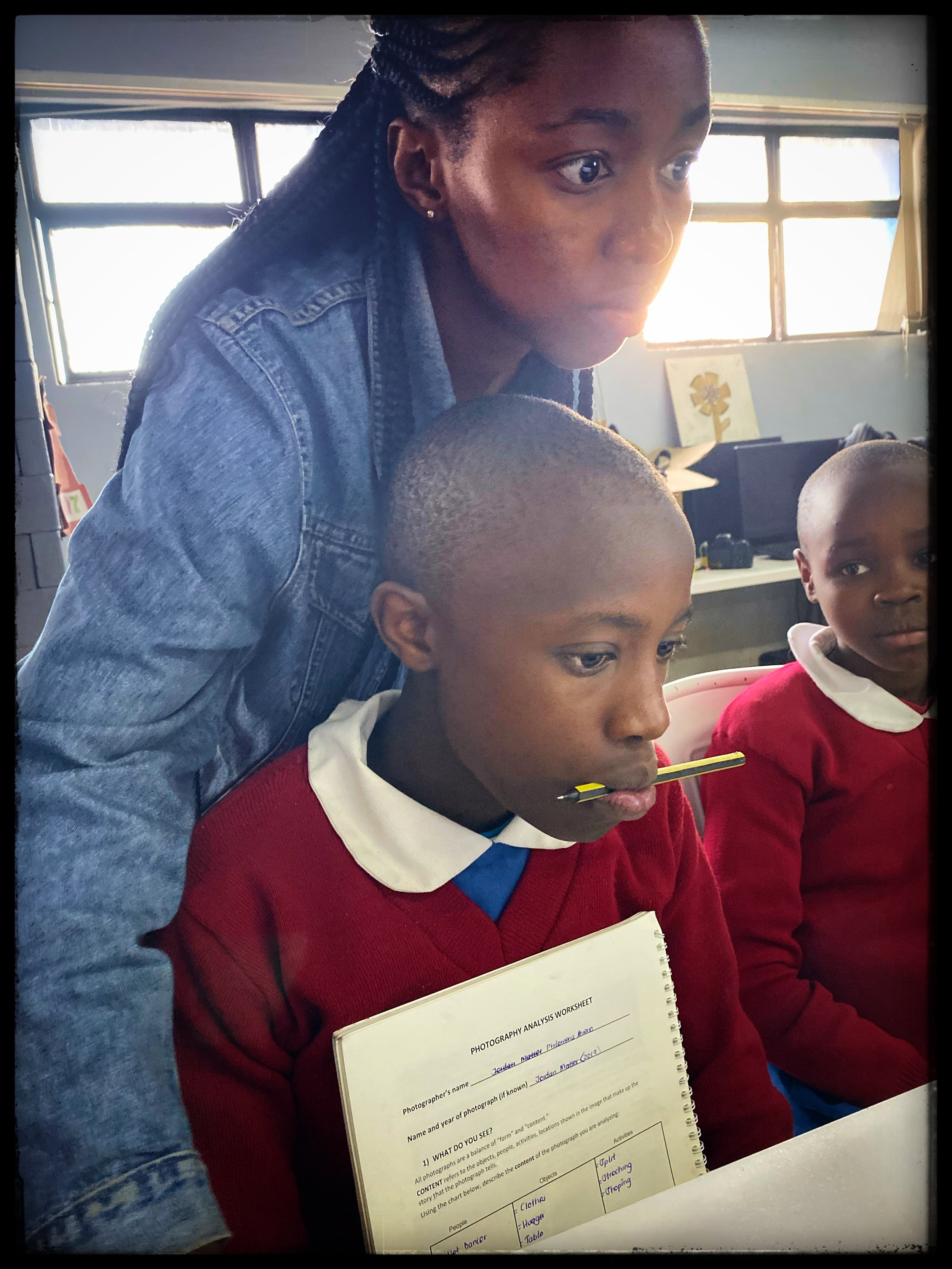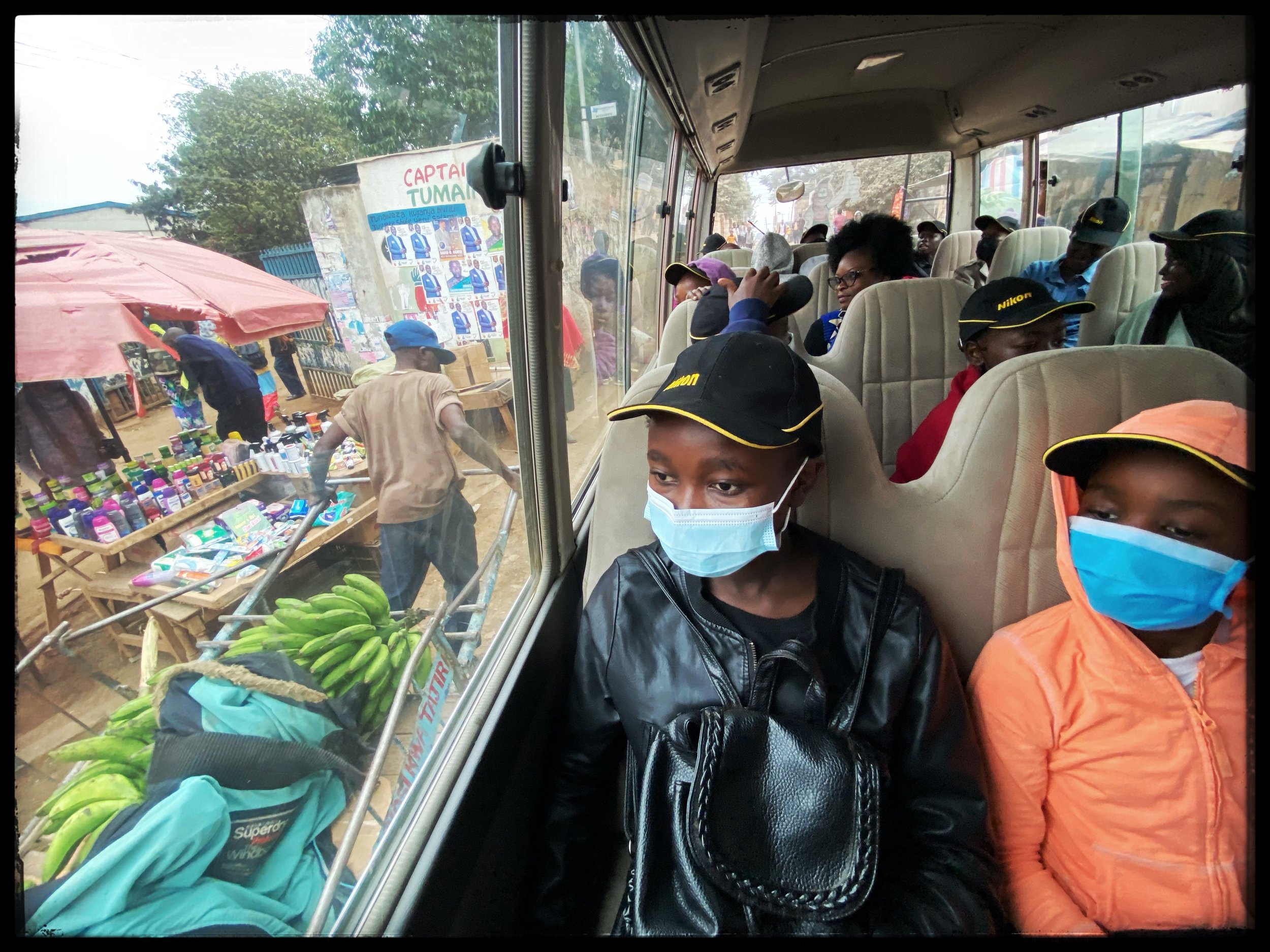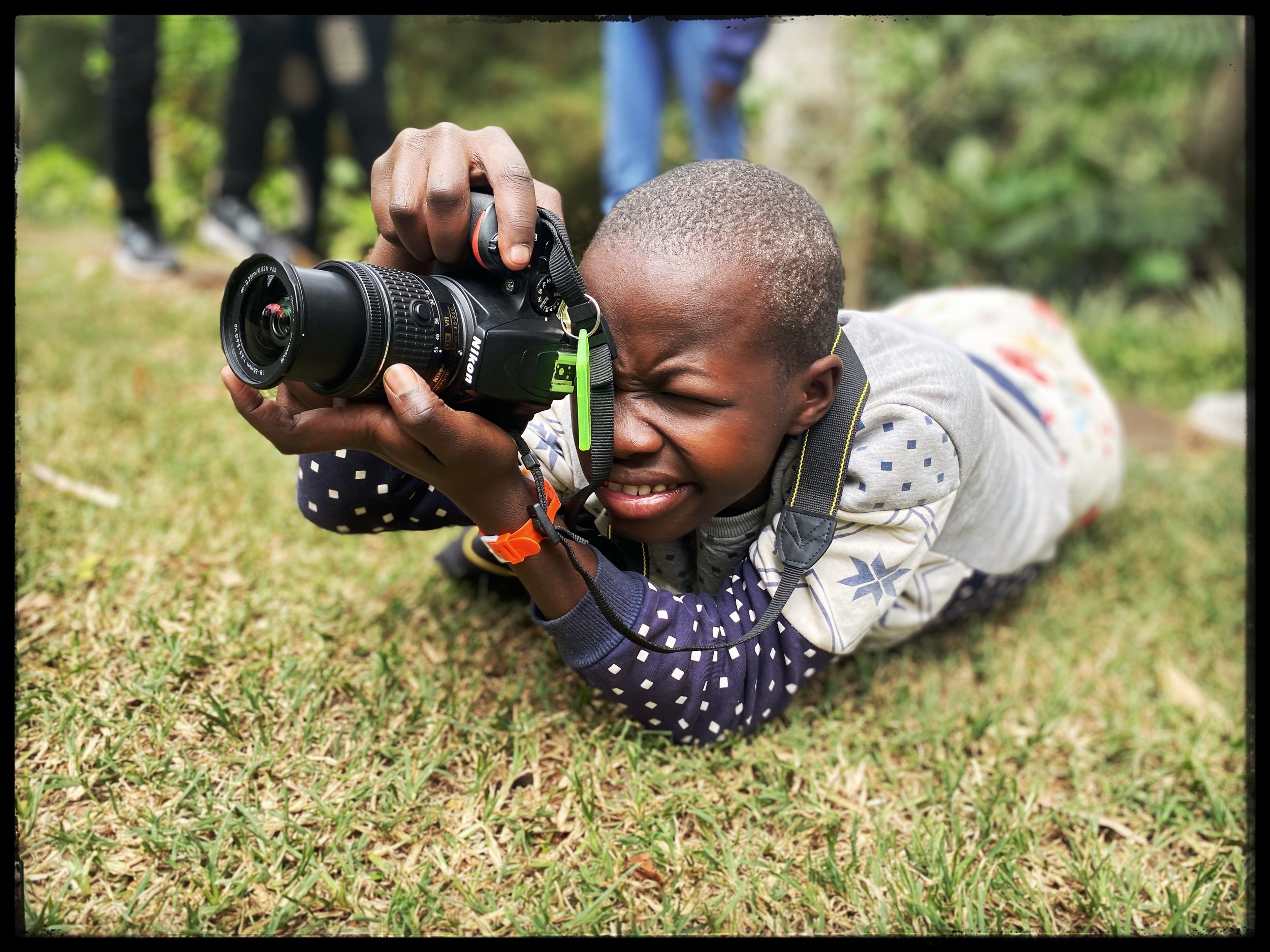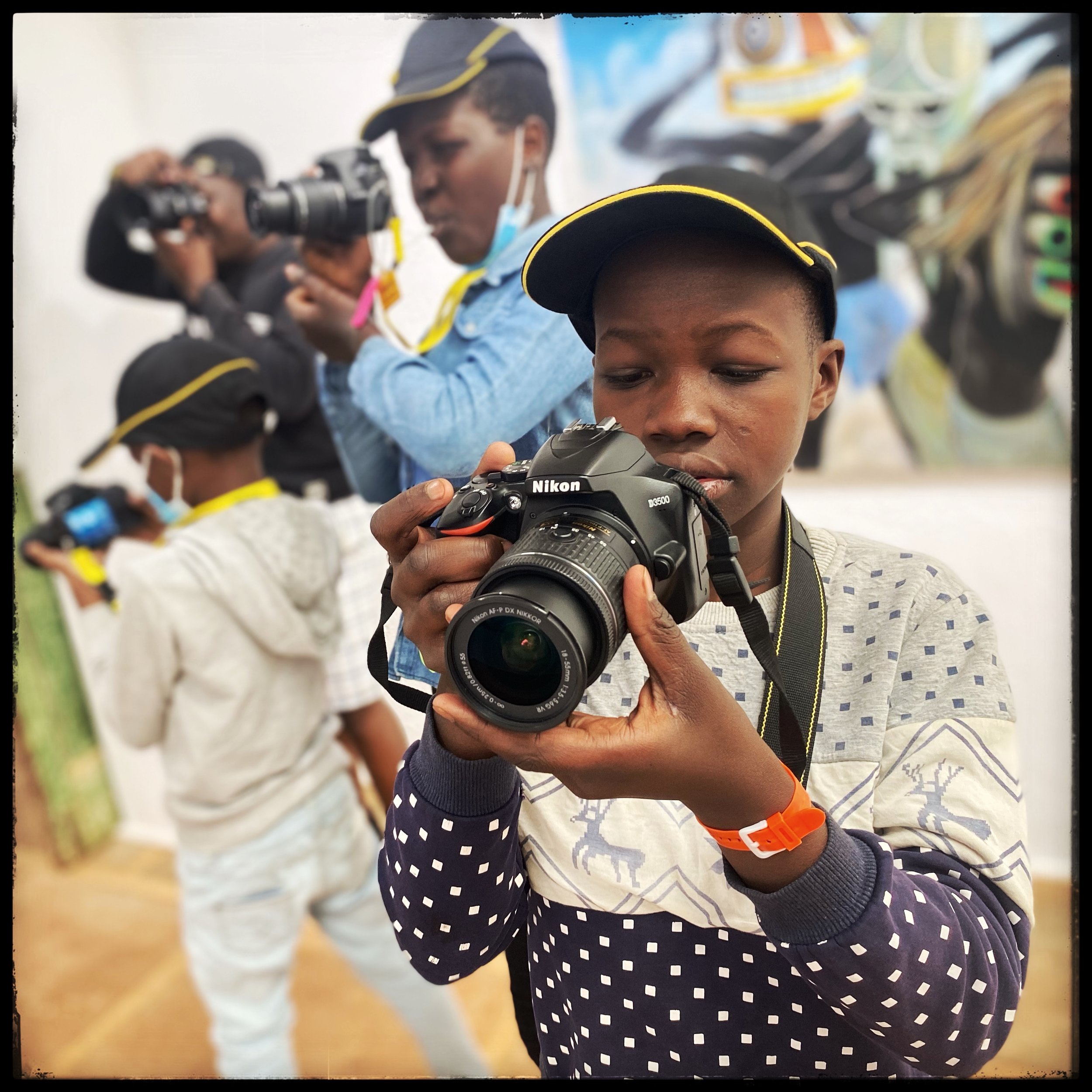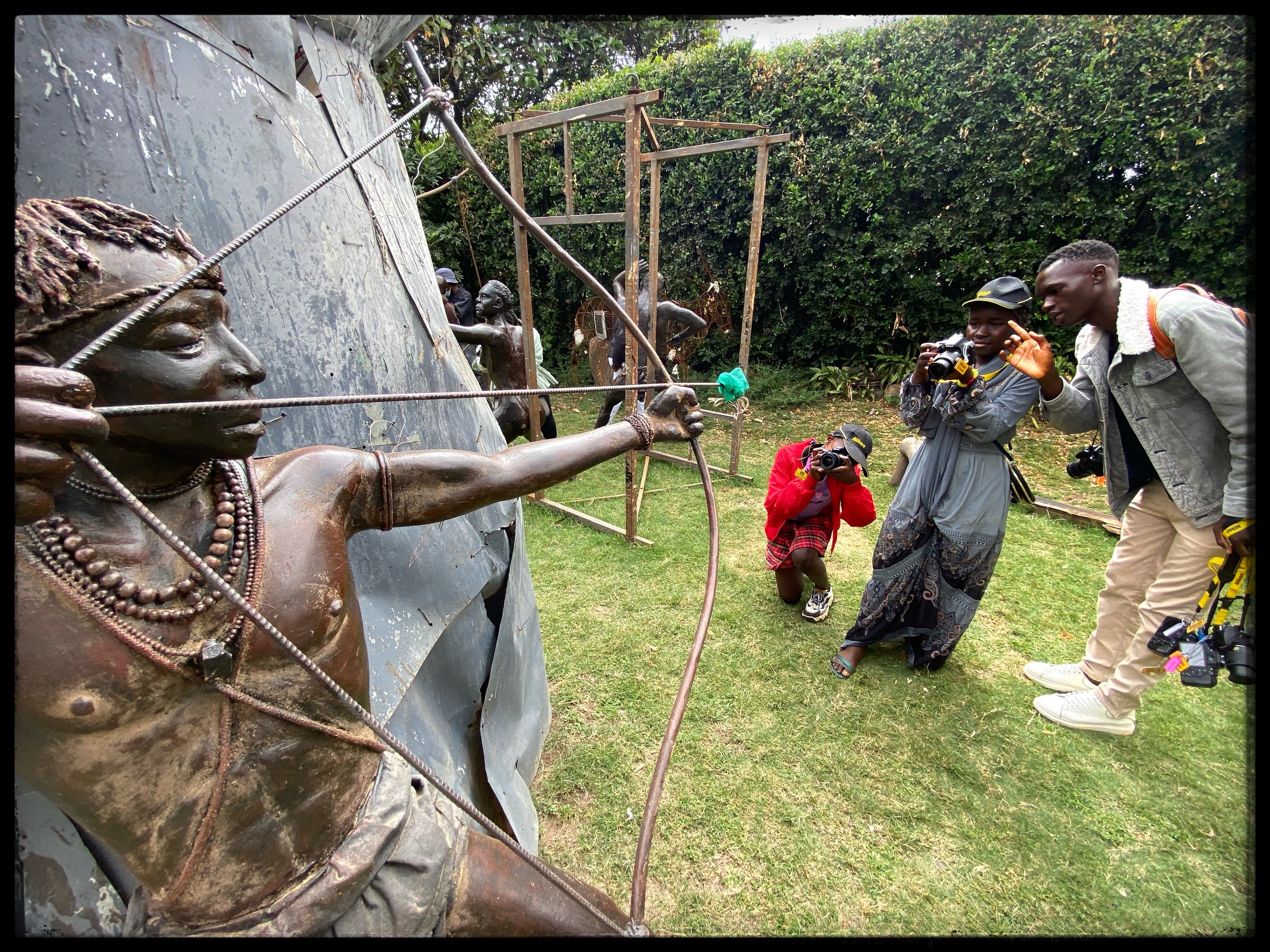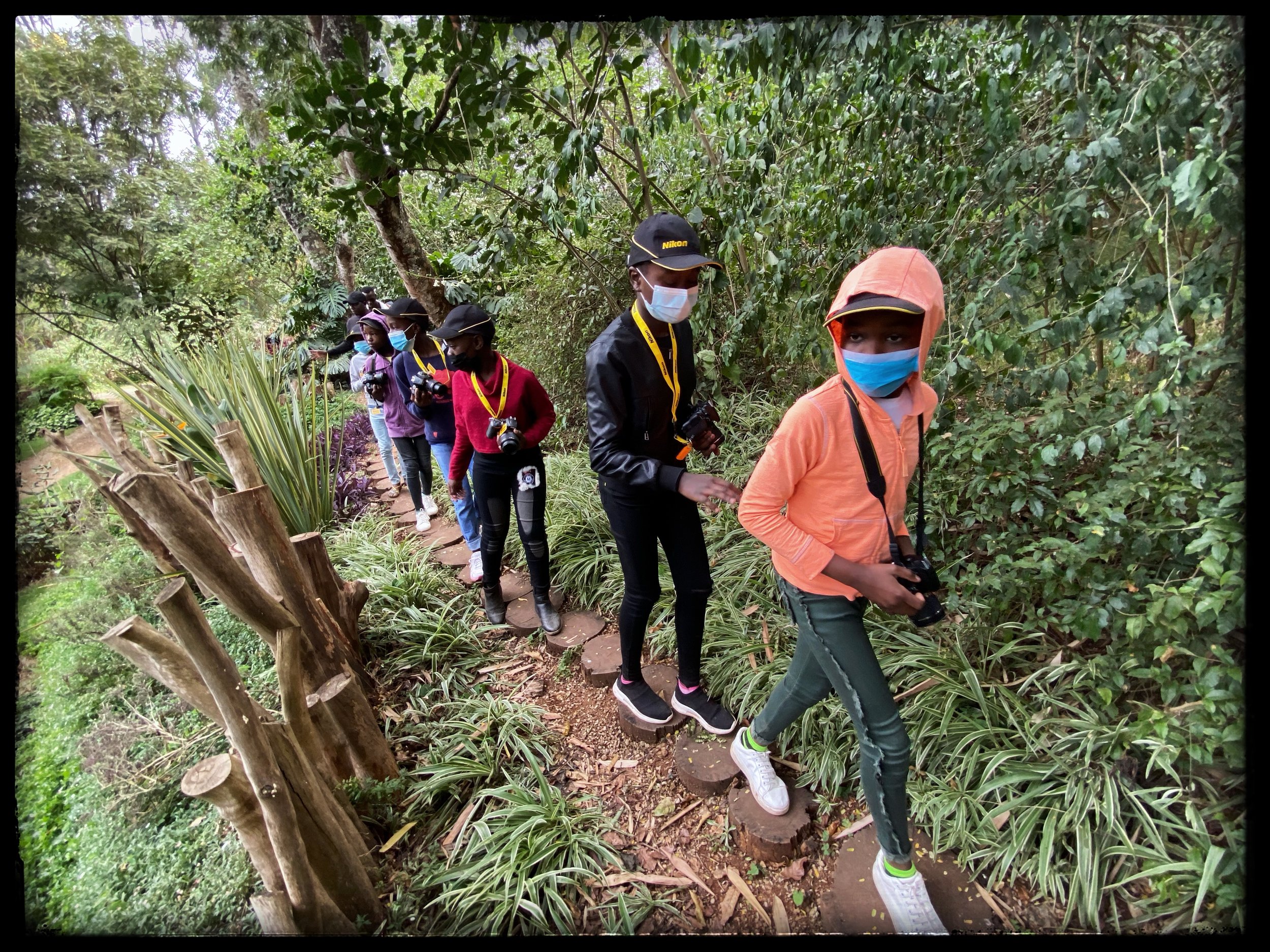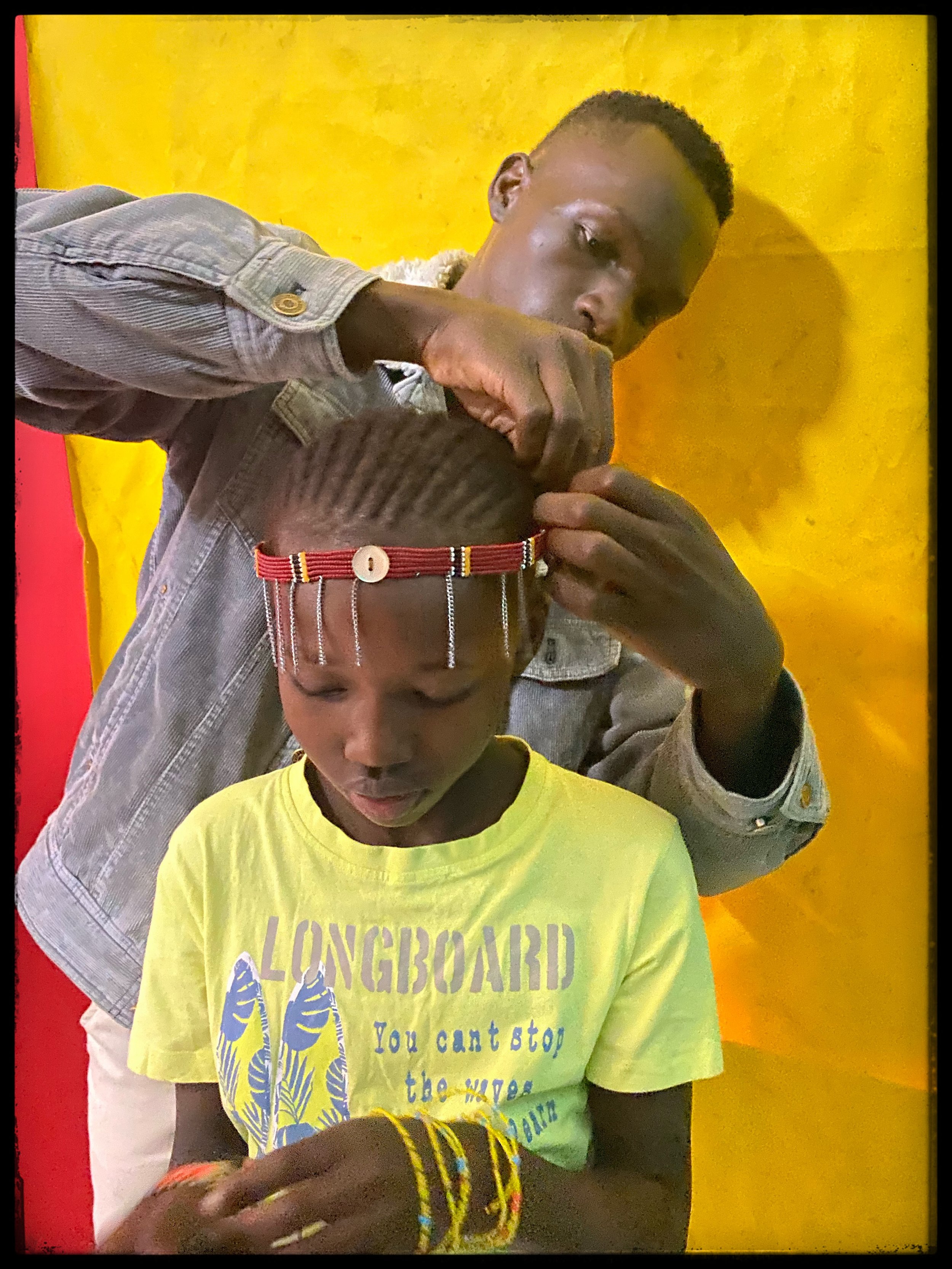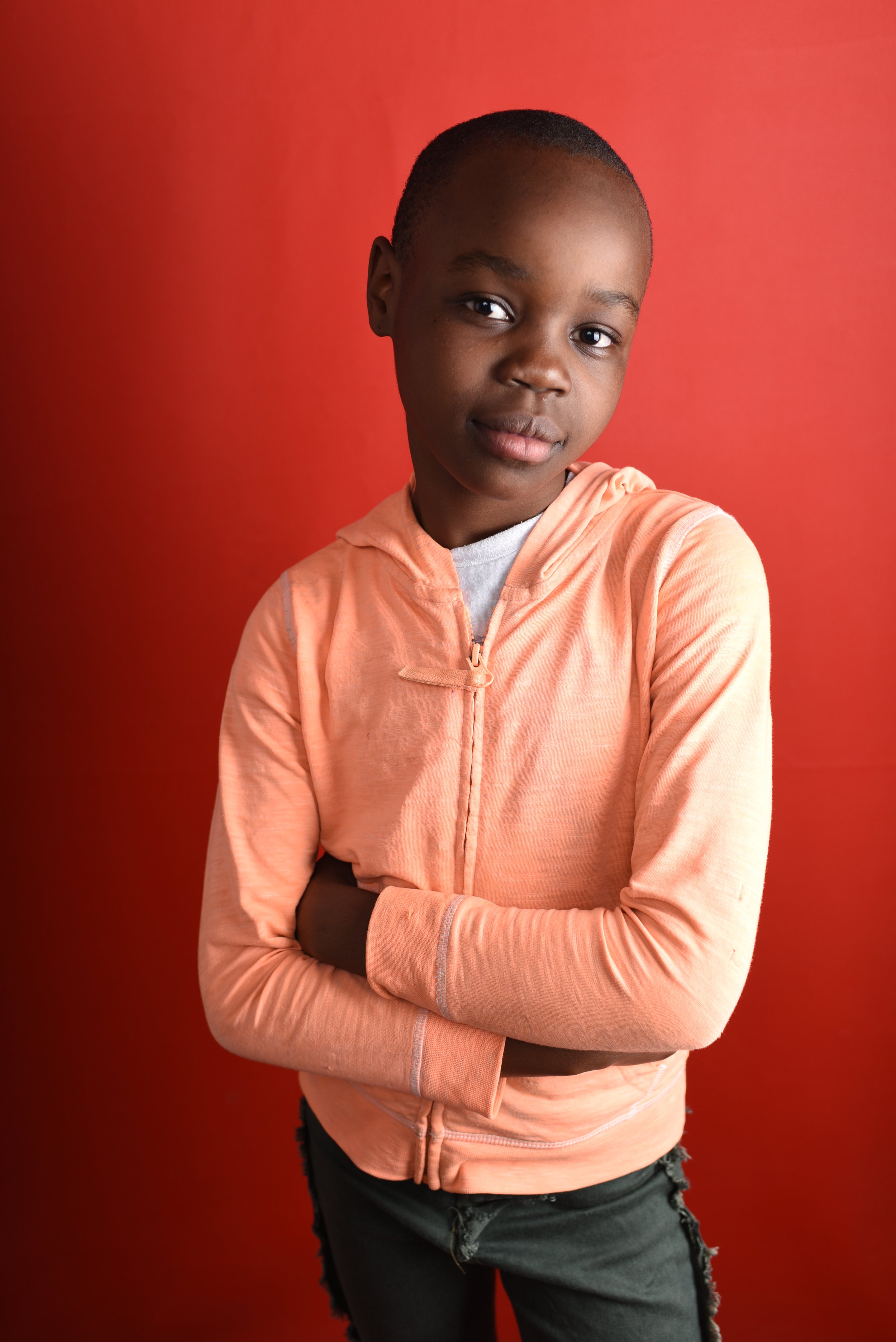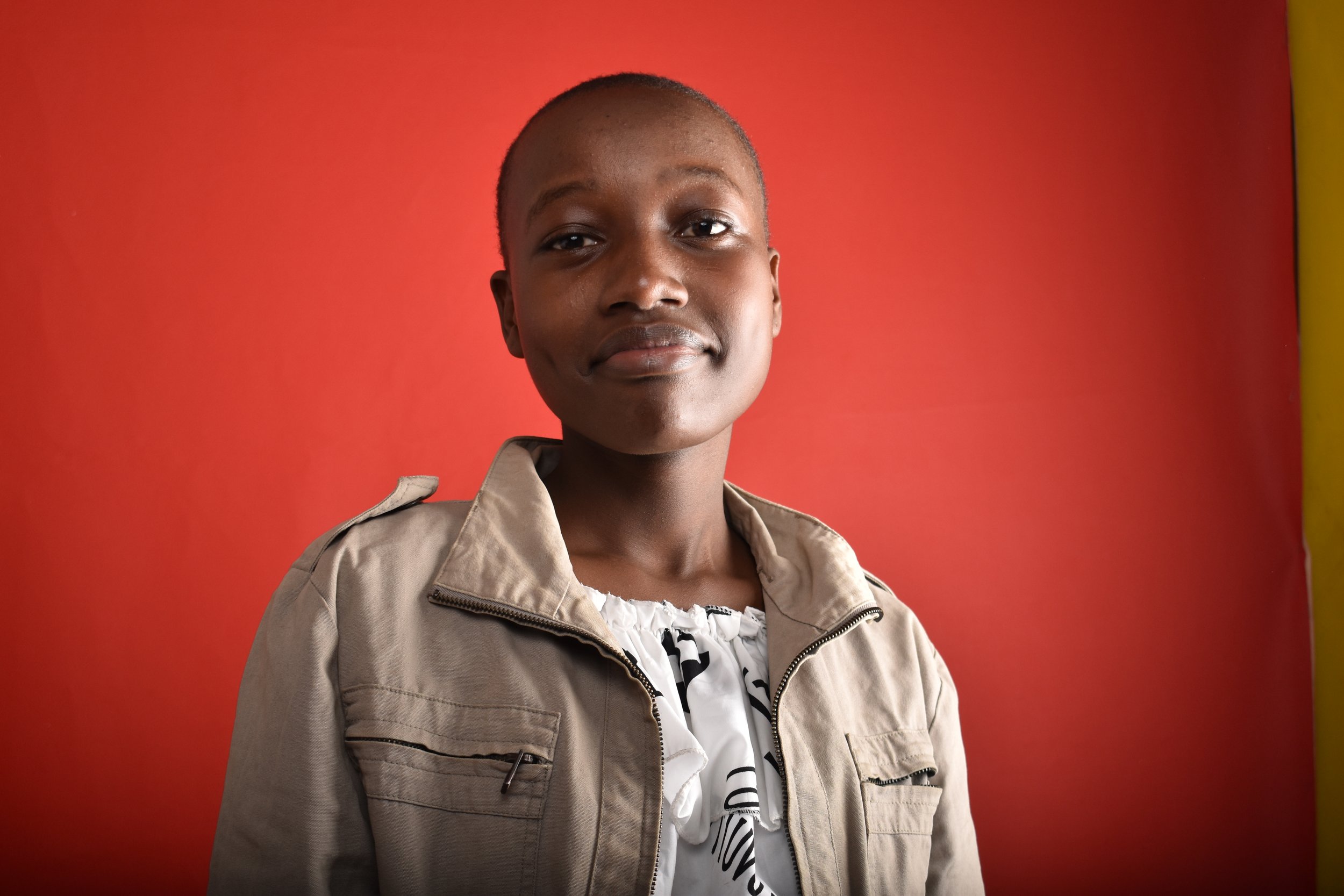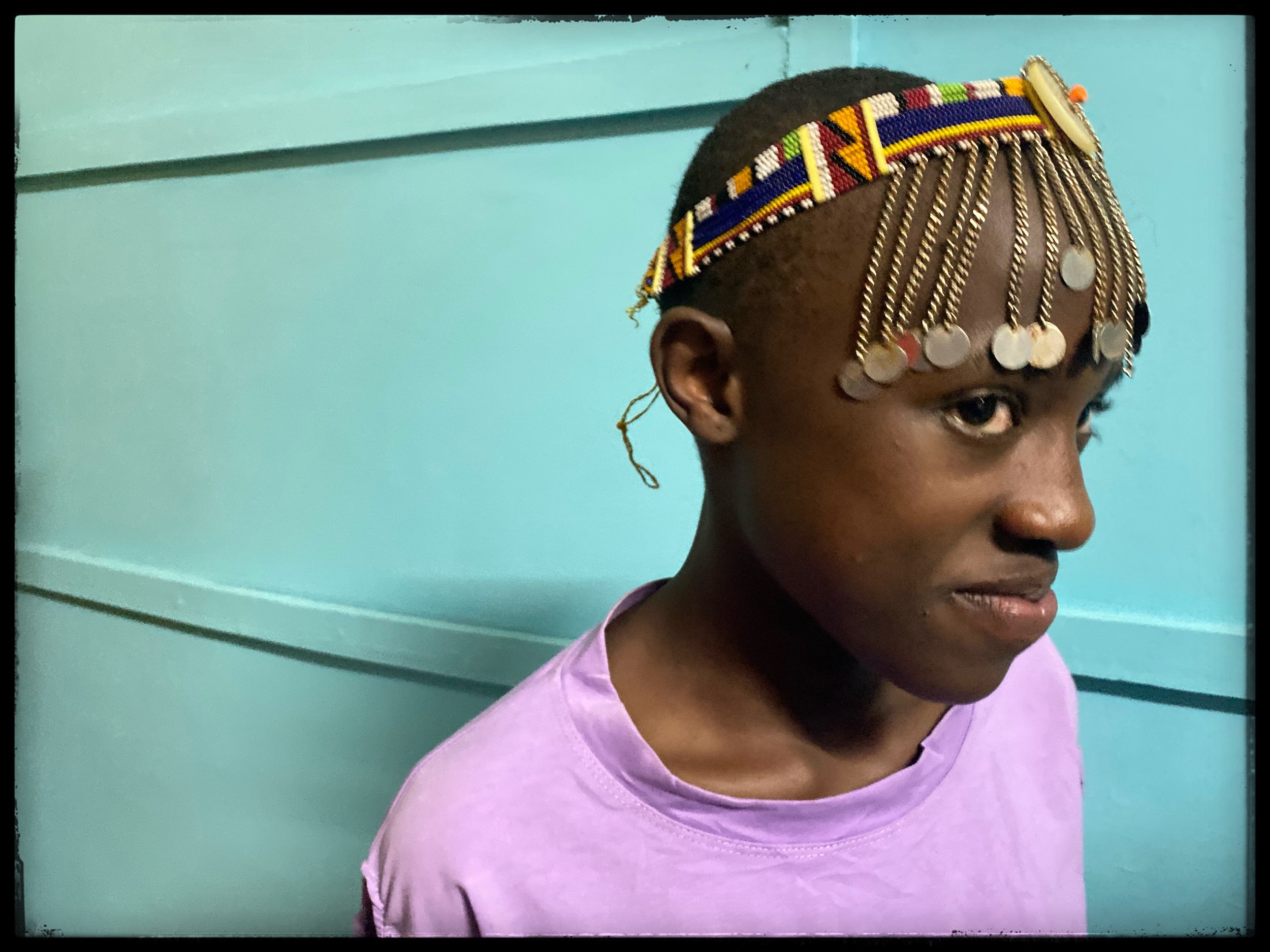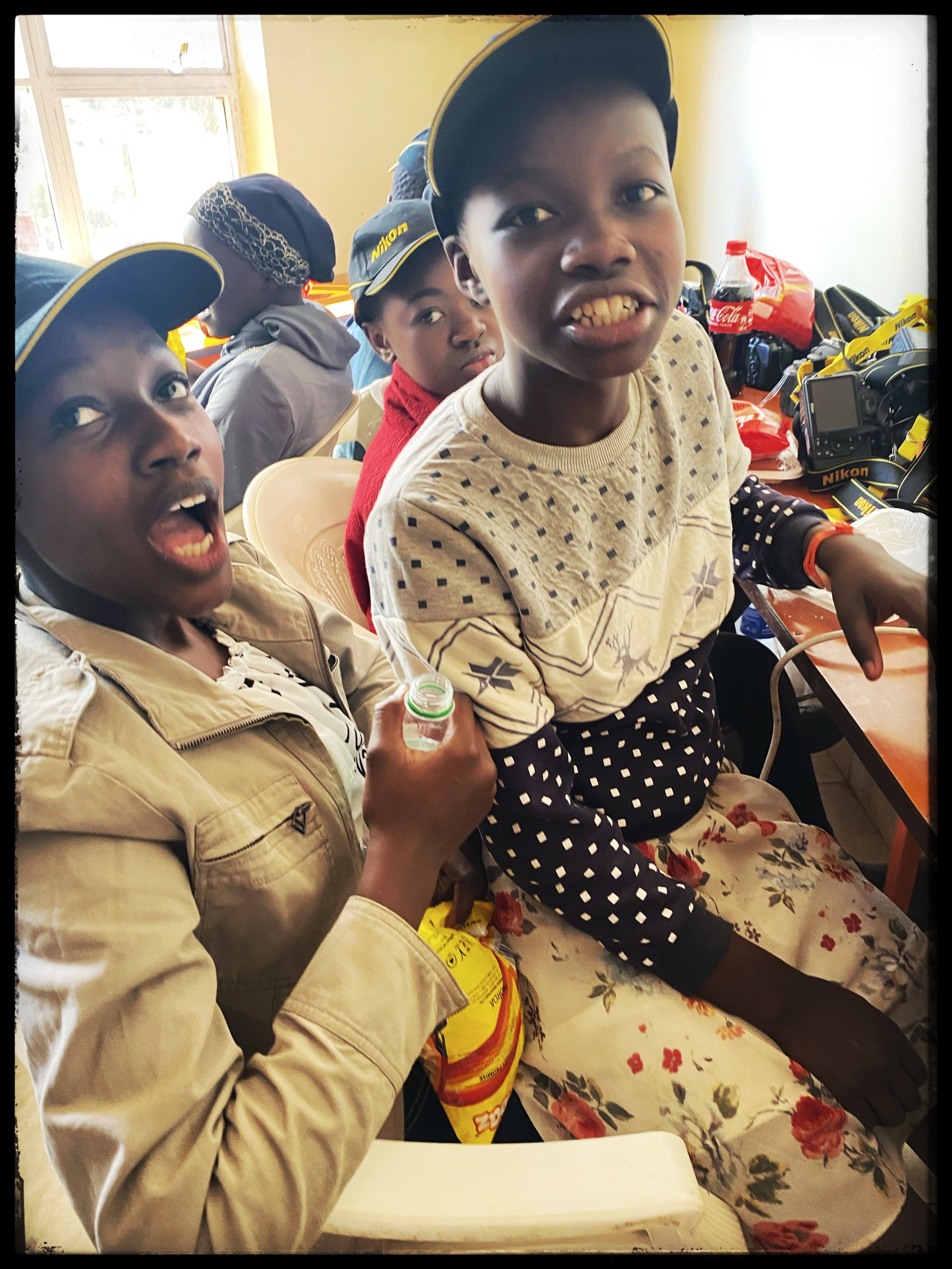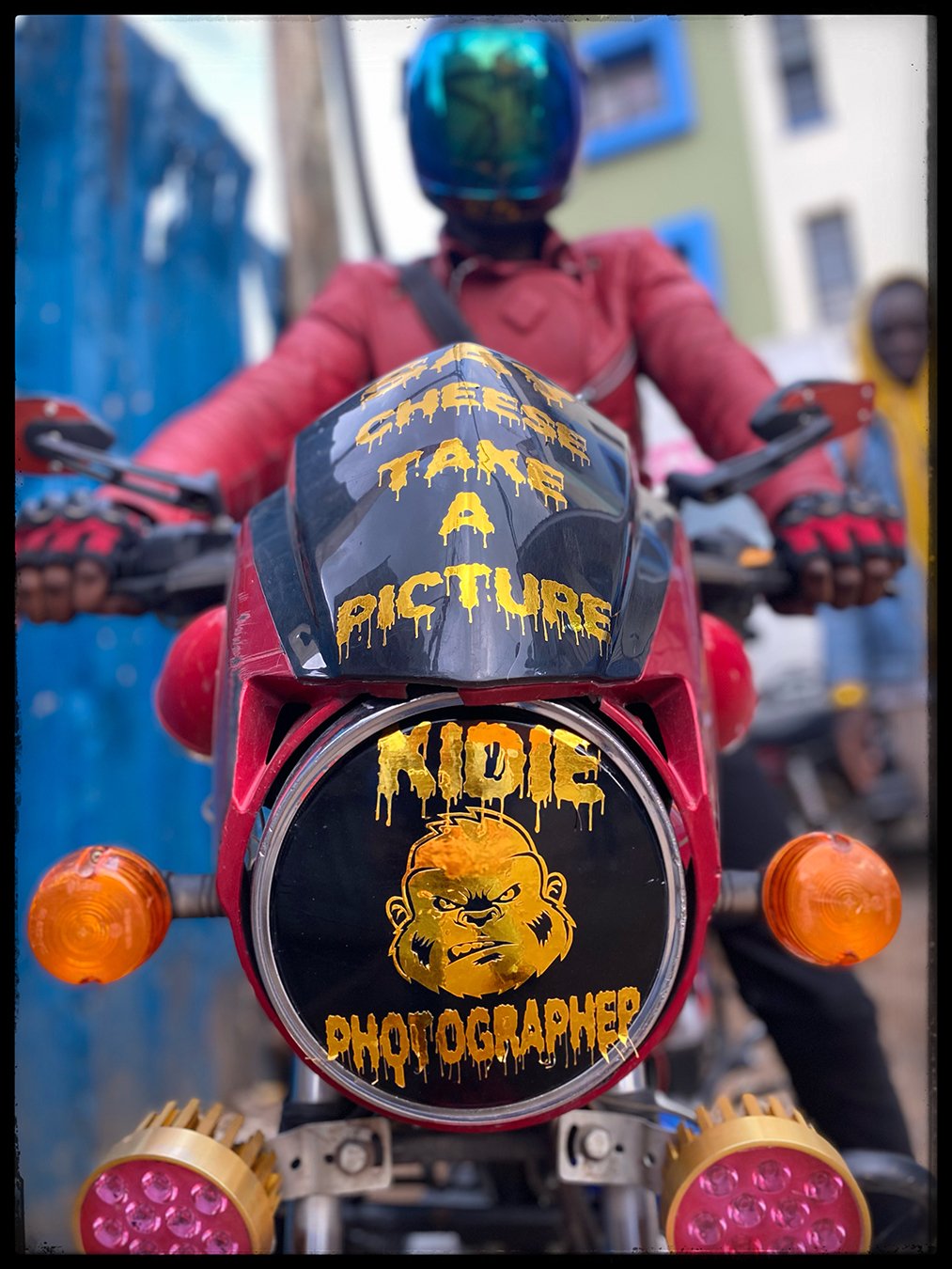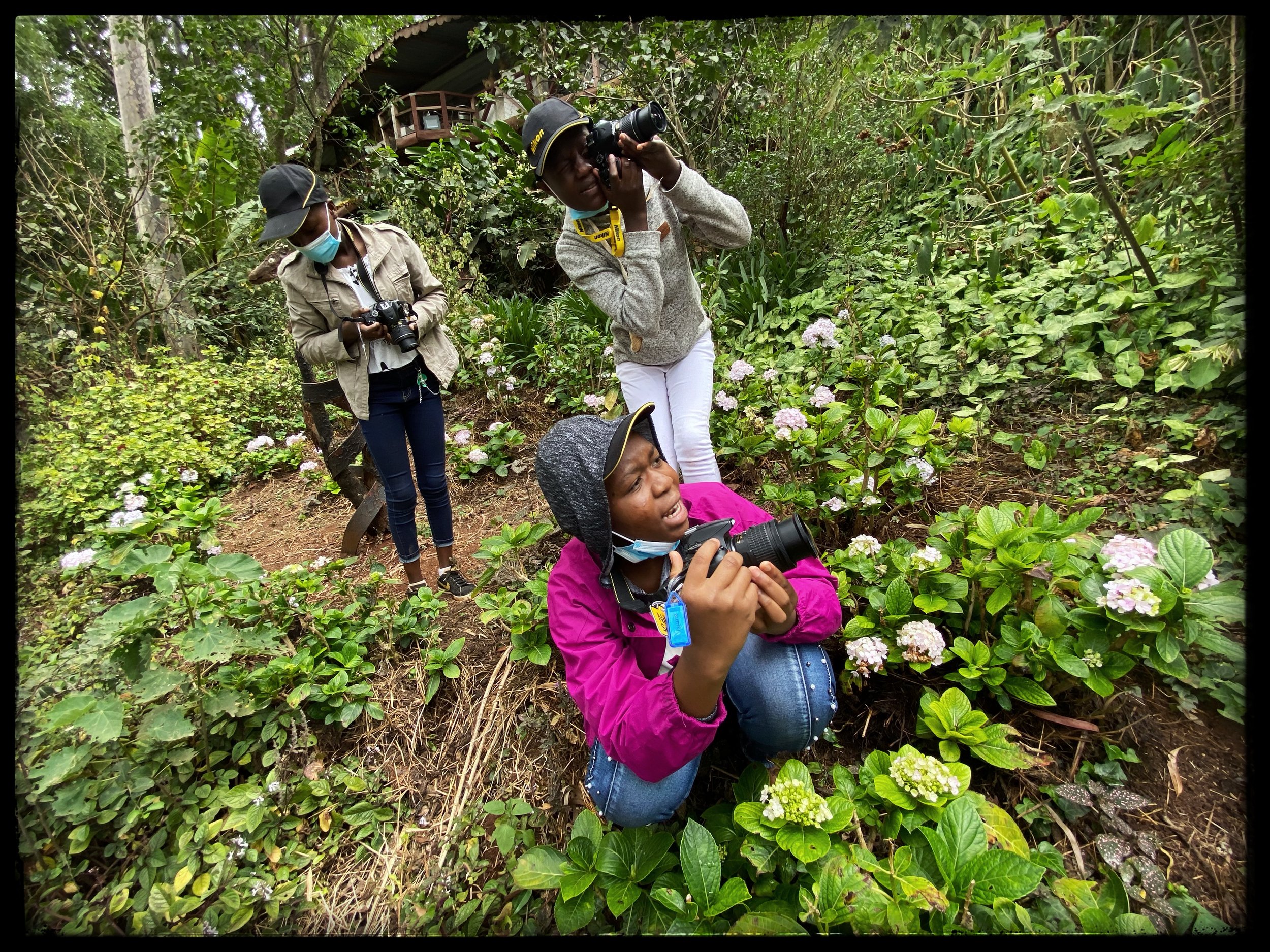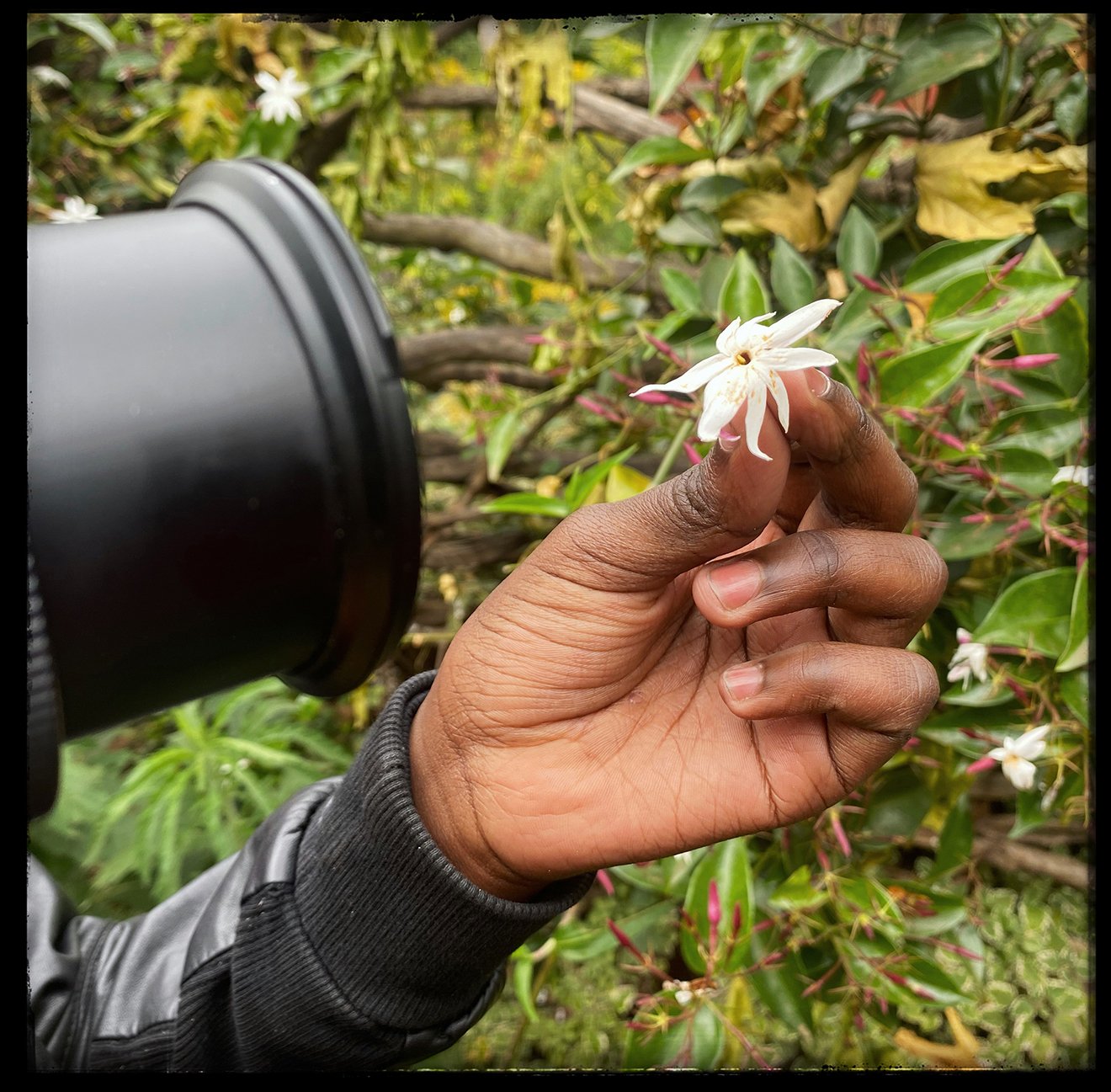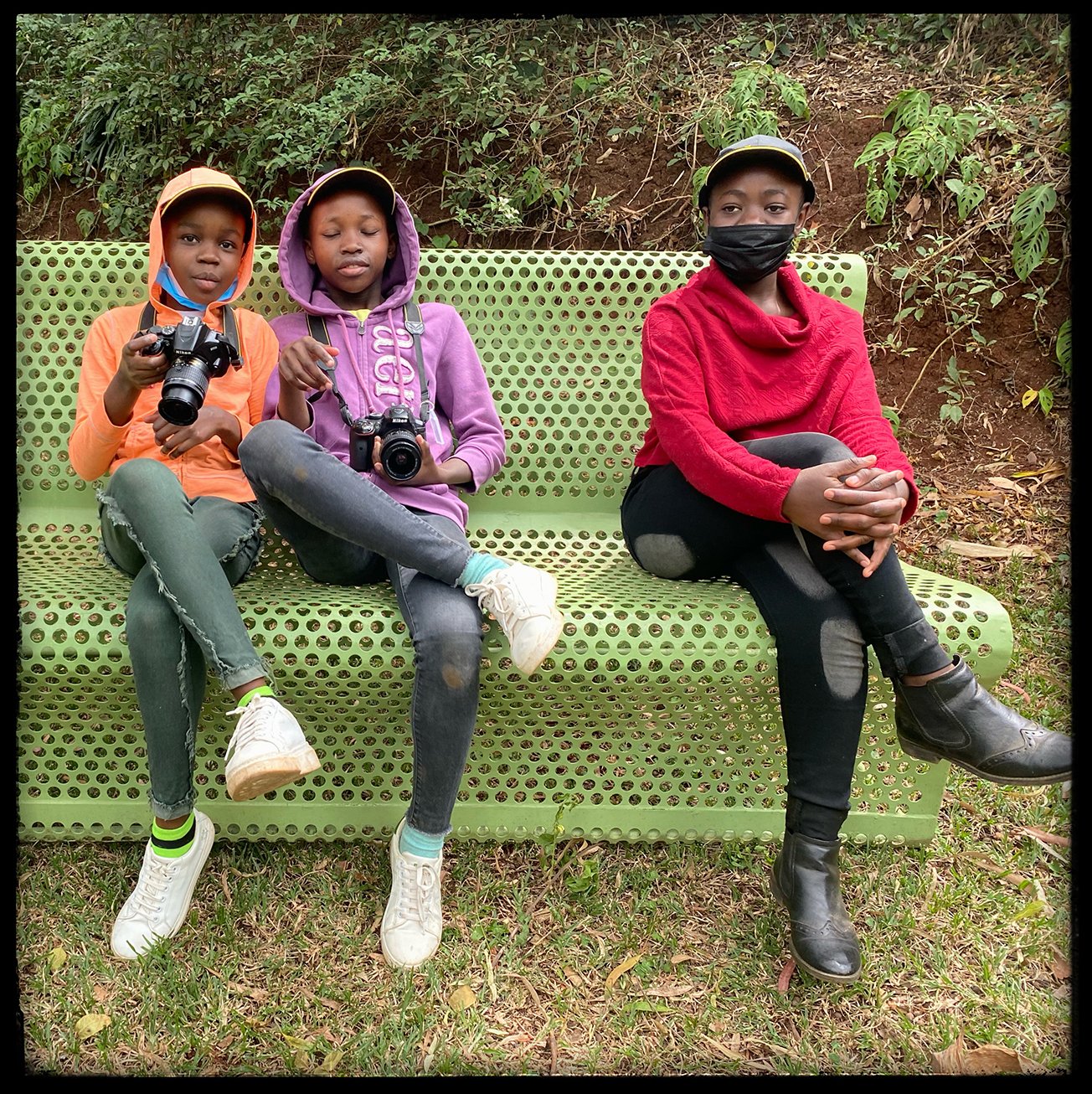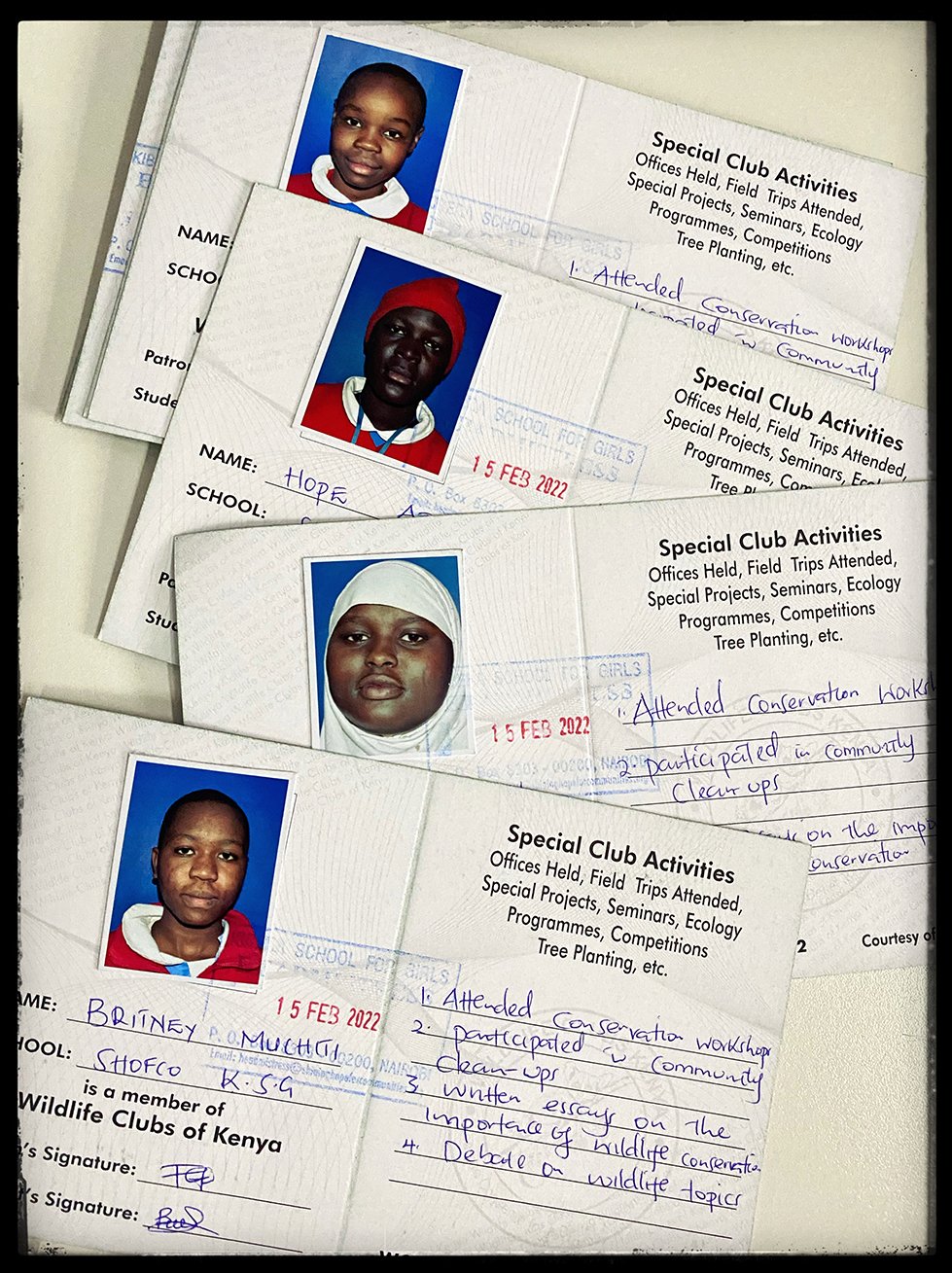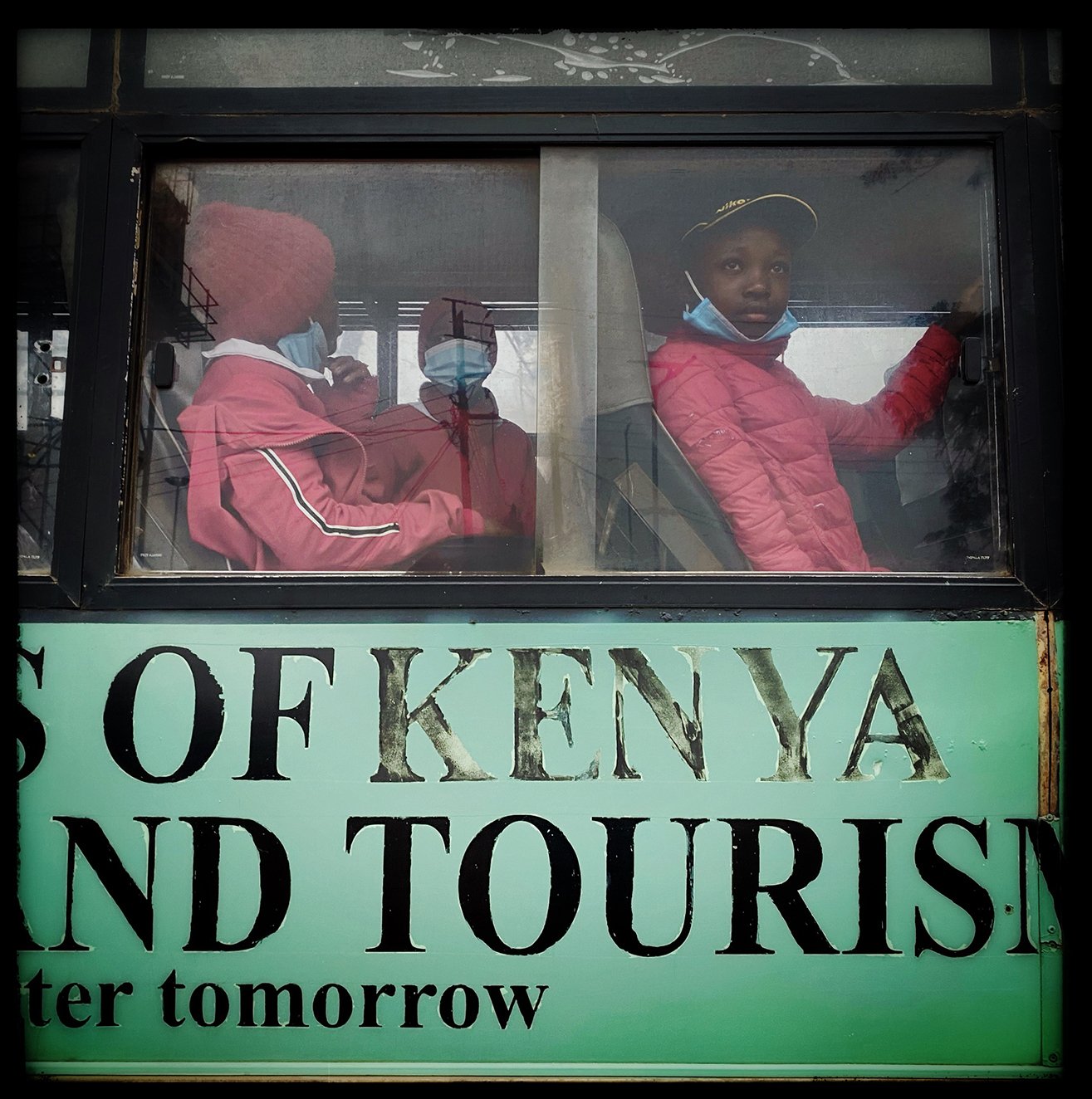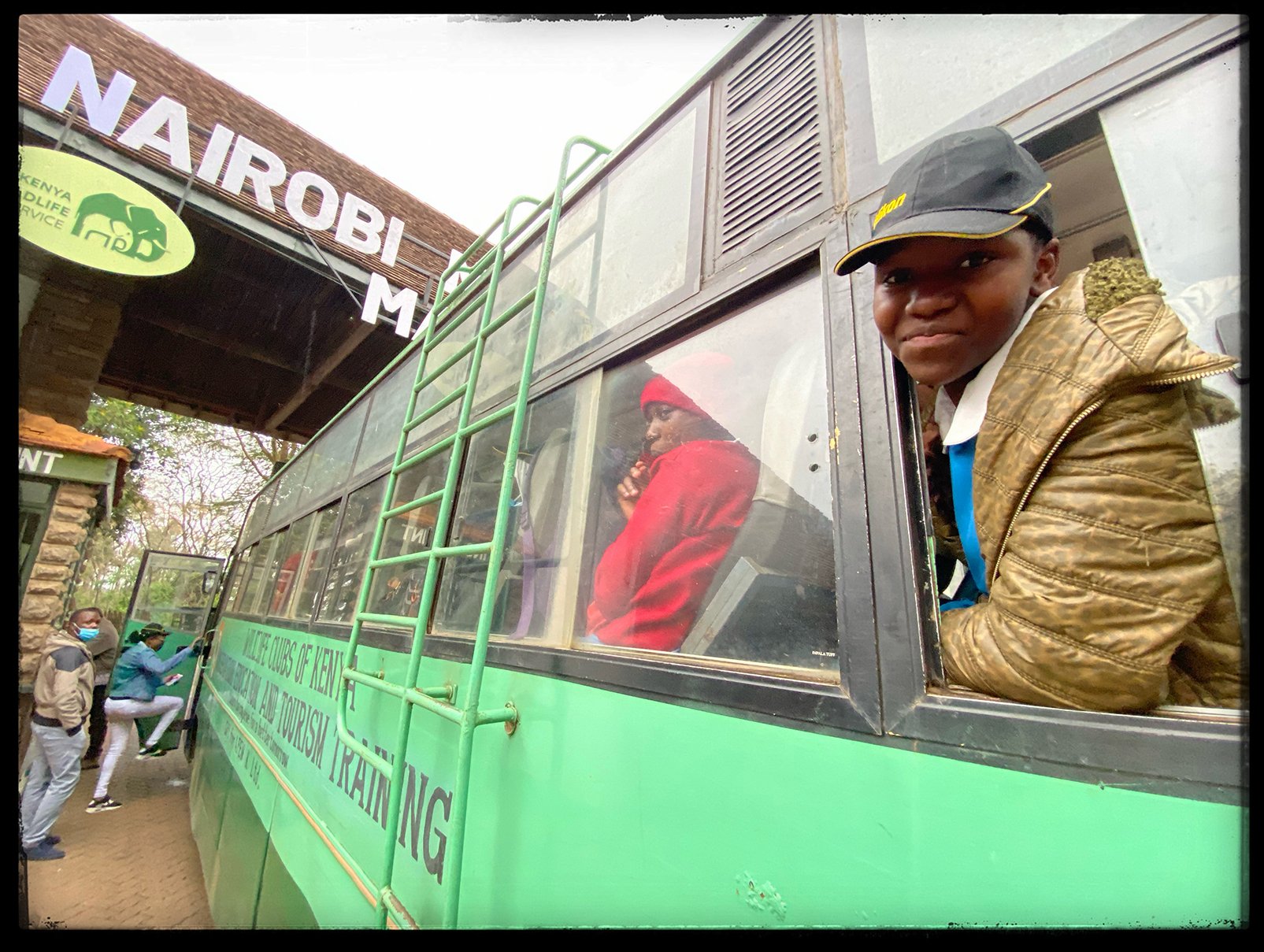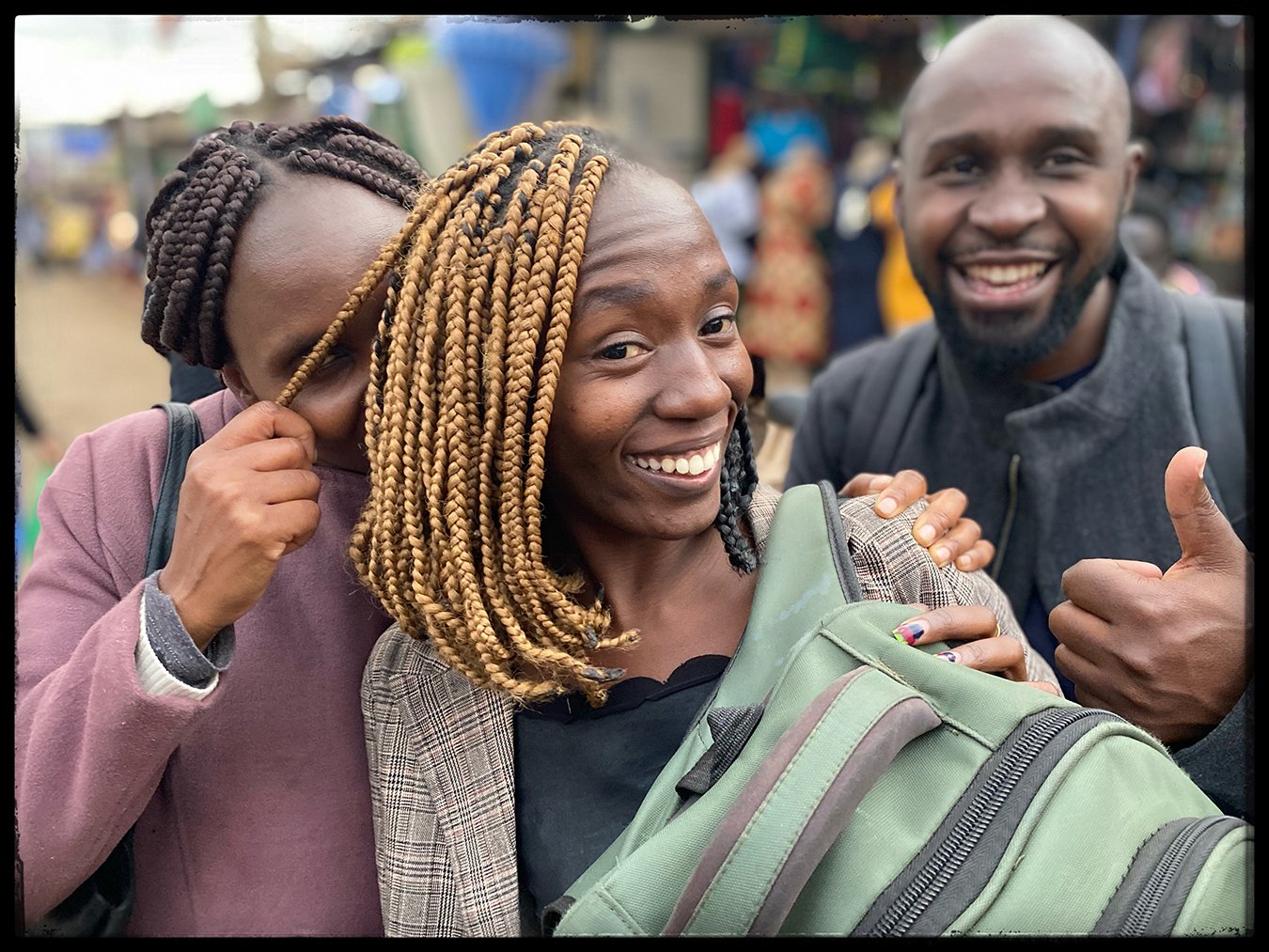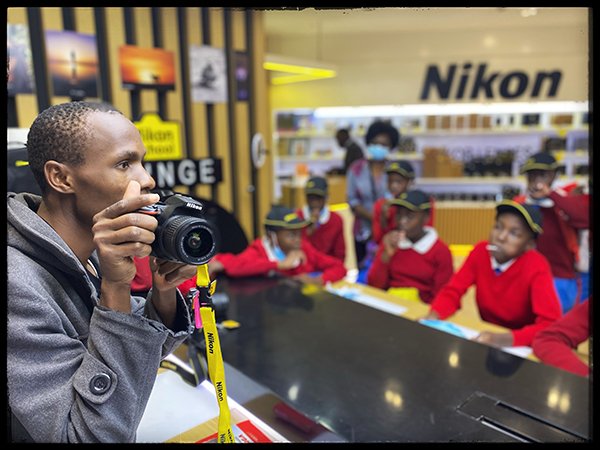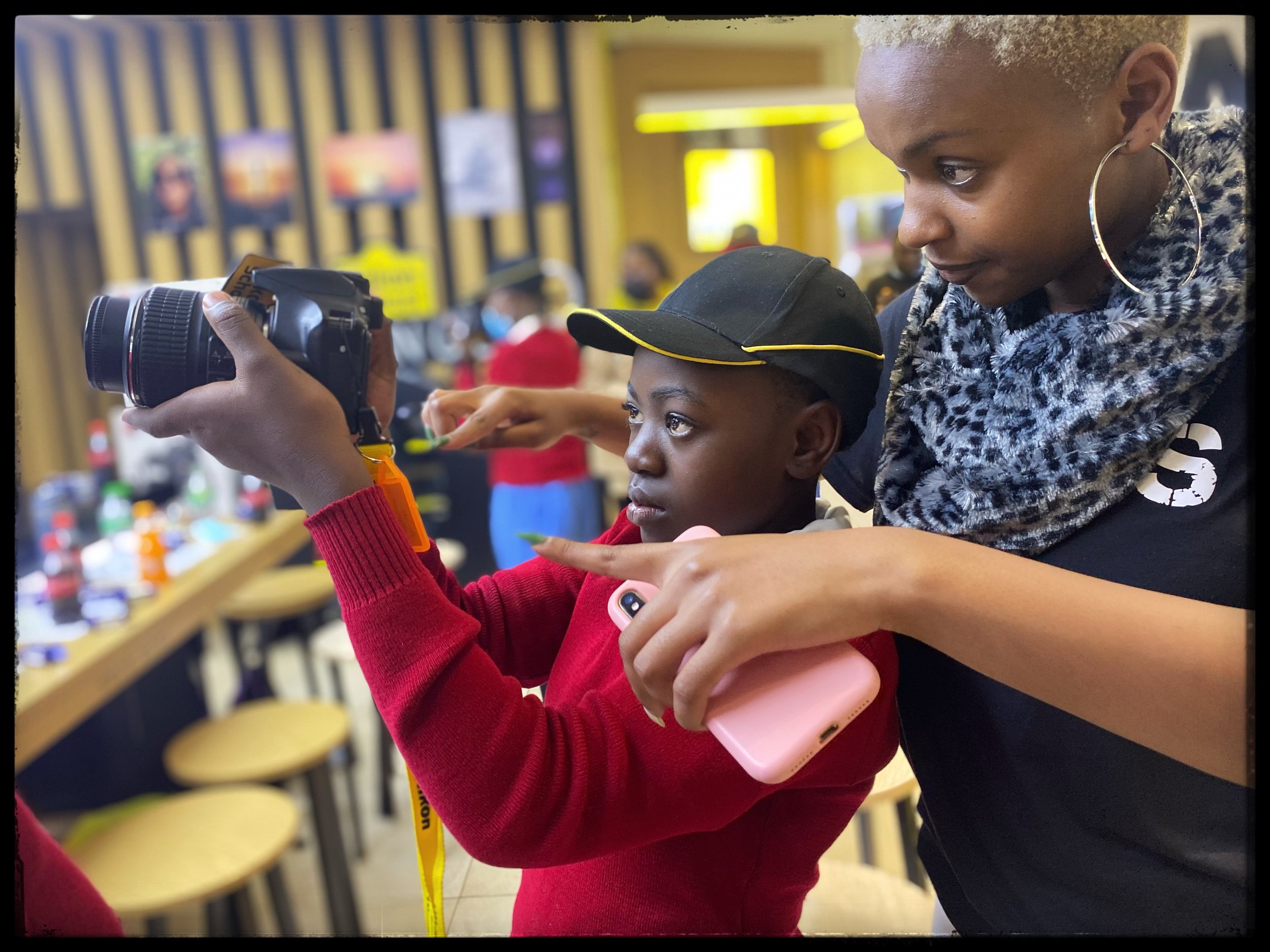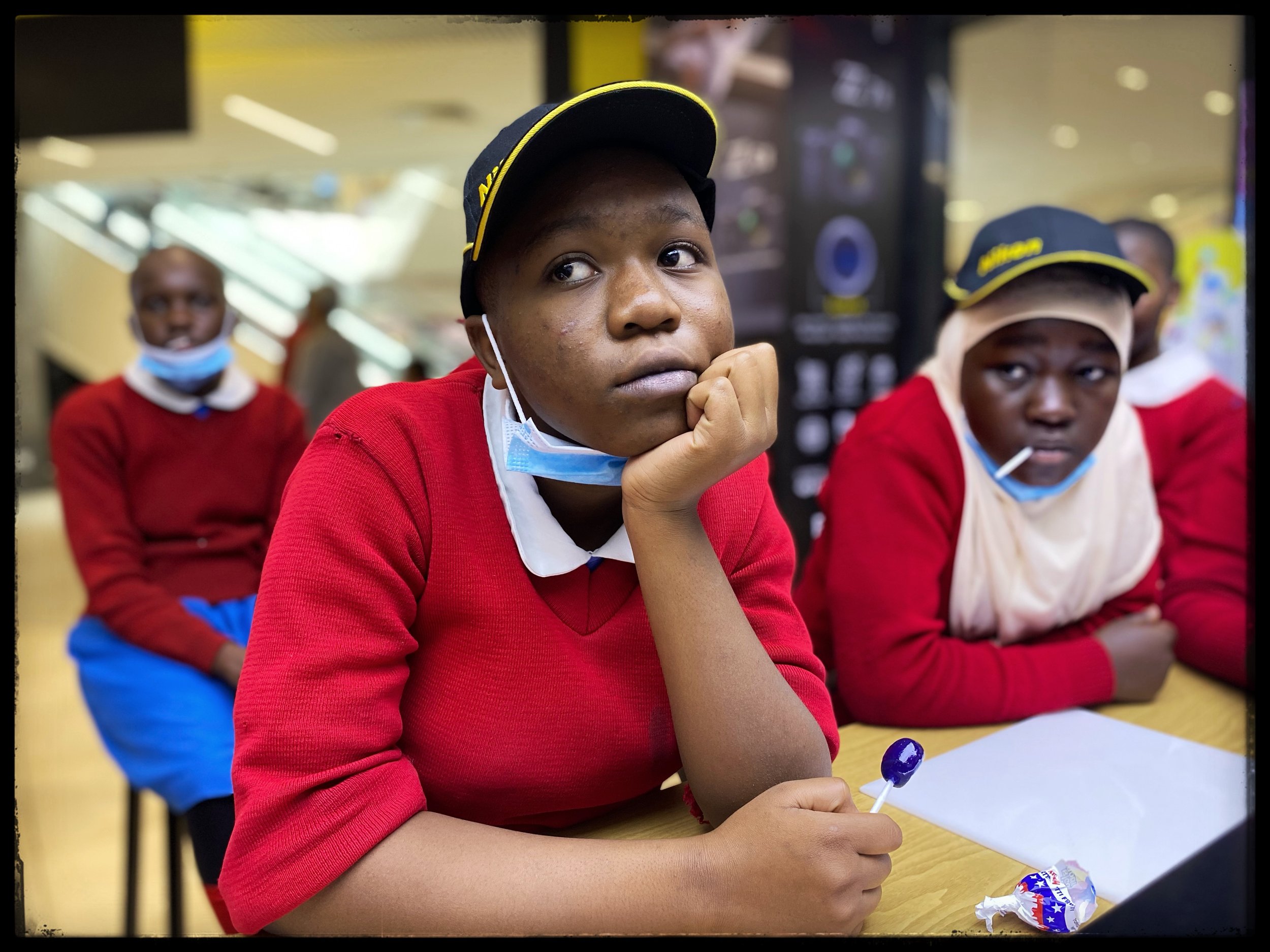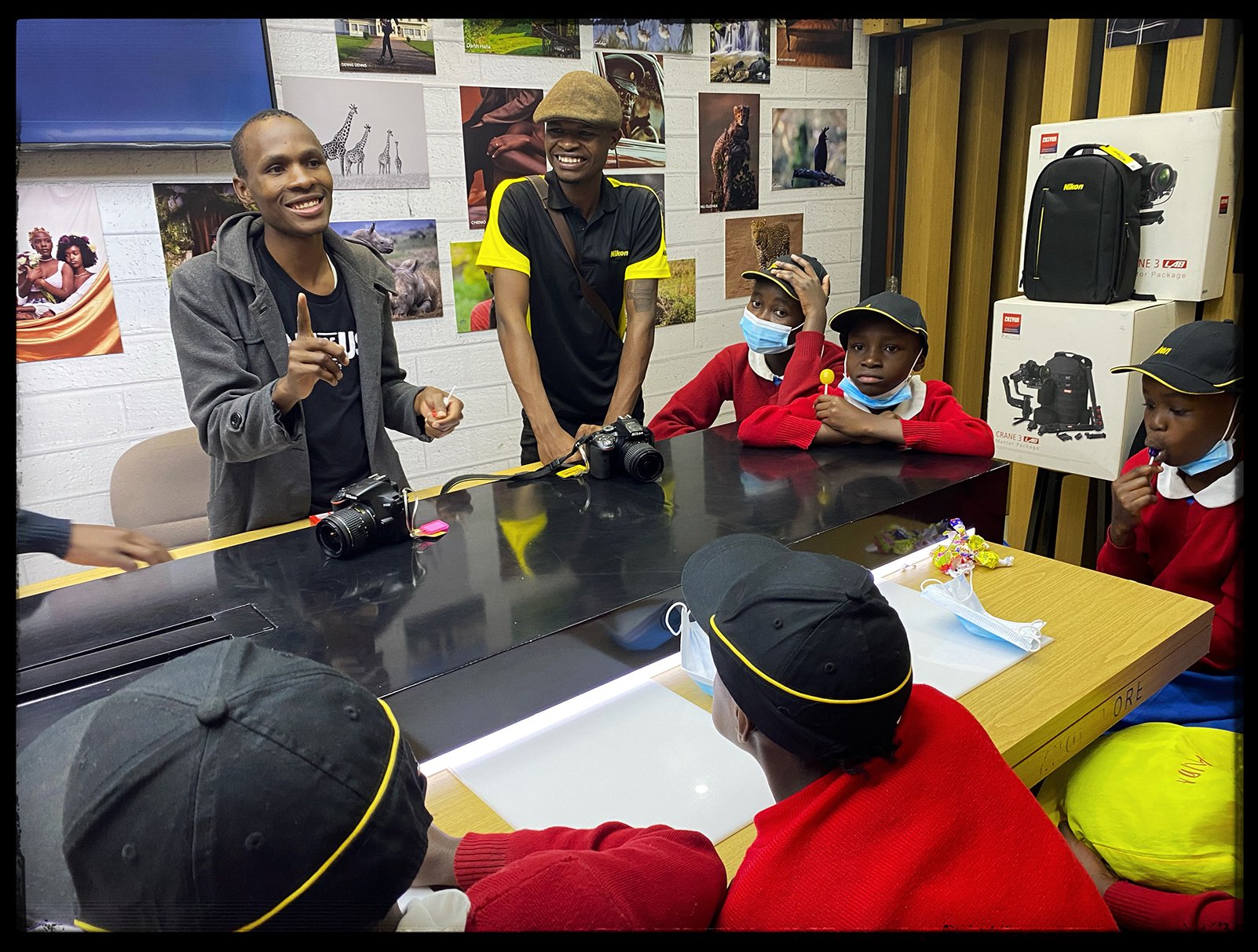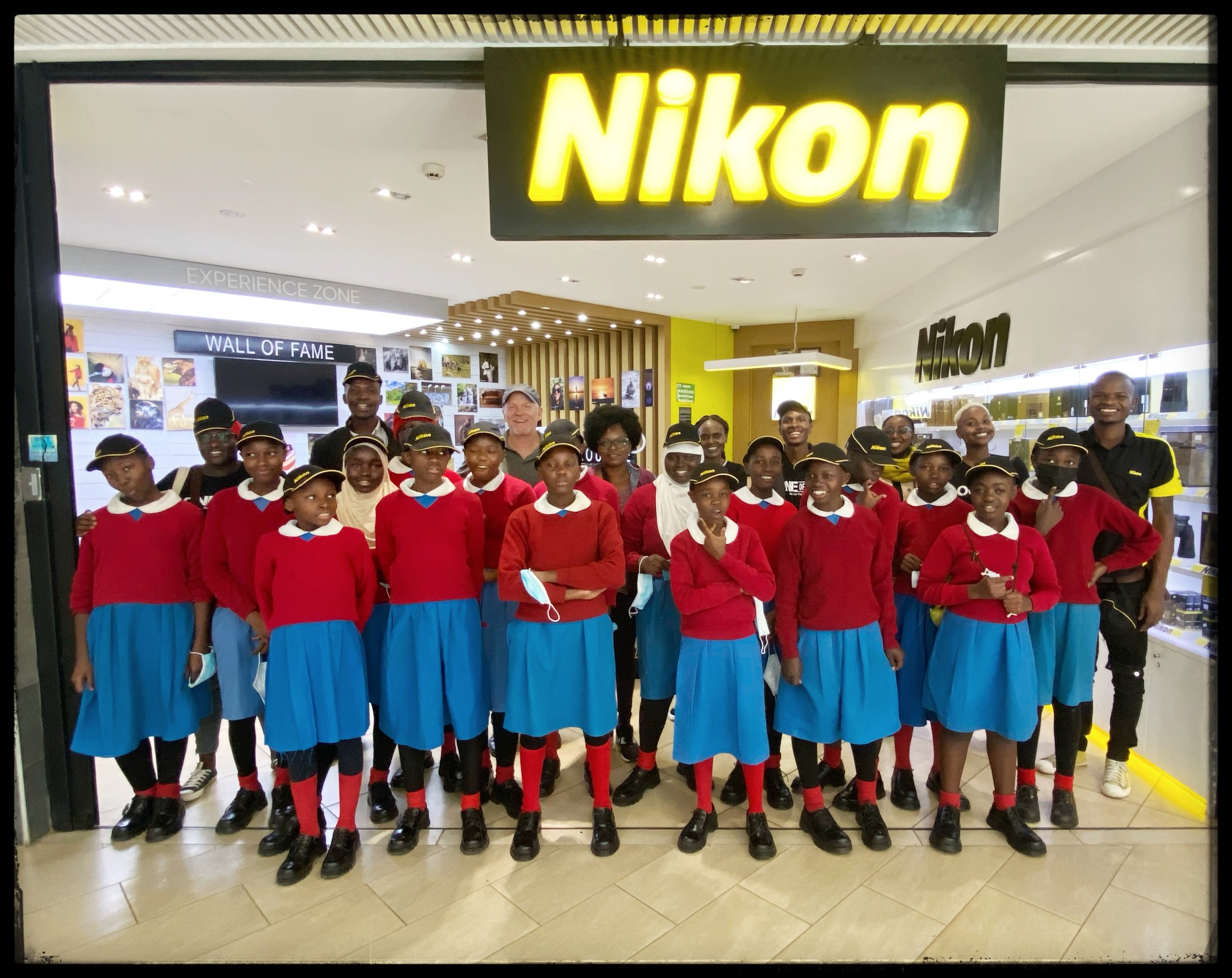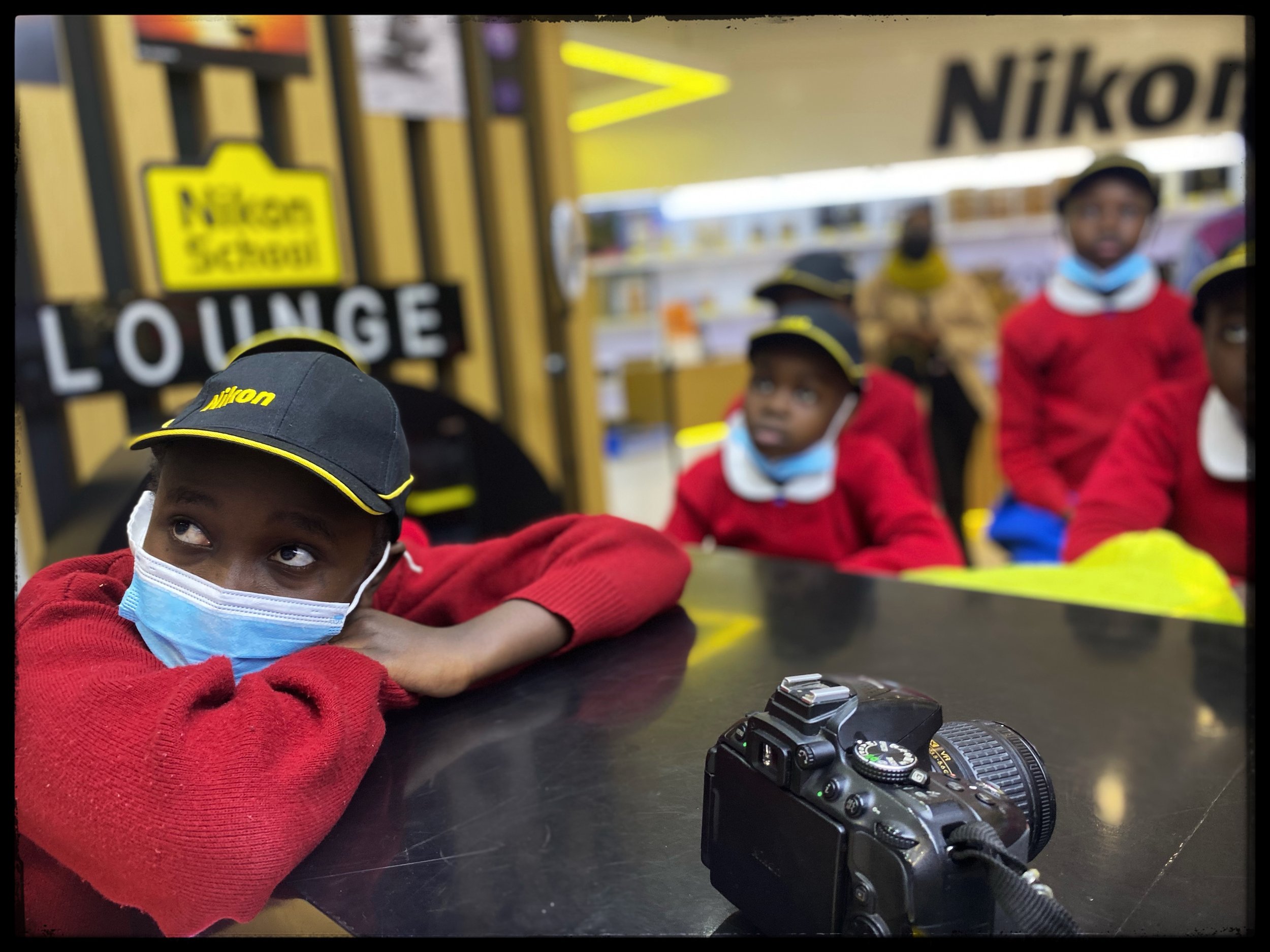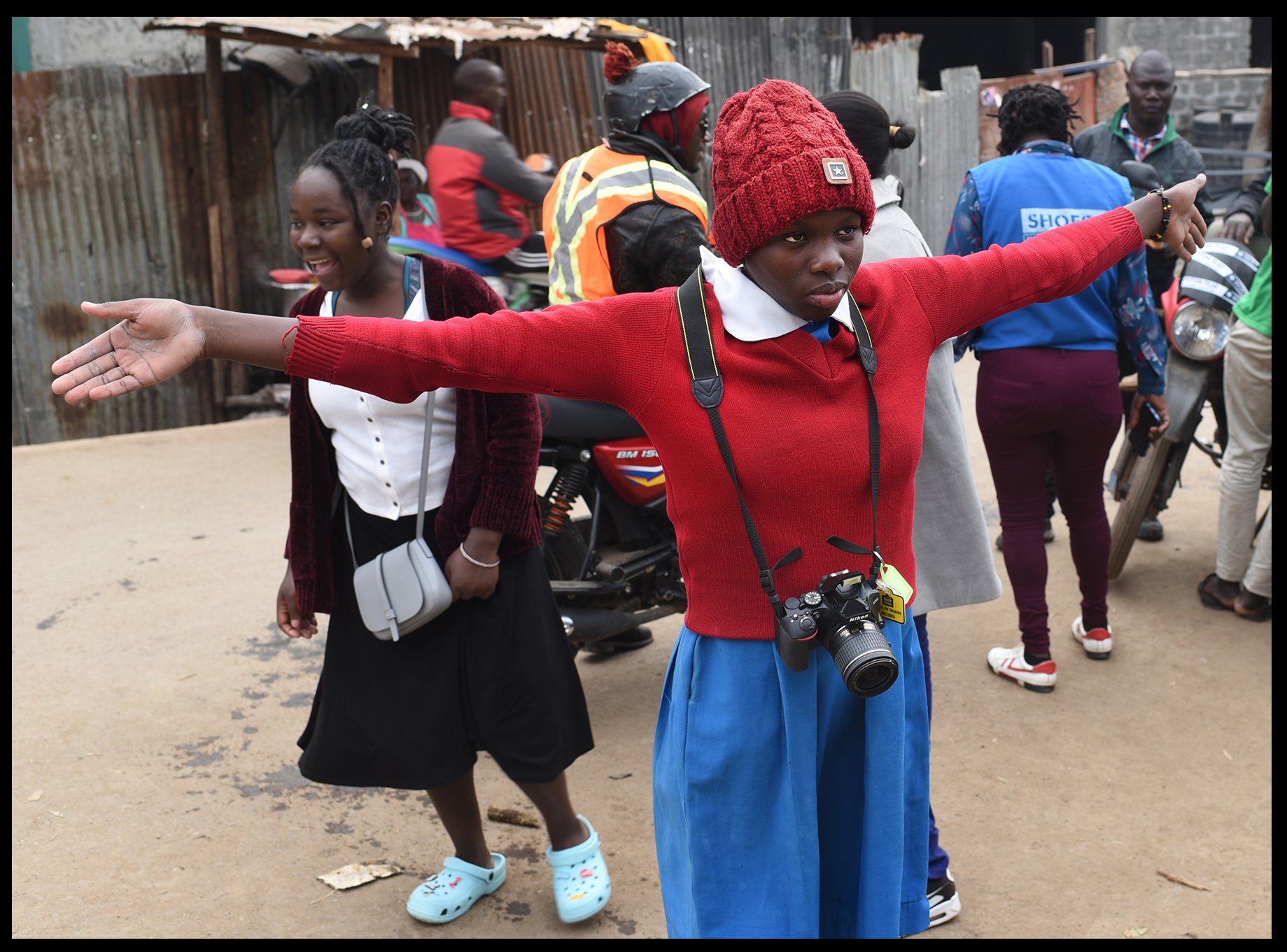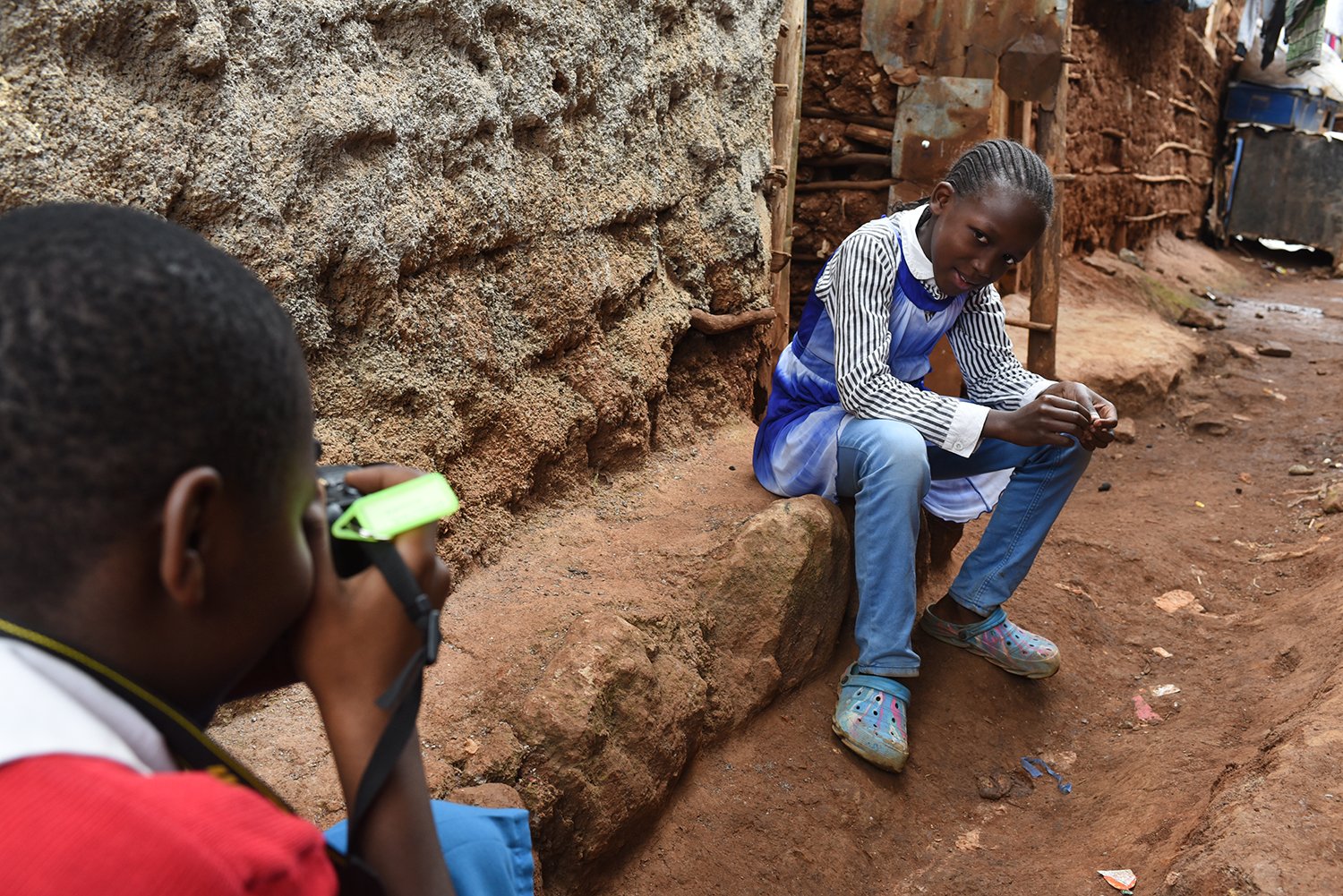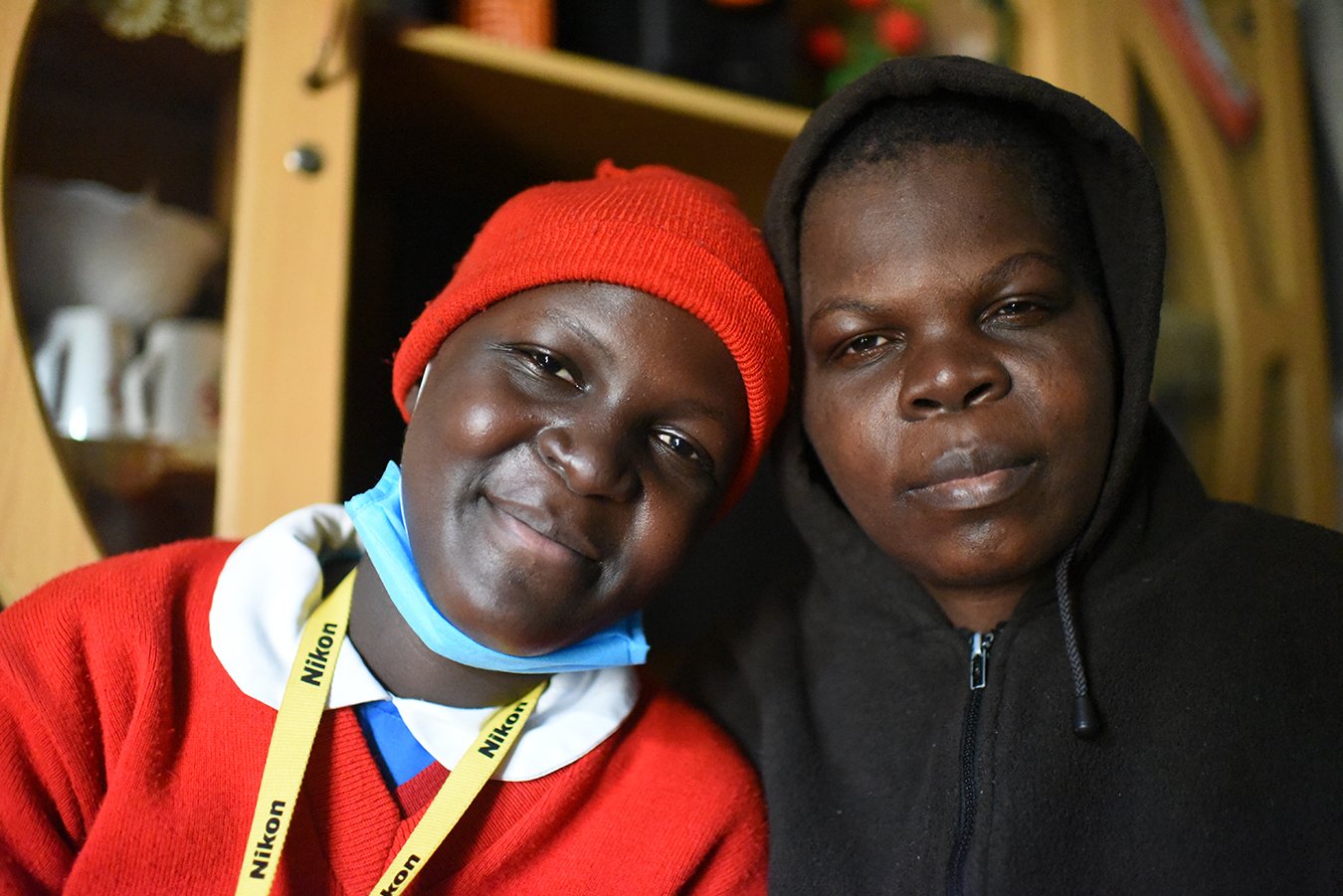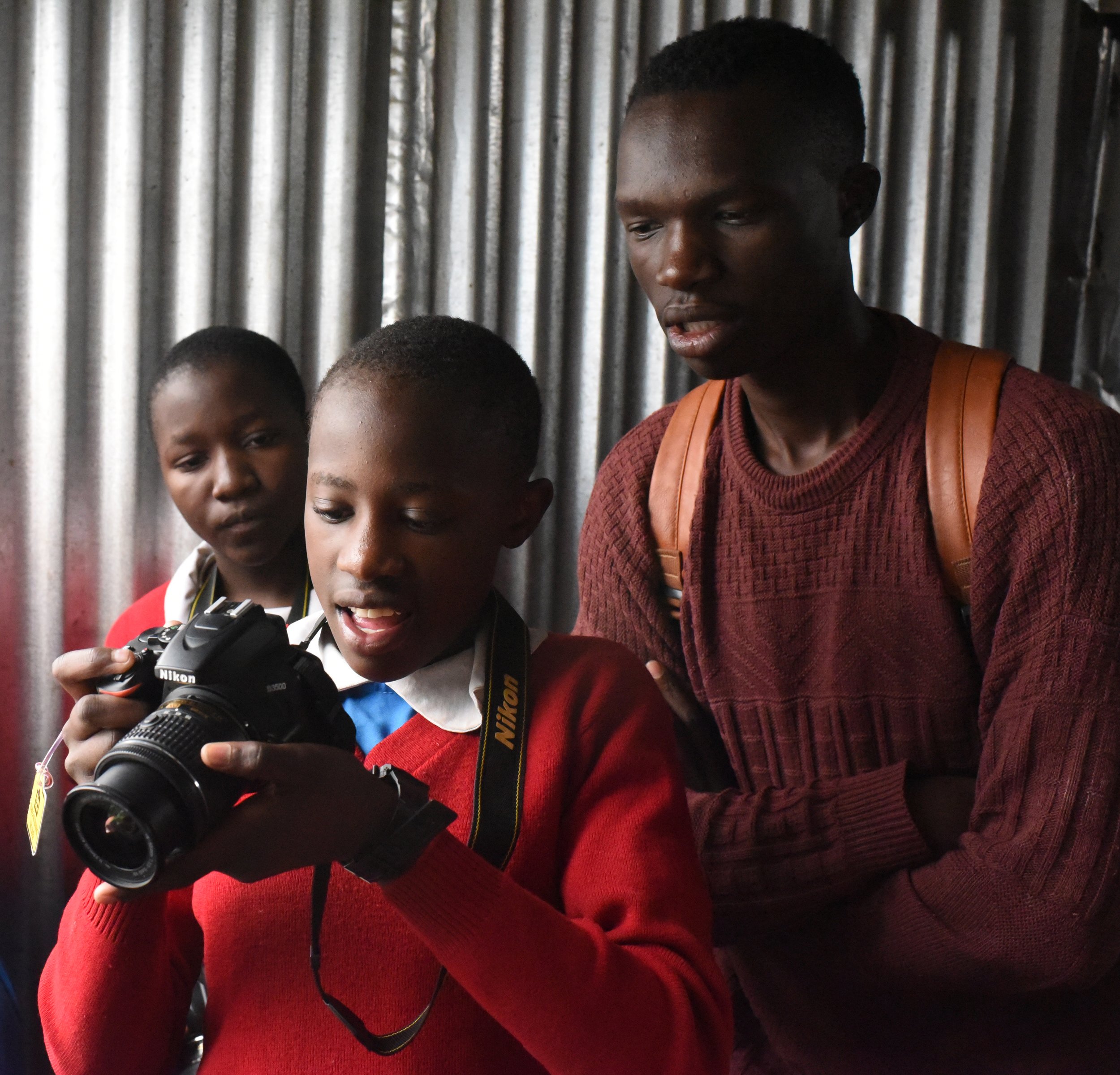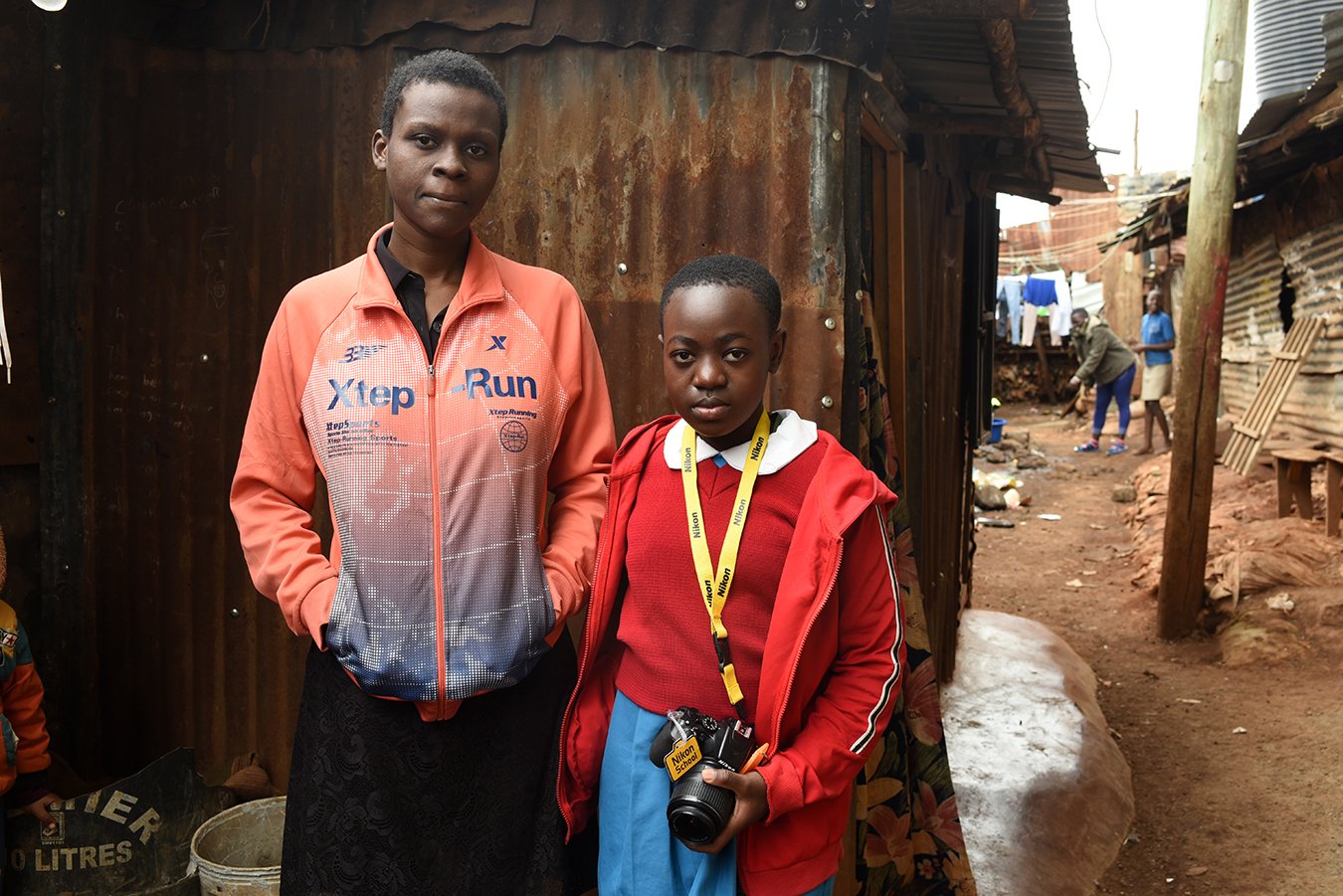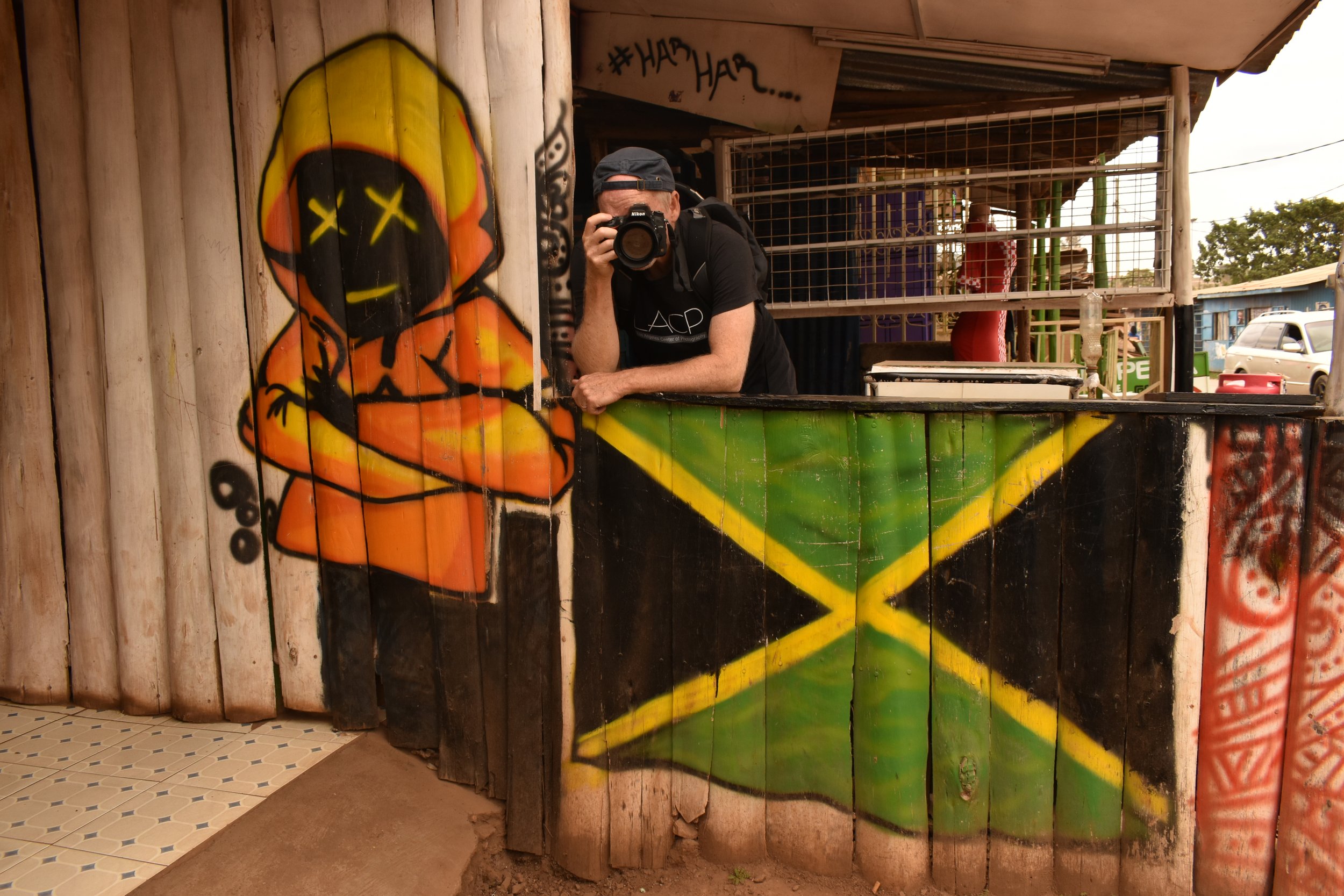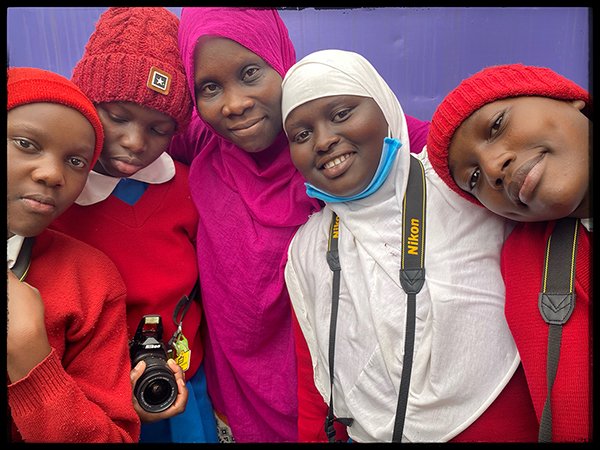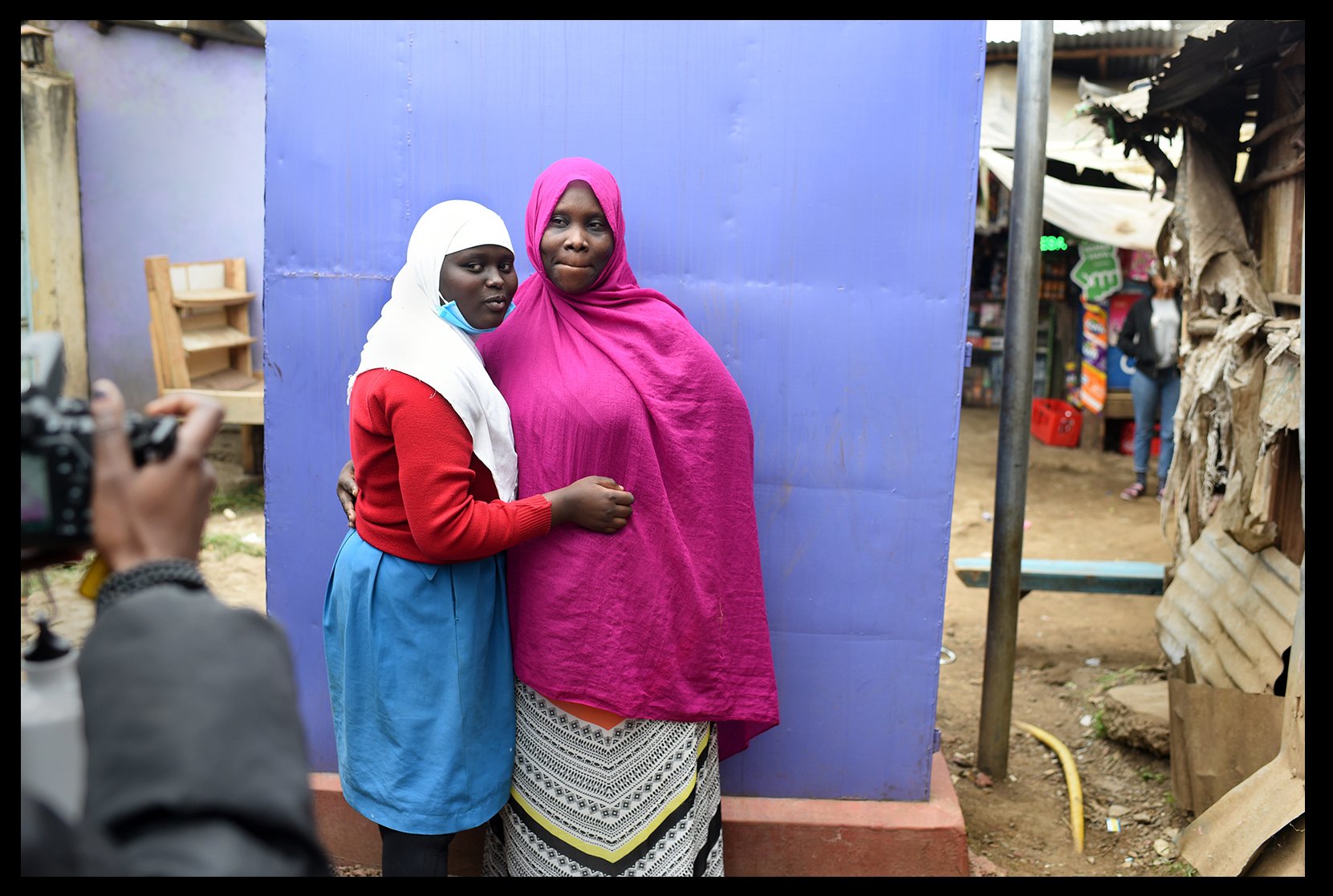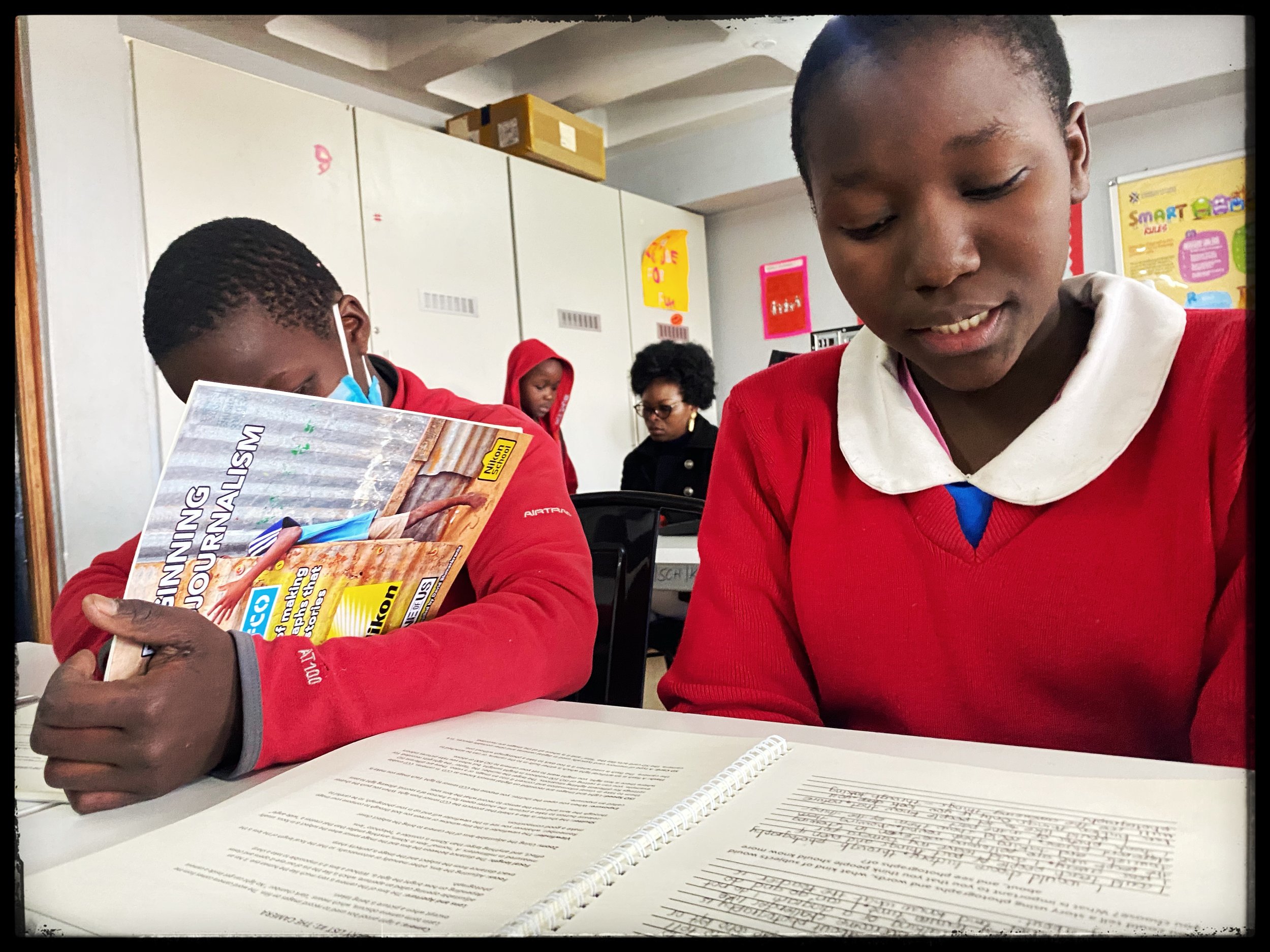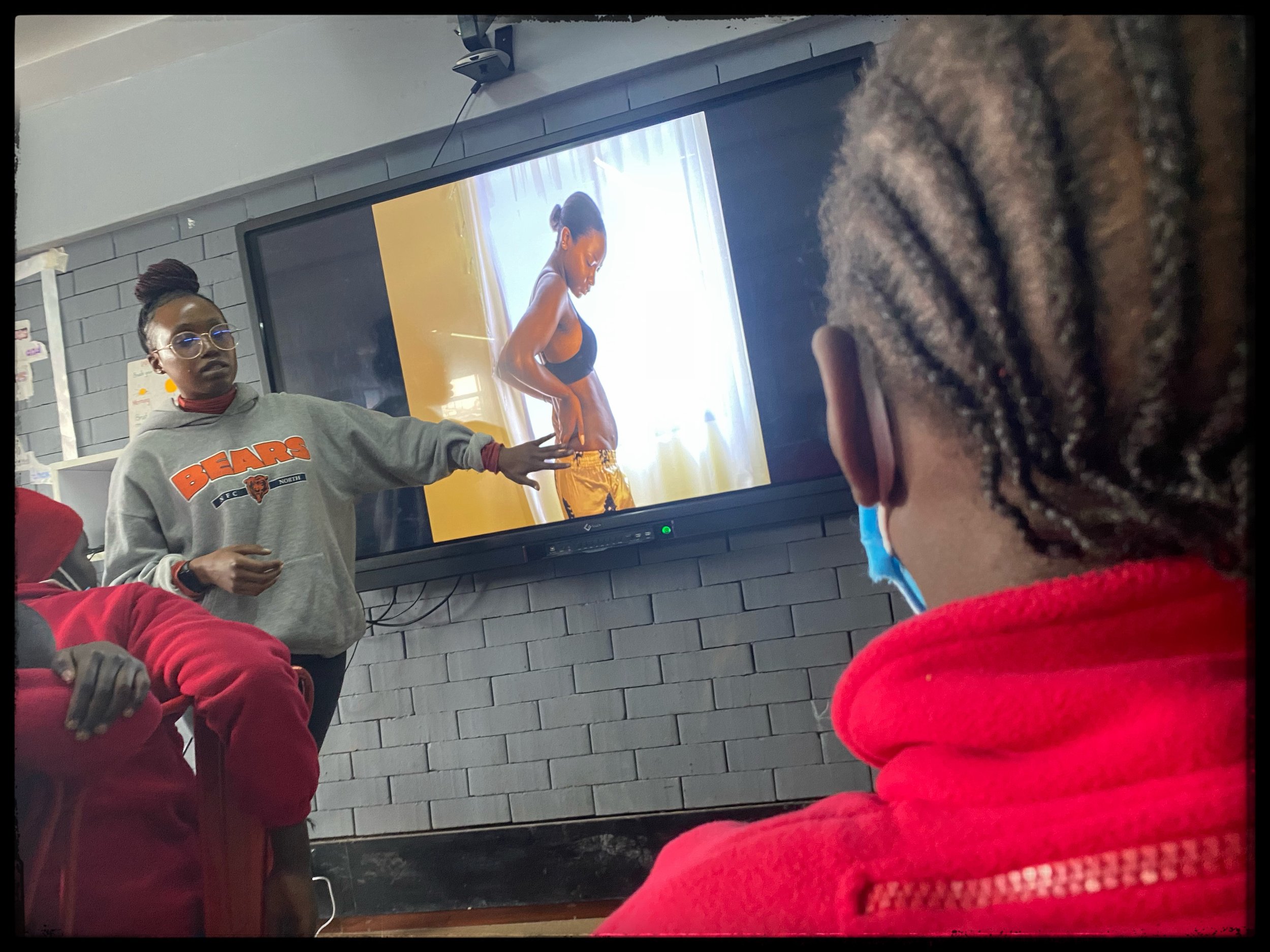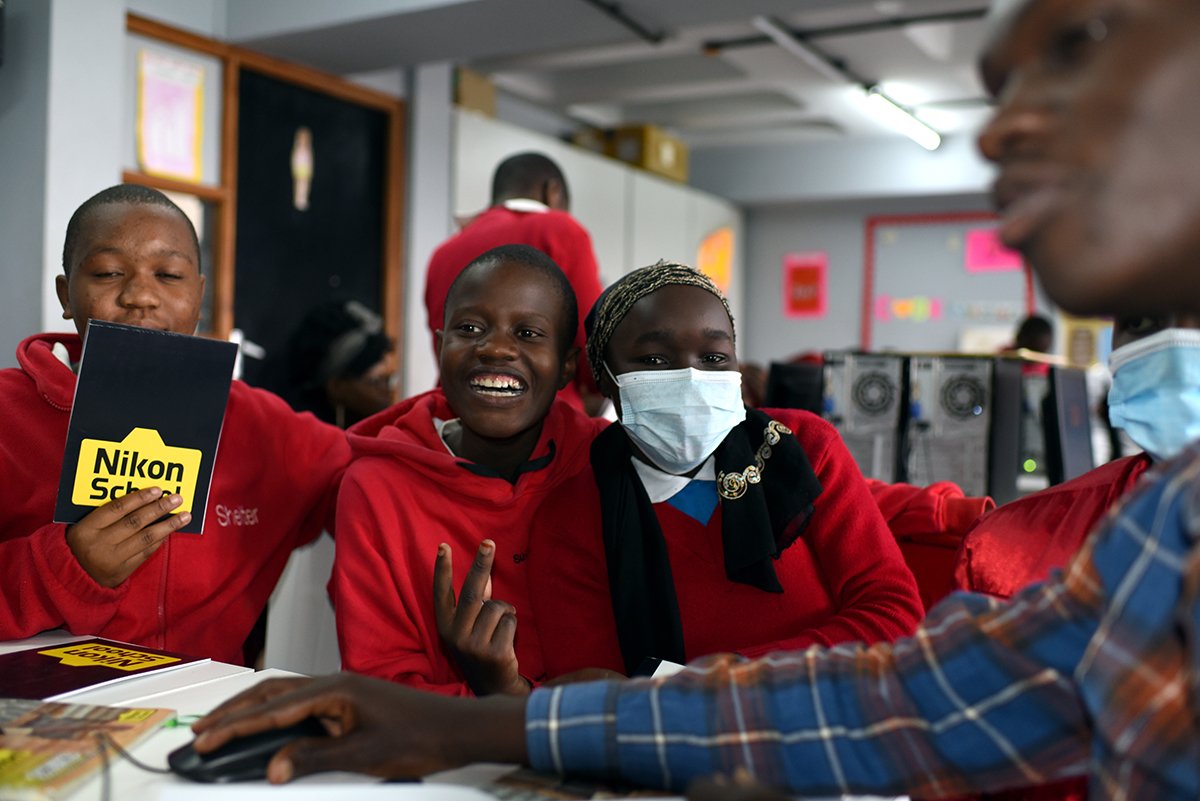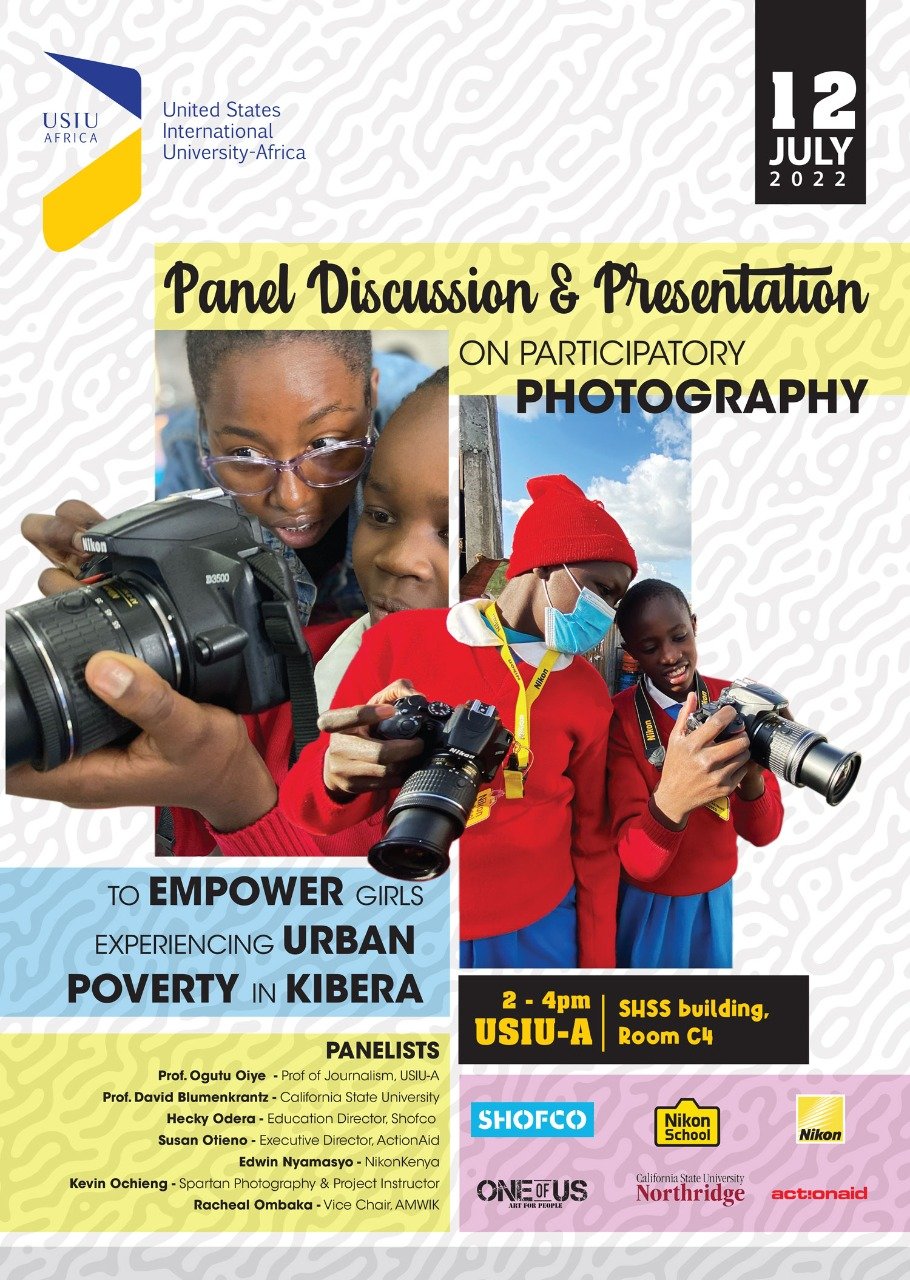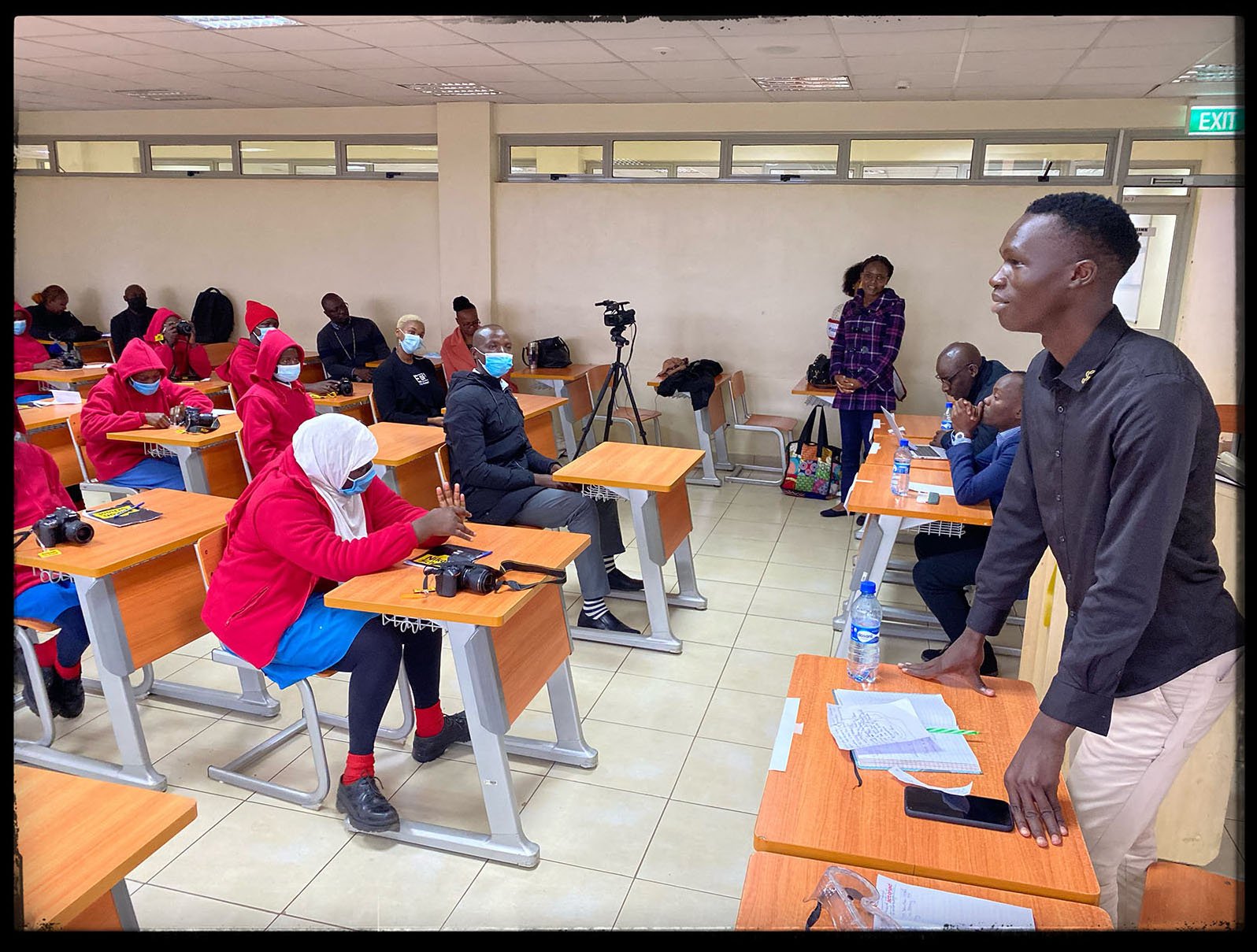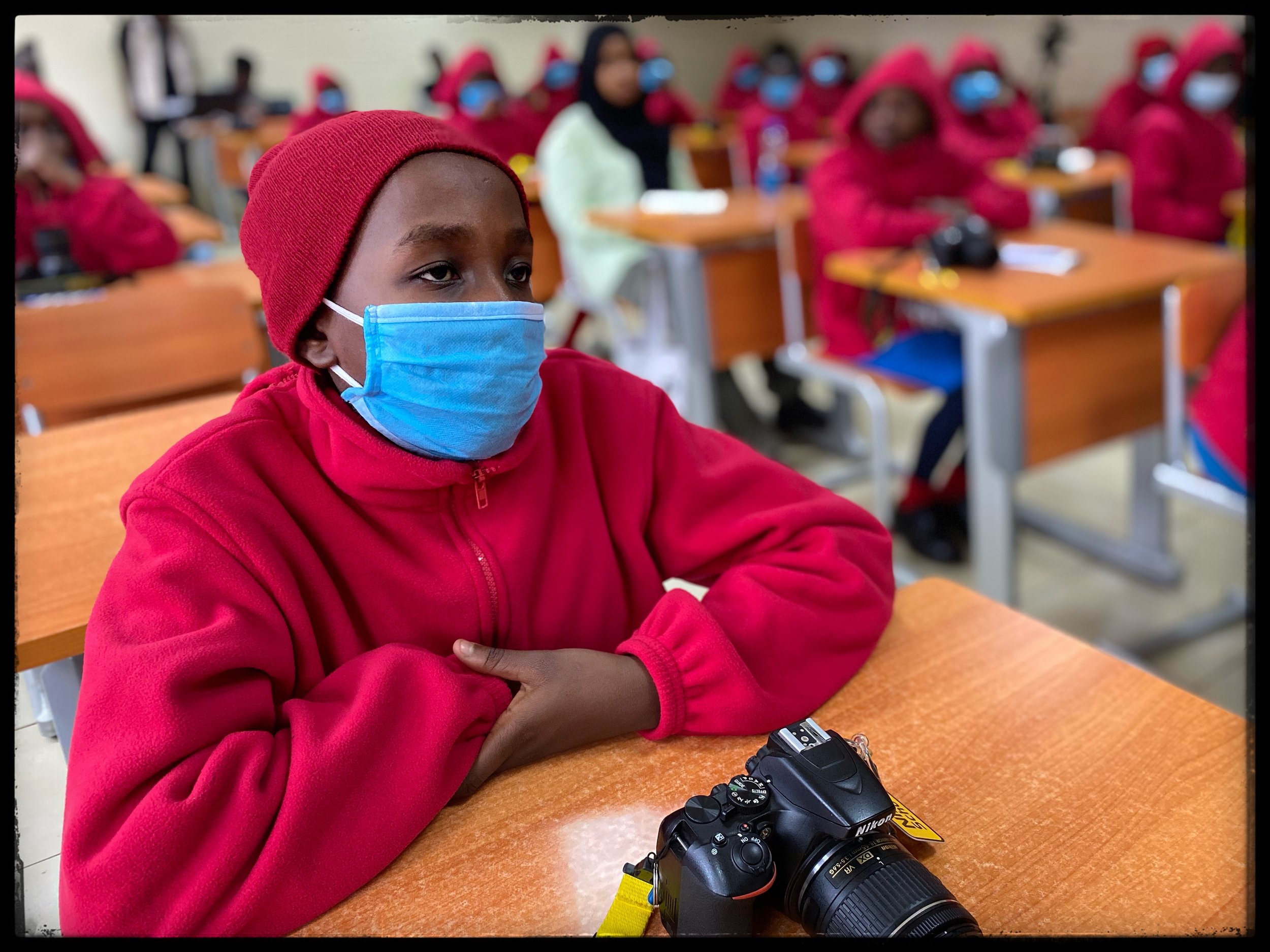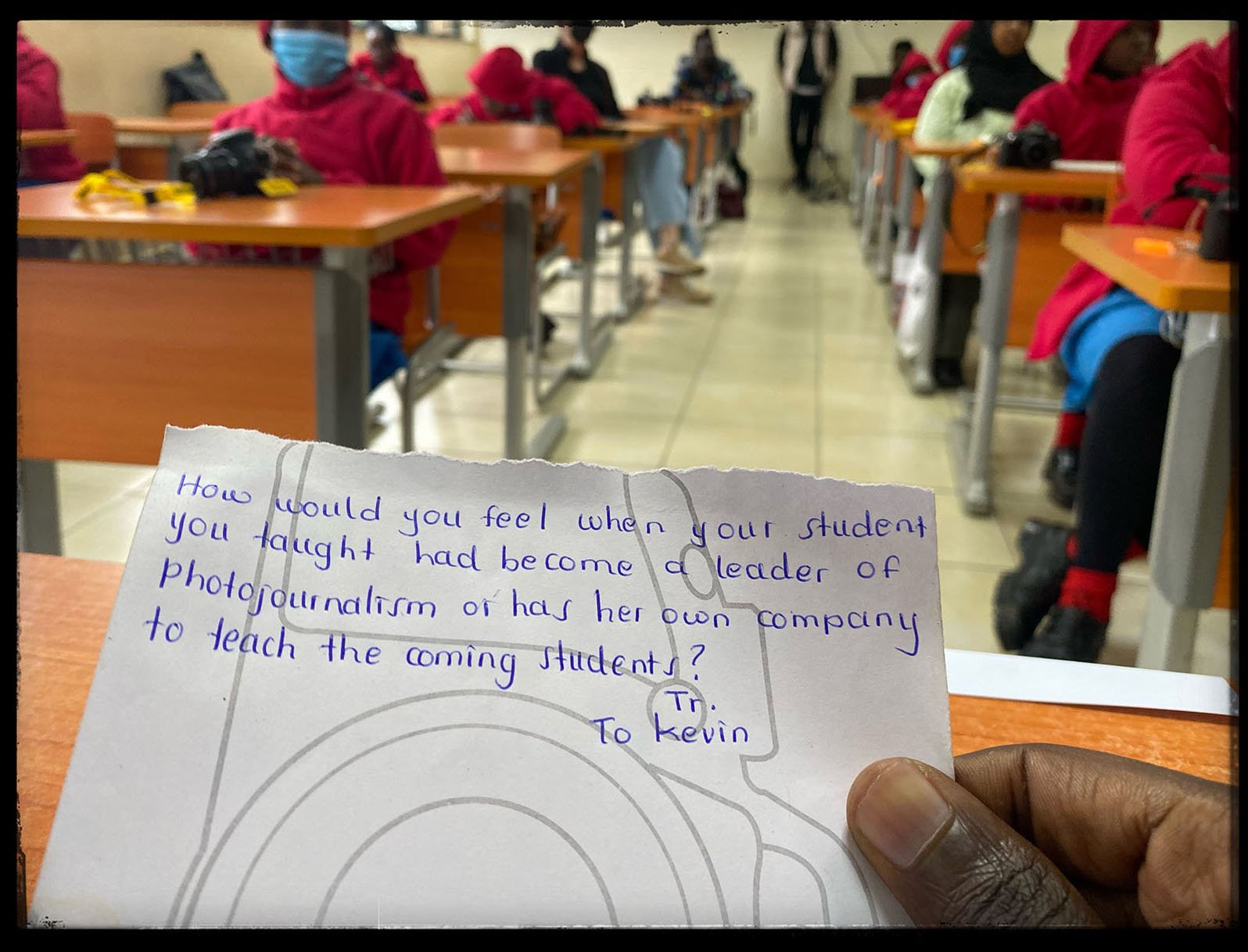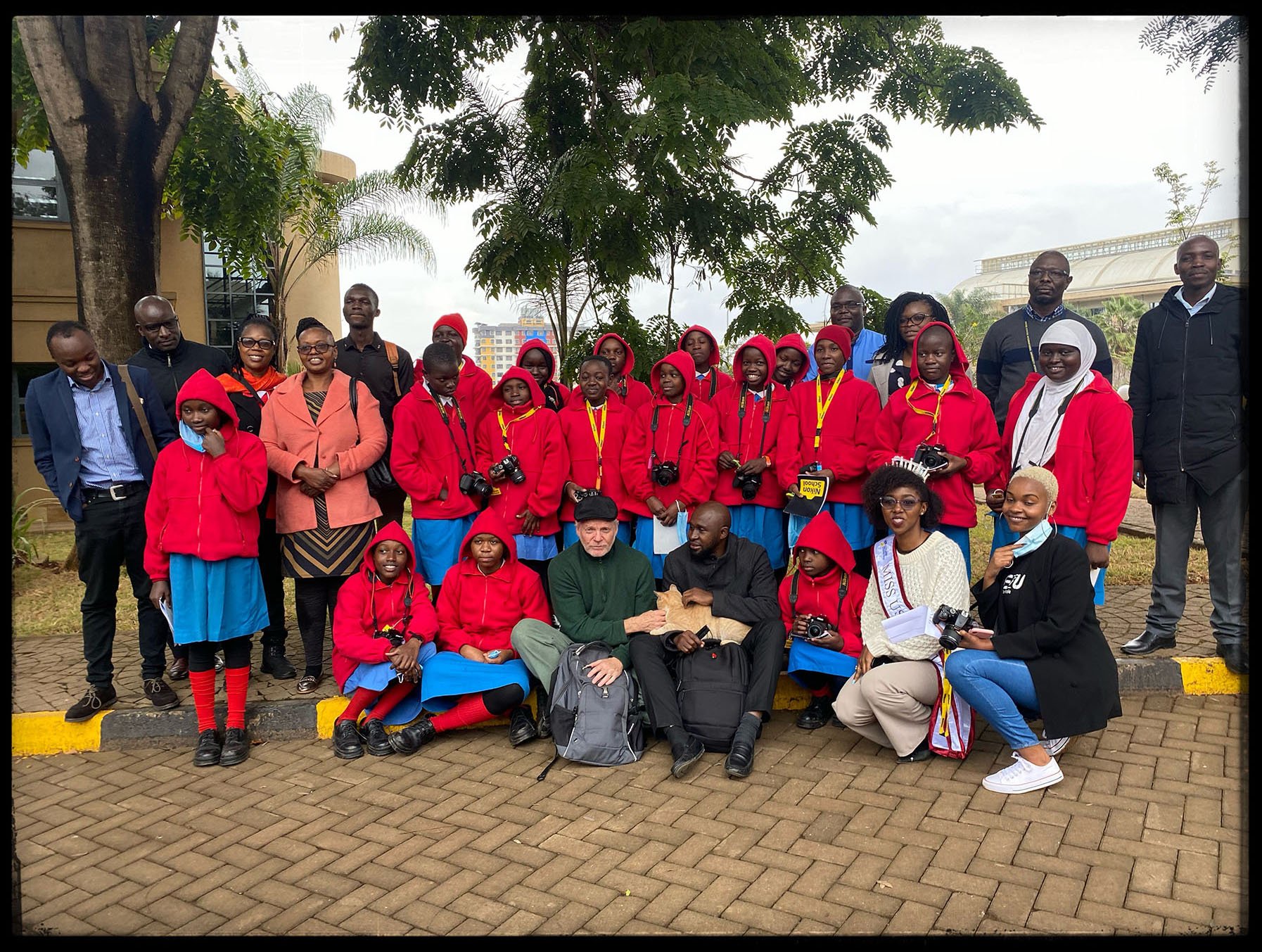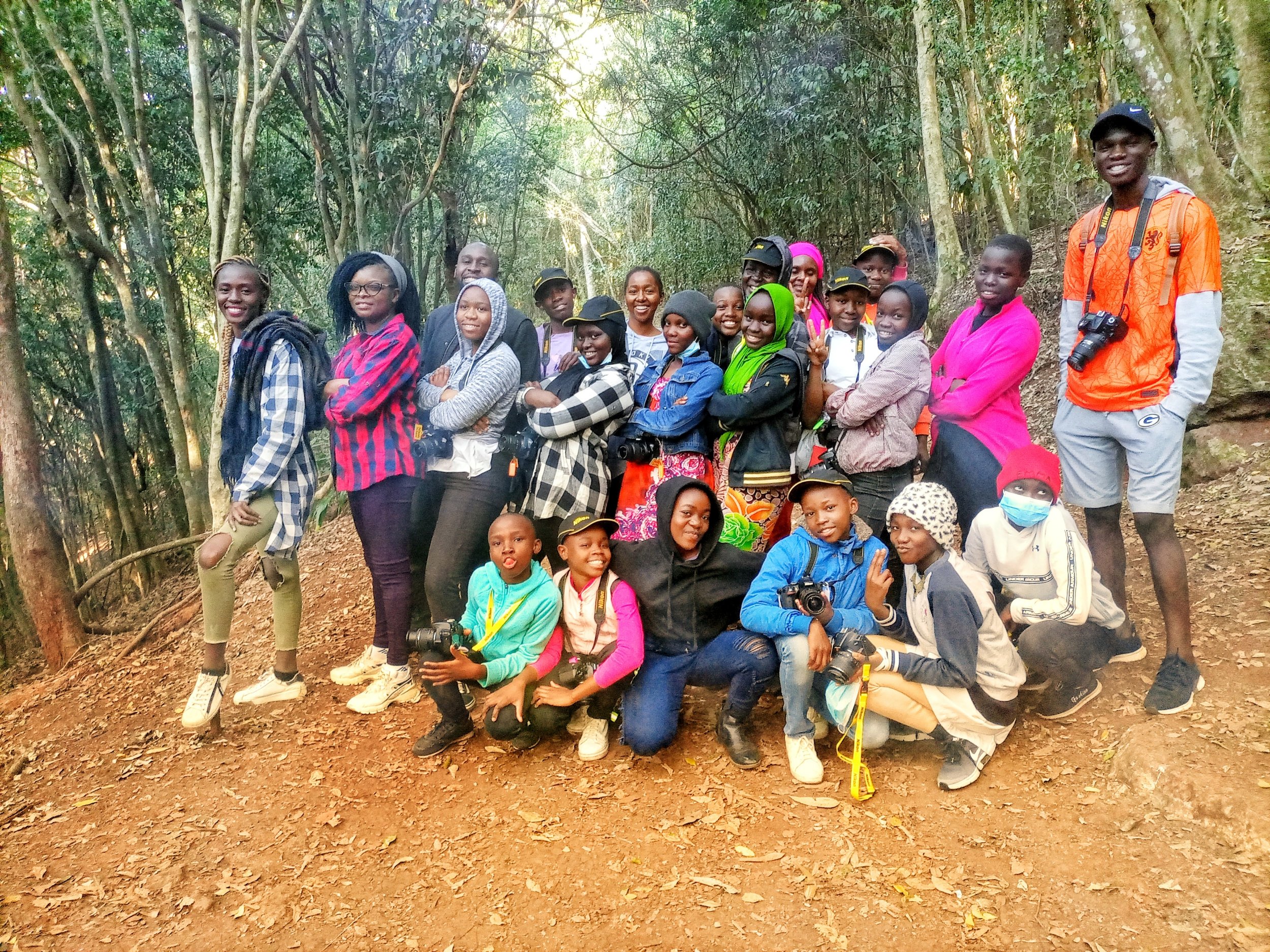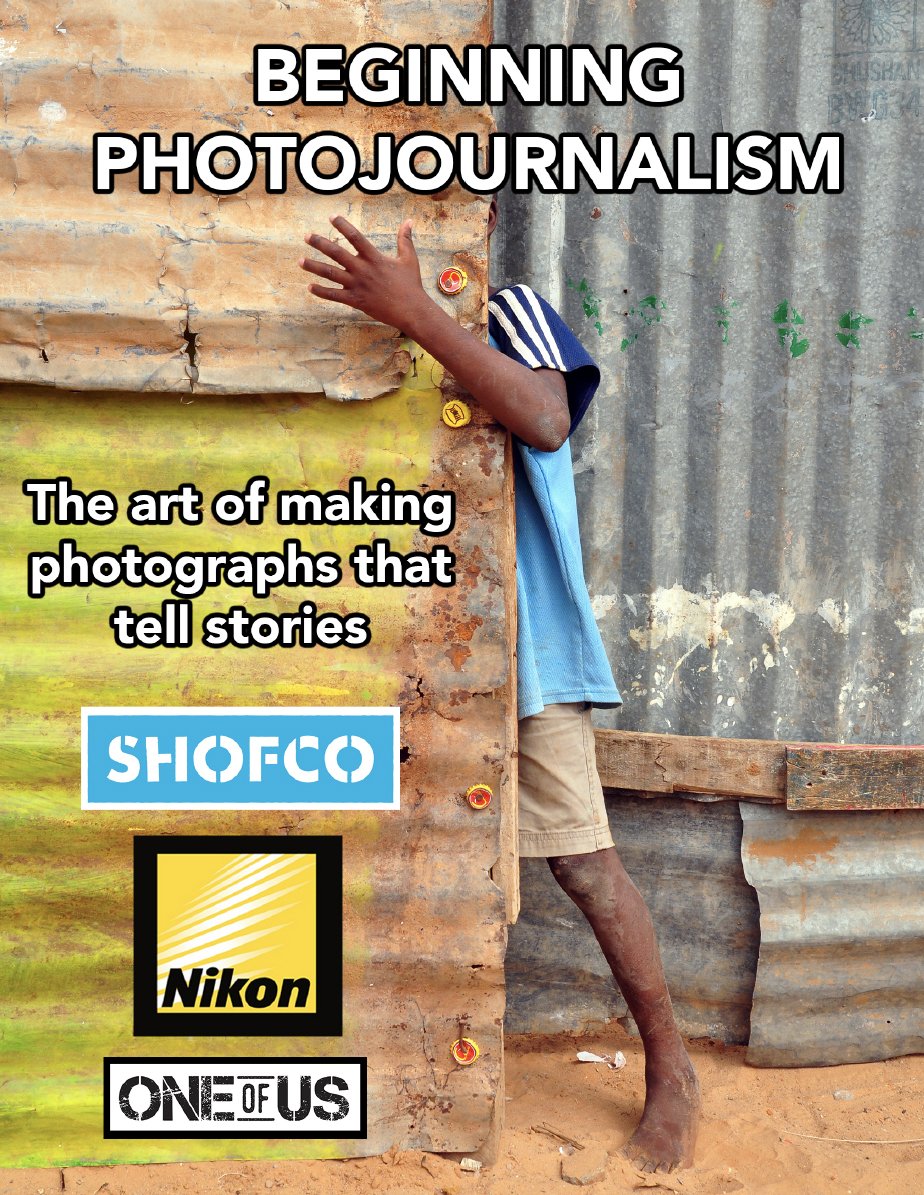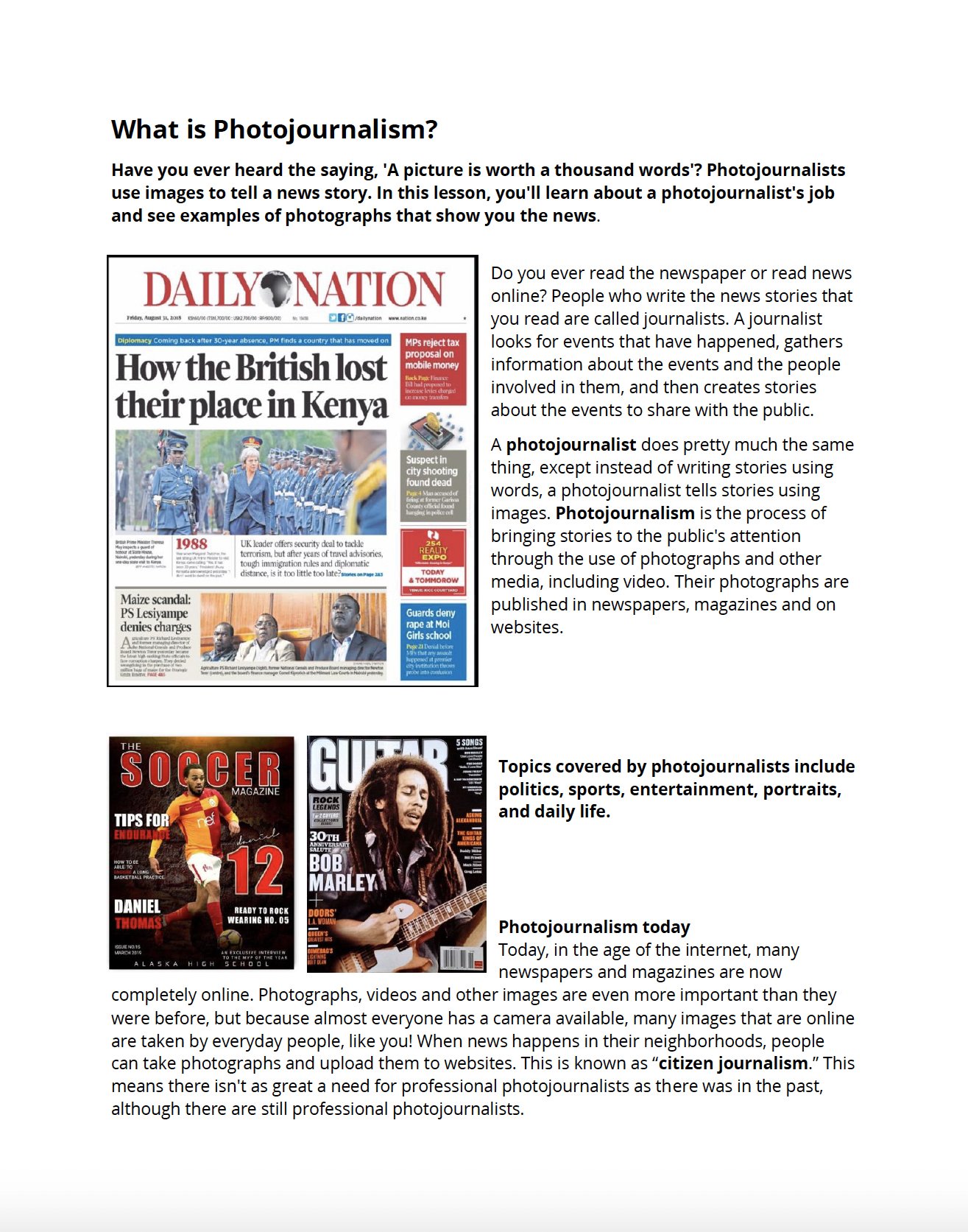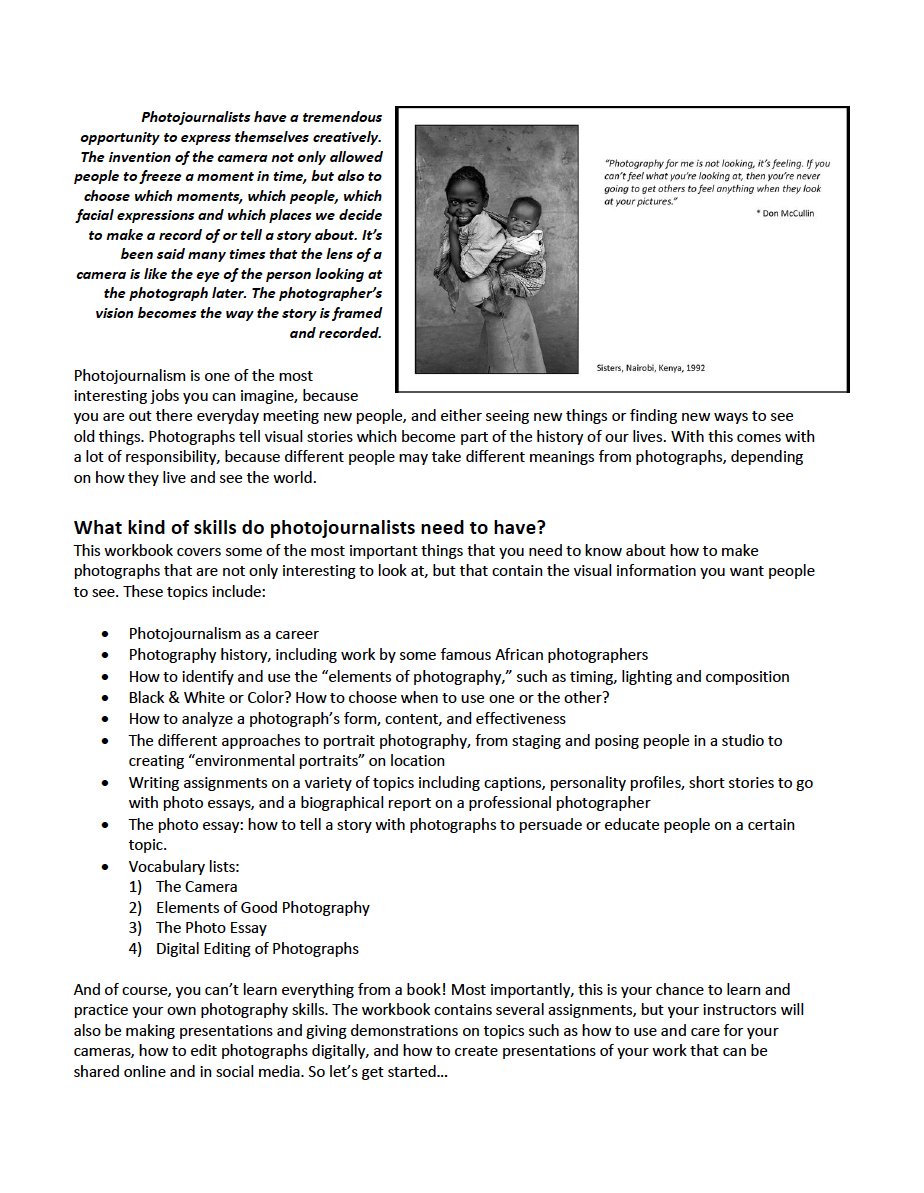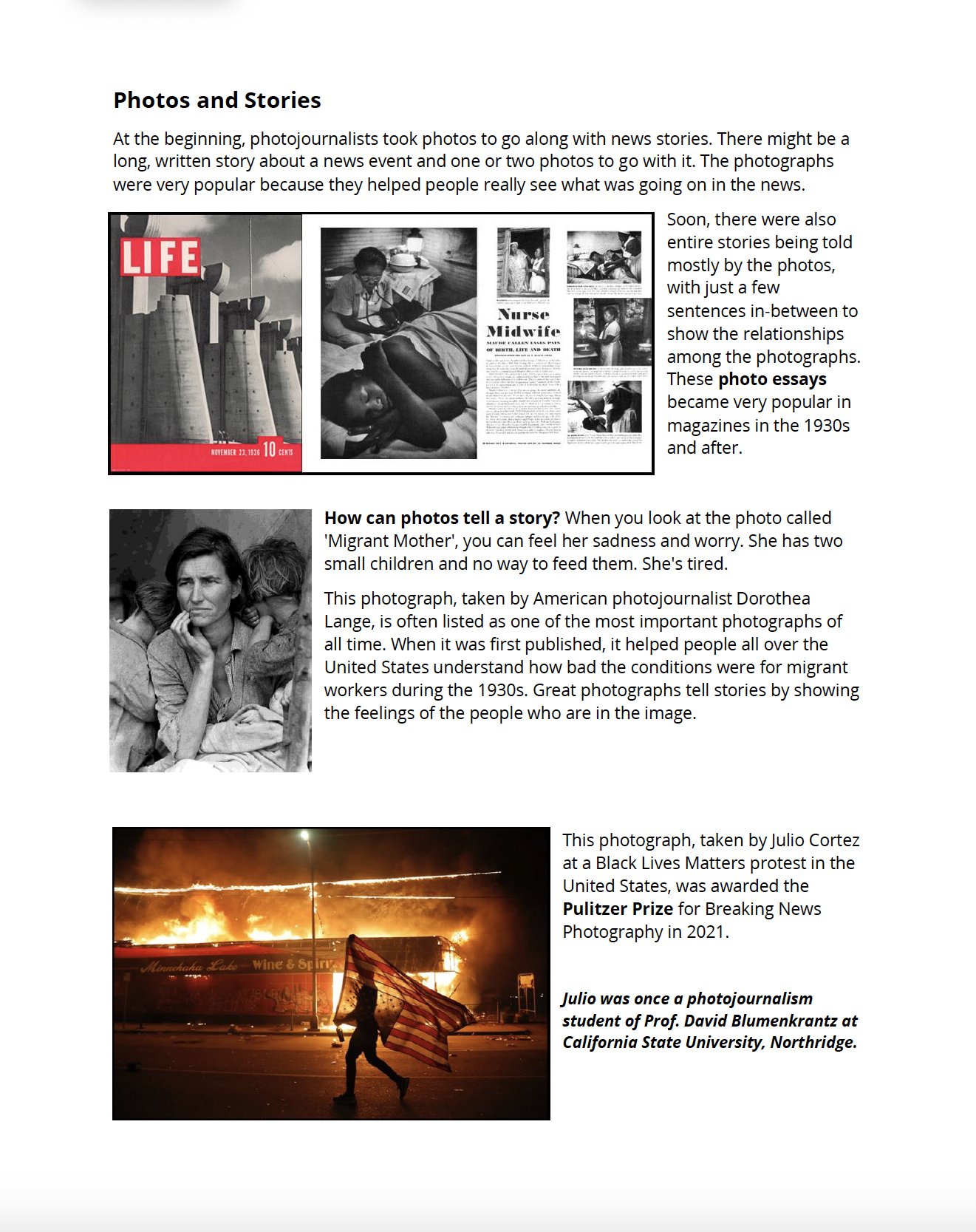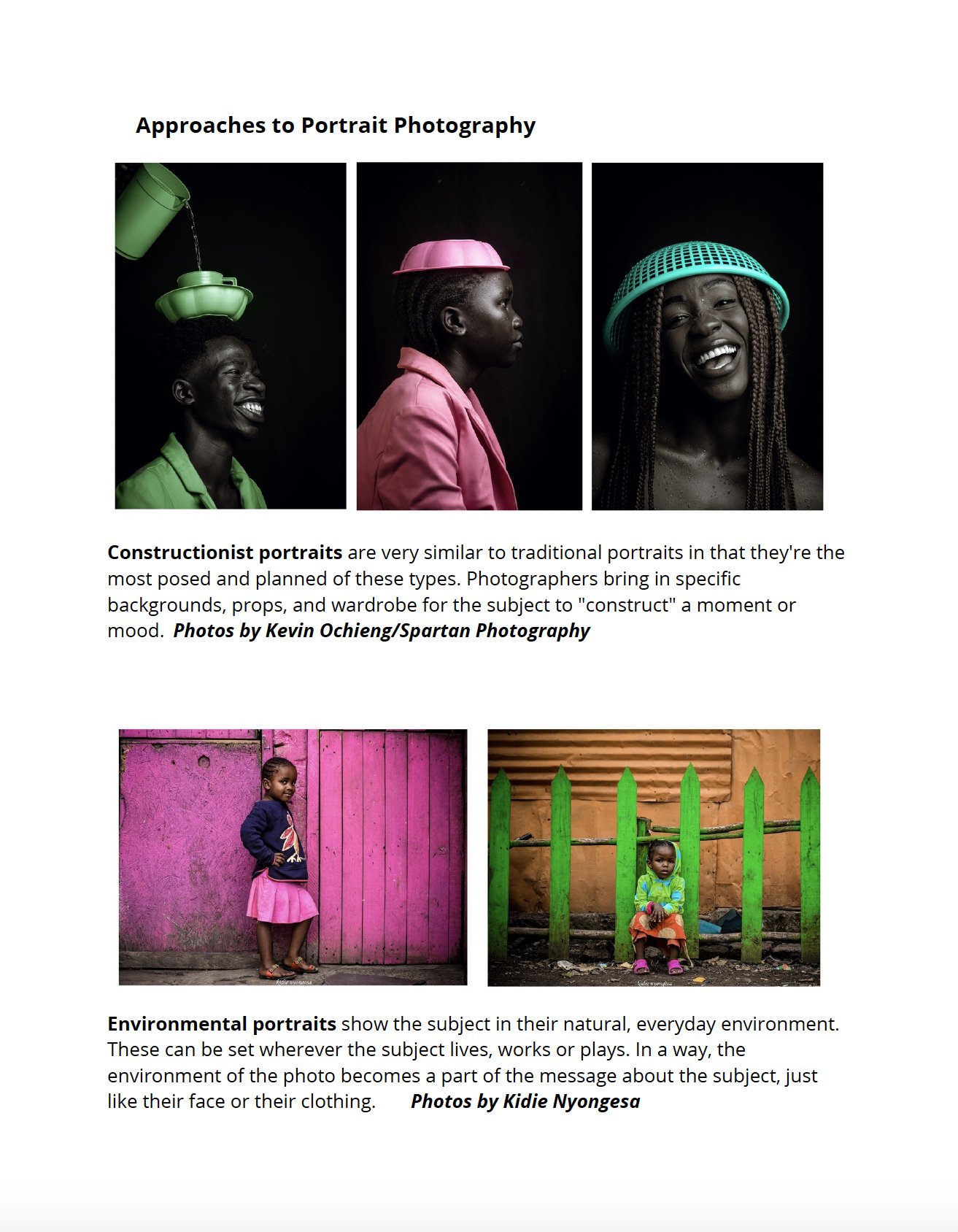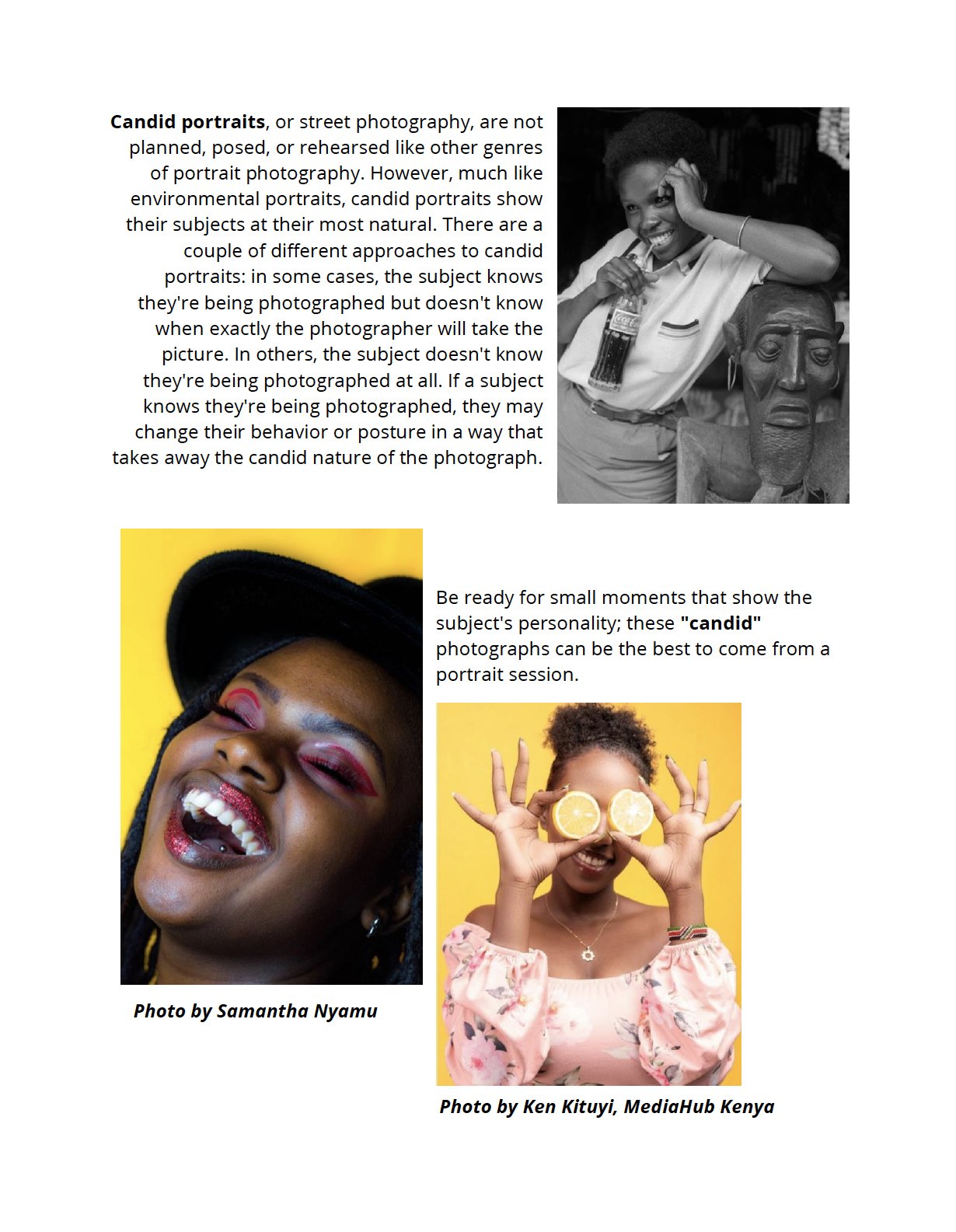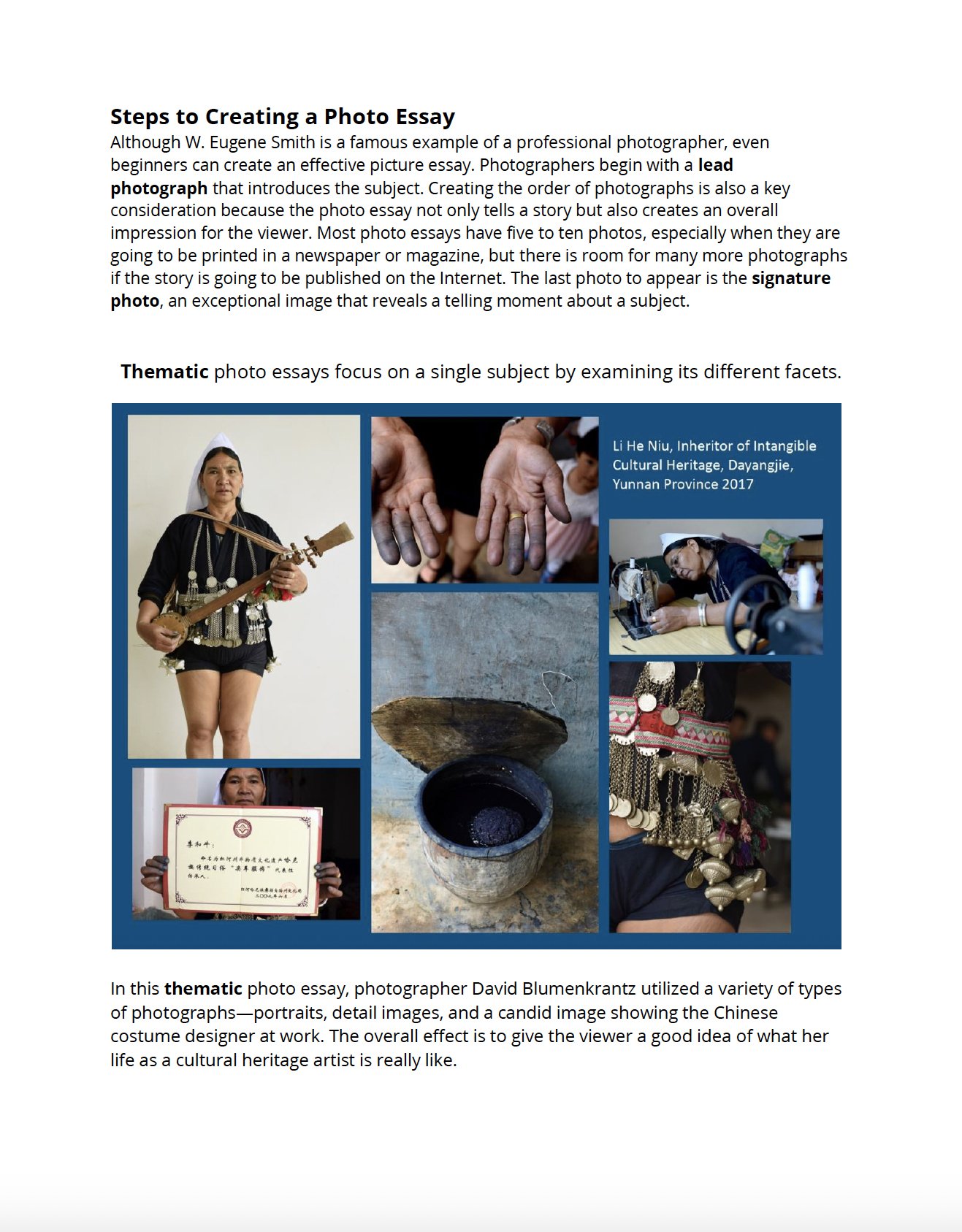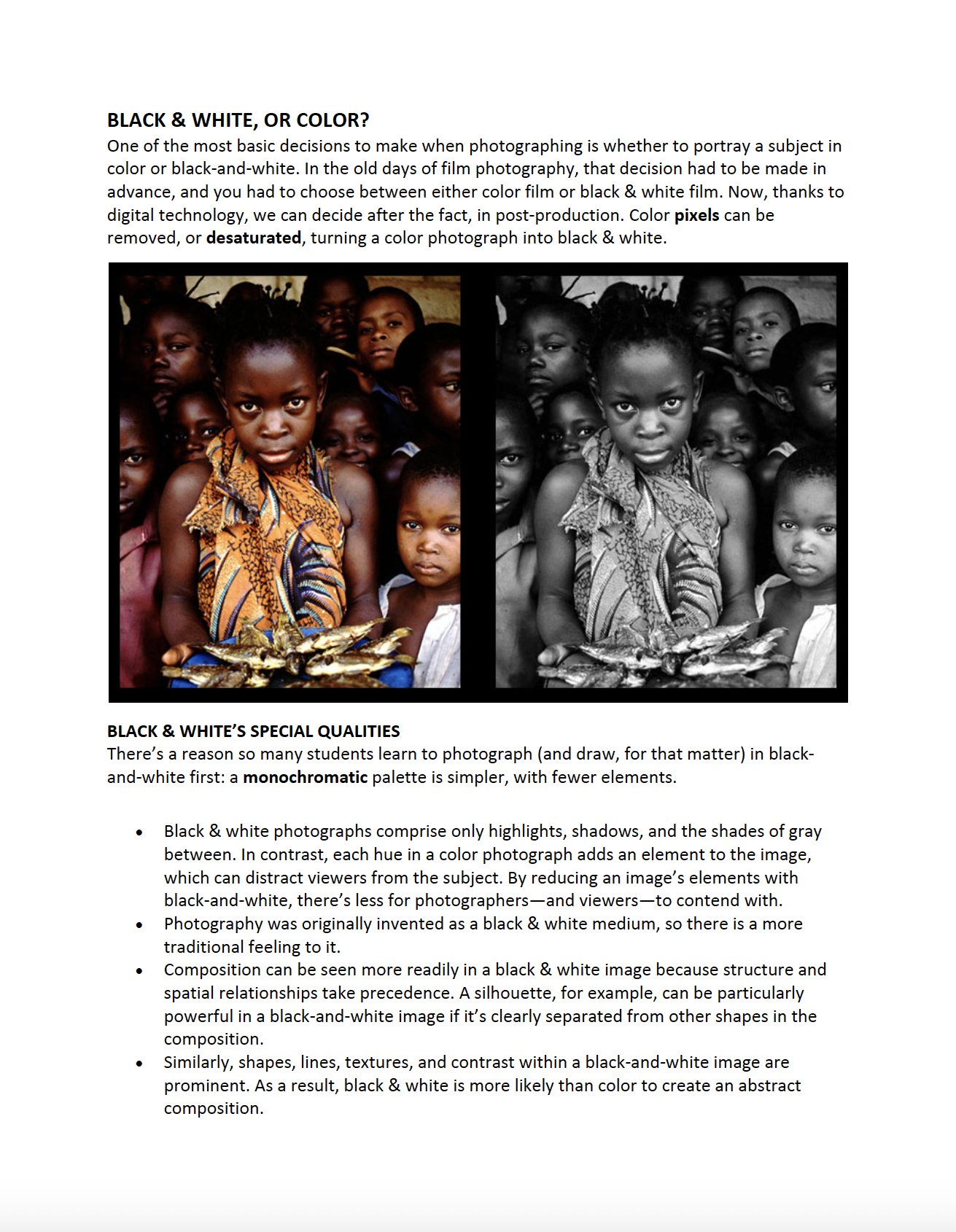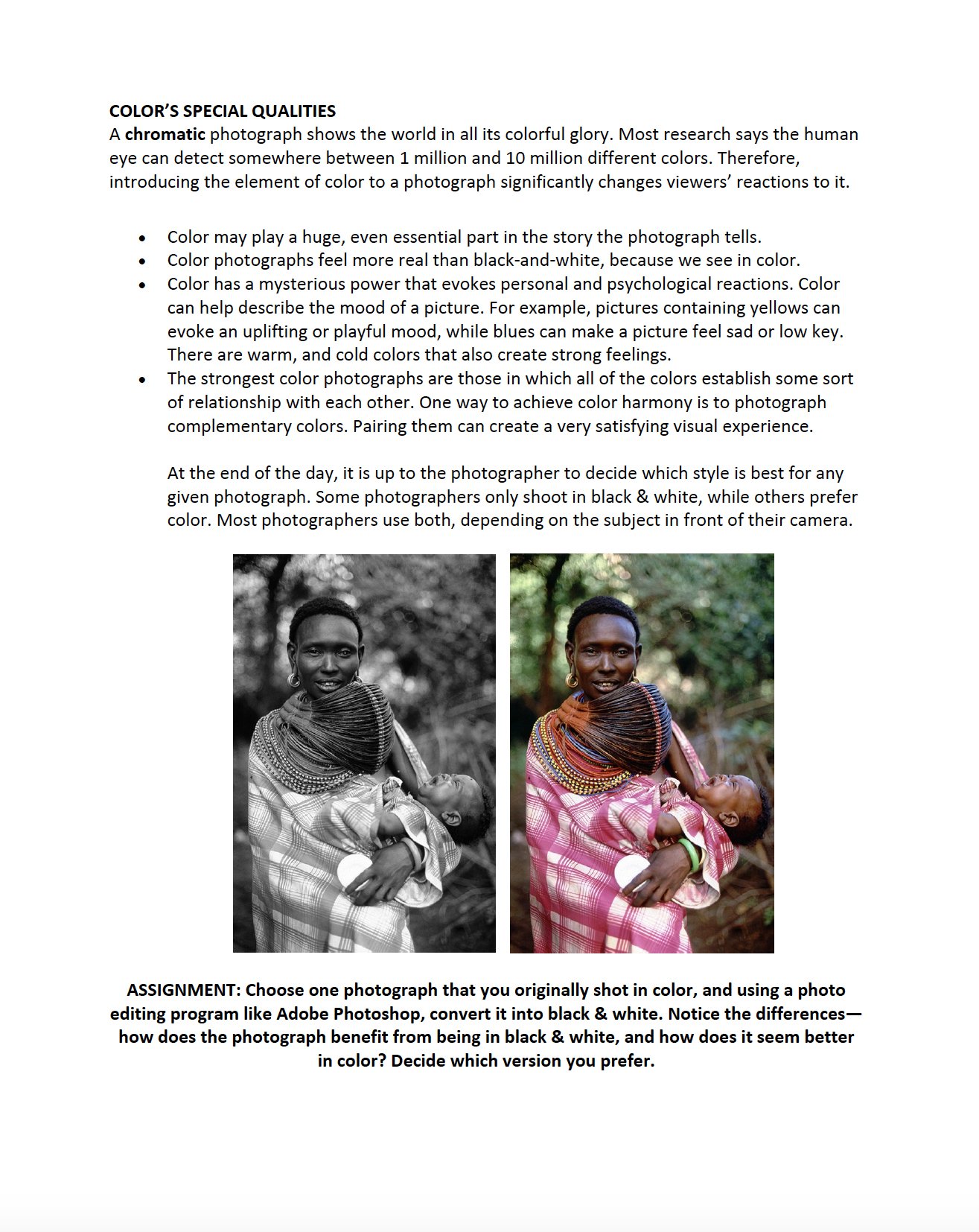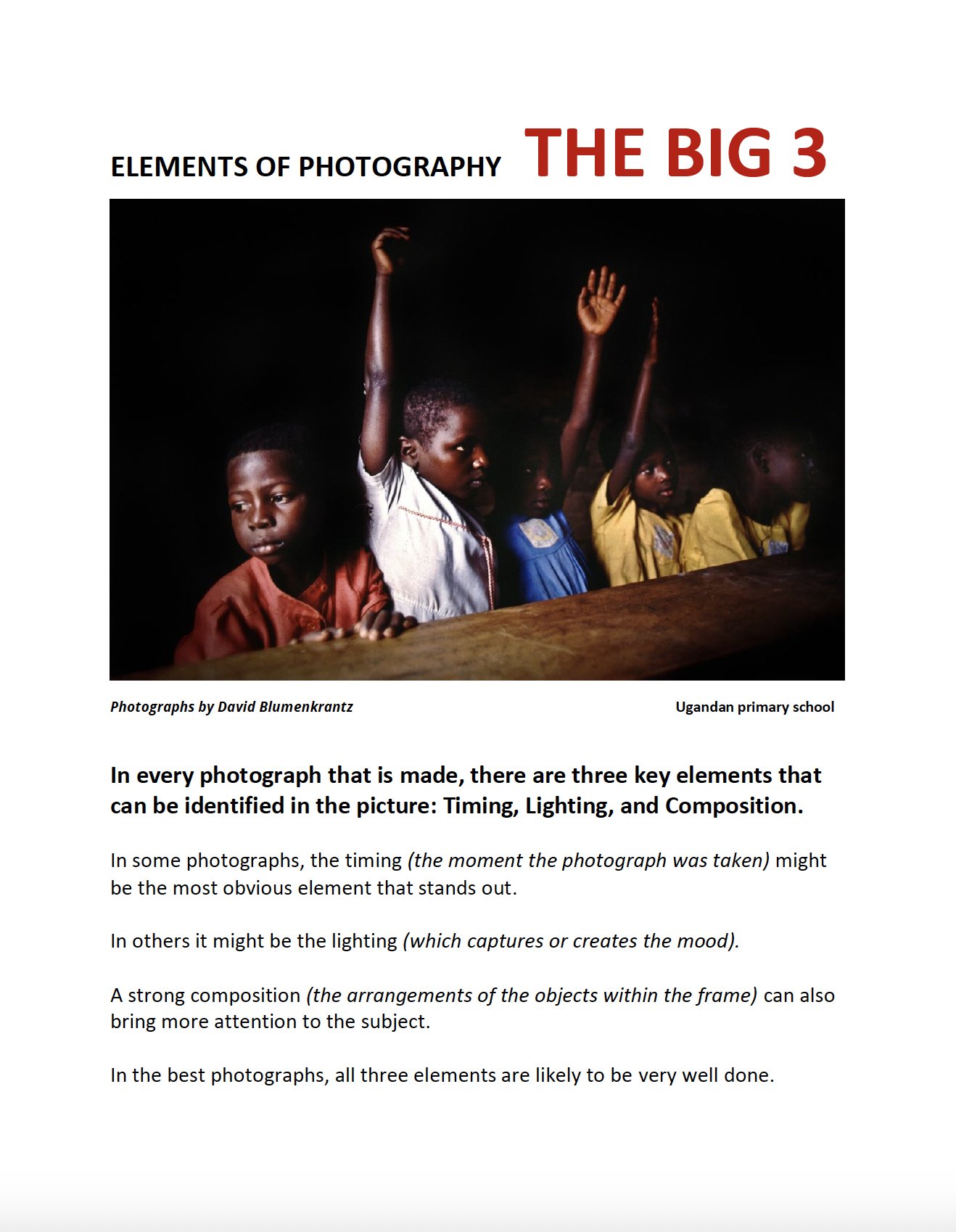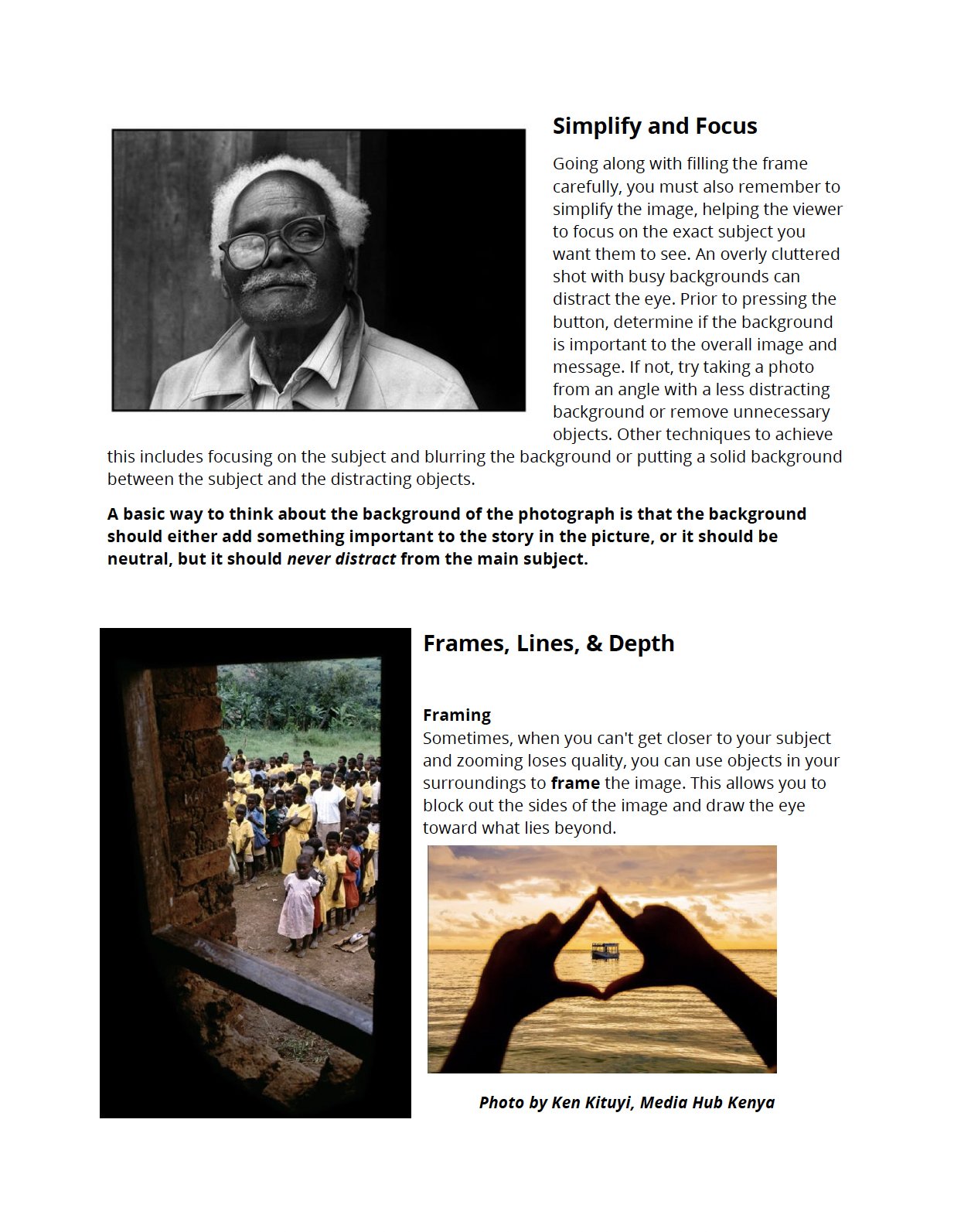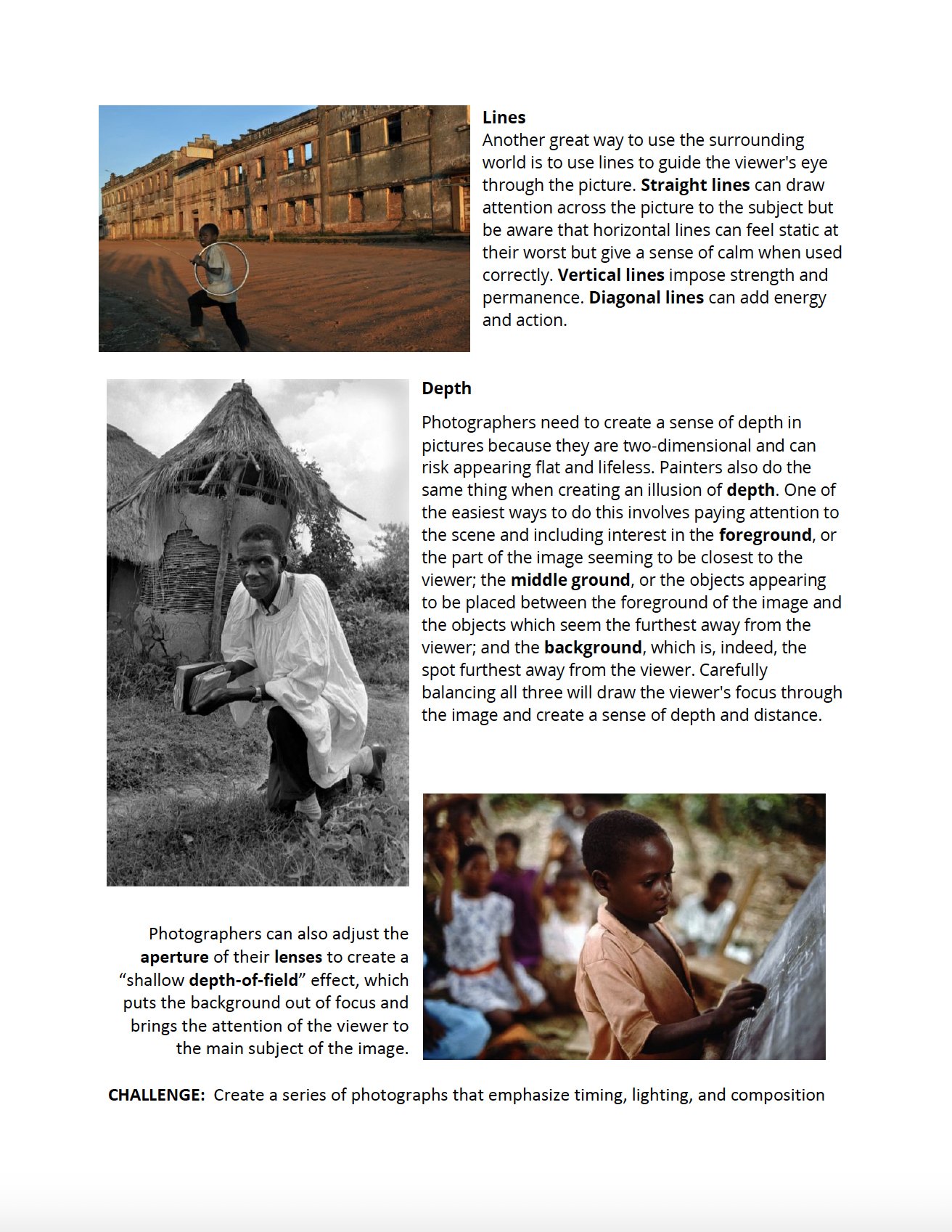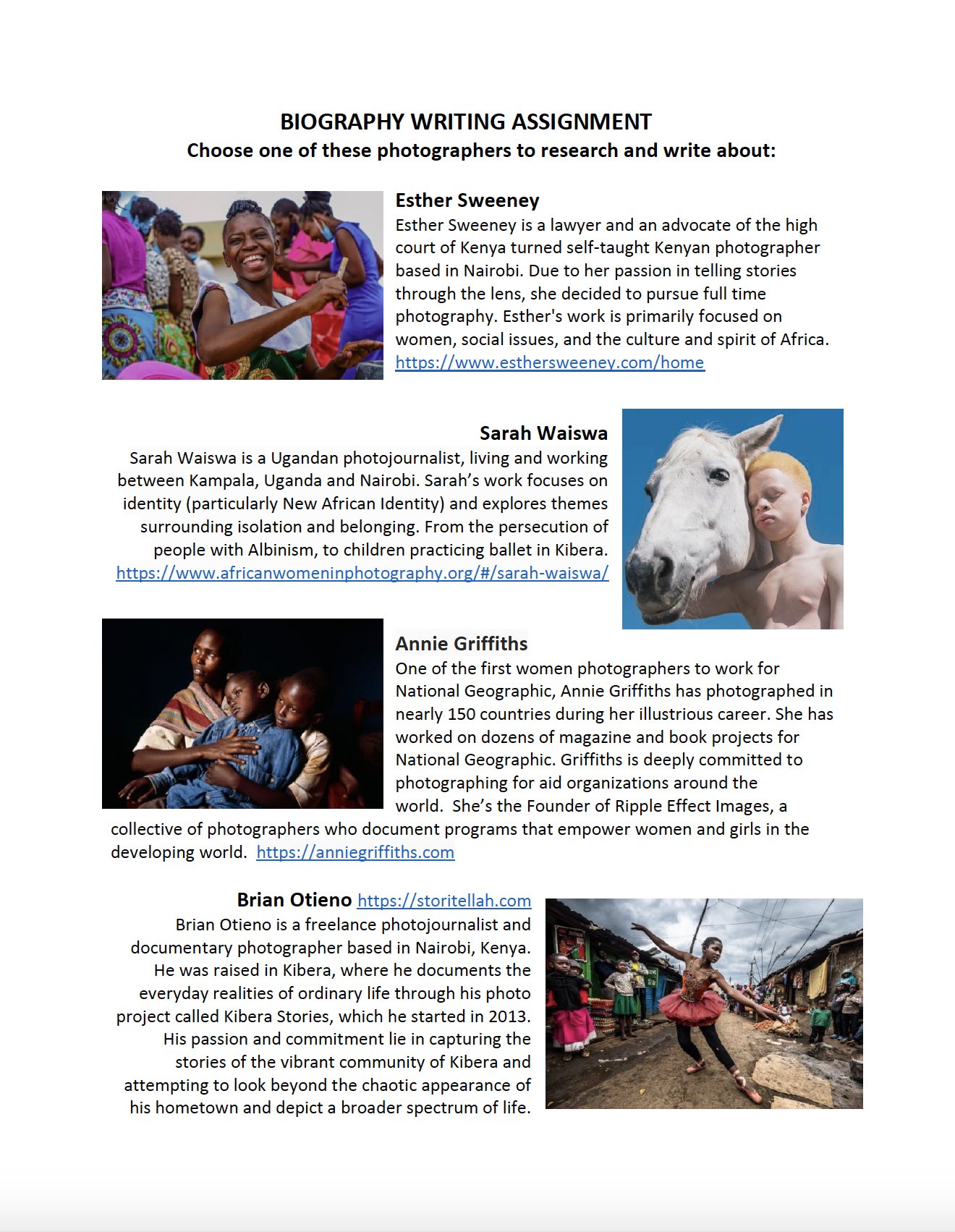“DON’T JUST SAY WOW…” THE KIBERA SCHOOL FOR GIRLS’ PHOTOJOURNALISM CLUB
University of Nairobi Channel
"You put a violin in one person’s hands, nothing happens. Someone else, beautiful music. Same with a camera."
SO WHAT JUST HAPPENED? Something very cool…
Our group of 17 middle-school aged girls, with very little previous knowledge or practice in photography, found their individual and collective voices. In less than two months they have produced a remarkably robust collection of images, which constitutes a revealing photo story, or documentary, on the world they inhabit, in Kibera and beyond…
“While educating girls is historically not the priority in Kenya’s urban slums, we believe that girls are the key to long-term change that will break the cycles of poverty in these communities.”
No school uniforms for a weekend trip to Karura Forest….
Participatory photography, in theory, employs the fundamentals of photographic representation to provide a platform for agency, empowerment, creative expression, and vocational training to marginalized populations. This project was centered in an educational program run by the Kenyan NGO Shining Hope for Communities in Kibera, one of Nairobi’s (and Africa’s) larger sprawling slum settlements. Sponsored in large part by Nikon Kenya, we had the great pleasure of working with highly motivated, talented and fun-loving students at the Kibera School for Girls, part of SHOFCO’S “Girls Education and Leadership” Program, which includes a journalism club. A community engagement component involved collaborations with, among others, the Wildlife Clubs of Kenya, the Association of Media Women in Kenya (AMWIK), and the United States International University-Africa’s Media and Communications Department, which not only provided two journalism majors to mentor our kids, but also hosted a panel discussion and presentation event on July 12.
Our young photographers and team of instructors converge on upscale Sarit Centre in Westlands, Nairobi, for a morning of instruction and fun at the Nikon Showroom...
Things in our photojournalism class at the Kibera School for Girls stayed very interesting, thanks to the Wildlife Clubs of Kenya, who not only sent Tony Wild, a world renowned wildlife photographer to make a presentation, but also hosted us on a tour of the Nairobi National Park, the world's only game park located next to a major urban city. Things got wild...
The photojournalism class at Shofco's Kibera School for Girls spent a Saturday visiting and practicing their photography skills at three unique locations in the Nairobi area: the Kuona Artists Collective in Kilimani, the One Off Gallery in Rosslyn, and MediaHubKenya in Waithaka. Special thanks to Kennedy Kituyi and Kevin Ochieng who are featured prominently here as mentors to our young photographers.
Students in the participatory photography class at the Kibera School for Girls visit the United States International University-Africa in Nairobi, joining the audience for an academic presentation and panel discussion which covered not only photography, but also the importance of there being more female journalists and photographers to tell the stories traditionally left to men to tell.
For the final field trip of our eight-week photography class at the Kibera School for Girls, Nikon Kenya took the students and staff to the historic Karura Forest, to take photographs and generally have a beautiful experience and fun time in nature.
OUR TEAM
With mentorship by our team of Kenyan photographers, journalists and university students, the eight-week course met three-four times weekly, introducing students to the basics of digital photography and photojournalism skills, including portraiture and creating photo stories. Assignments were given designed to present opportunities for students to practice the skills they are introduced to. Students were provided Nikon DSLR cameras. Field trips were arranged to a variety of sites outside of Kibera, including Nairobi National Park for a morning of wildlife photography. Another Saturday found us visiting the Kuona Trust Artists Collective, the One Off Gallery, and the photography studio at MediaHub Kenya; visits were also made to the historic Karura Forest and a Nikon showroom. Guest presenters included Tony Wild, an internationally-honored wildlife photographer, and Esther Sweeney, a conceptual portrait artist whose work addresses issues related to feminist empowerment. Students learned to edit photographs using Nikon’s own editing software. At the end of the course, each student had a gallery of their best photographs, and plans and production are currently underway for the exhibition and publication of their work.
We assembled a talented team of young Kenyan photographers, journalists and journalism students to help run the project and work as mentors during the eight-week workshop. Nikon sponsored Kennedy, Samantha and Stacy, and Rose, while INSPIRIT Creatives in Berlin sponsored Kevin, and World Health Communication Associates (WHCA)— also in Germany— sponsored Kidie, Faridah and Allan. Thanks for this vital support. Having such a diverse set of talented people allowed us to give the girls so much more individual attention…
Kawira Rose Nyaga, broadcast journalist and project manager
Faridah Bwari, communications specialist, advisor and class instructor
Kevin Ochieng, conceptual artist from Spartan Photography, and lead class instructor
Kennedy Kituyi, MediaHub Kenya and class instructor
Samantha Nyamu, USIU-A student and class instructor
Stacy Munga, USIU-A student and class instructor
Kidie Nyongesa, professional photographer and class instructor
The girls and our team received attentive and professional support from Shofco staff Phoebe Oloo, Social Worker (far left) and Florence Odera, Teacher (far right)
Allan Juma, mentor and graphic designer
Photo by Anita Nade
Photo by Philomena
Click here to see the individual collections of each member of the KSG Photojournalism Club
GALLERY: In the classroom, in the community, and on field trips…
Link to synopsis of Edges of Africa
Support this project with $100 or more as a tax-deductible donation to the Kibera School for Girls Photography Workshops, and receive a hardcover copy of Edges of Africa, an anthology of eight years of photography/writings by David Blumenkrantz. Simply make your donation here on this page, and send an email with your mailing address to oneofuscoalition@gmail.com...
INSIDE KIBERA (video)
Most of Kibera's residents—including the girls’ whose families we visited during our class— live in a form of extreme poverty that on the surface seems desolate and lacking. Yet bubbling beneath the surface is a vibrant, resourceful population with a rich history and a strong sense of unity and identity. There is more many a lack of easy or consistent access to basic services, including electricity, running water, medical care, and even education. The rising cost of food in Kenya has exacerbated economic stagnation brought on by the pandemic, yet there are still pockets of a vibrant, however small-scale, economic activity in the streets and shops. But there are few schools and some cannot afford education for their children. Girls and women have traditionally borne the brunt of this marginalization. Cases of assault and rape are common. Traditionally, boys were more likely to attend school while girls were more often kept home. Hence the Kibera School for Girls, which is guiding and molding their girls into the thoughtful, forward-thinking young woman that will be in a better position to improve living conditions not just in their own families, but for the communities at large.
From Transit Tales, A Guide for Creating Participatory Photography Projects…
“This is best when we learn and compare notes of differing situations from across the world. So, I honour the key word of ‘creating collaborations.’ It is the fulcrum upon which we can join hands as caring global citizens towards various global discourses. I appreciate your coming onboard, not for your individuality, but because of the idea and desire to have a better world.”
George Owira, the assistant to SHOFCO’S CEO
OUR CURRICULUM
SUSTAINABLE DEVELOPMENT GOALS The UN and its partners in Kenya are working towards achieving the Sustainable Development Goals: 17 interconnected and ambitious goals which address the major development challenges faced by people in Kenya and around the world. Along with meeting the standards of SHOFCO’s Girl’s Education and Leadership program, this project is aligned with the following SDGs in Kenya:
SDG 4: Quality Education: Ensure inclusive and equitable quality education and promote lifelong learning opportunities for all.
SDG 5: Gender Equality: Achieve gender equality and empower all women and girls.
SDG 8: Decent Work and Economic Growth: Promote sustained, inclusive and sustainable economic growth, full and productive employment, and decent work for all.
Sample pages from our 48-page workbook:

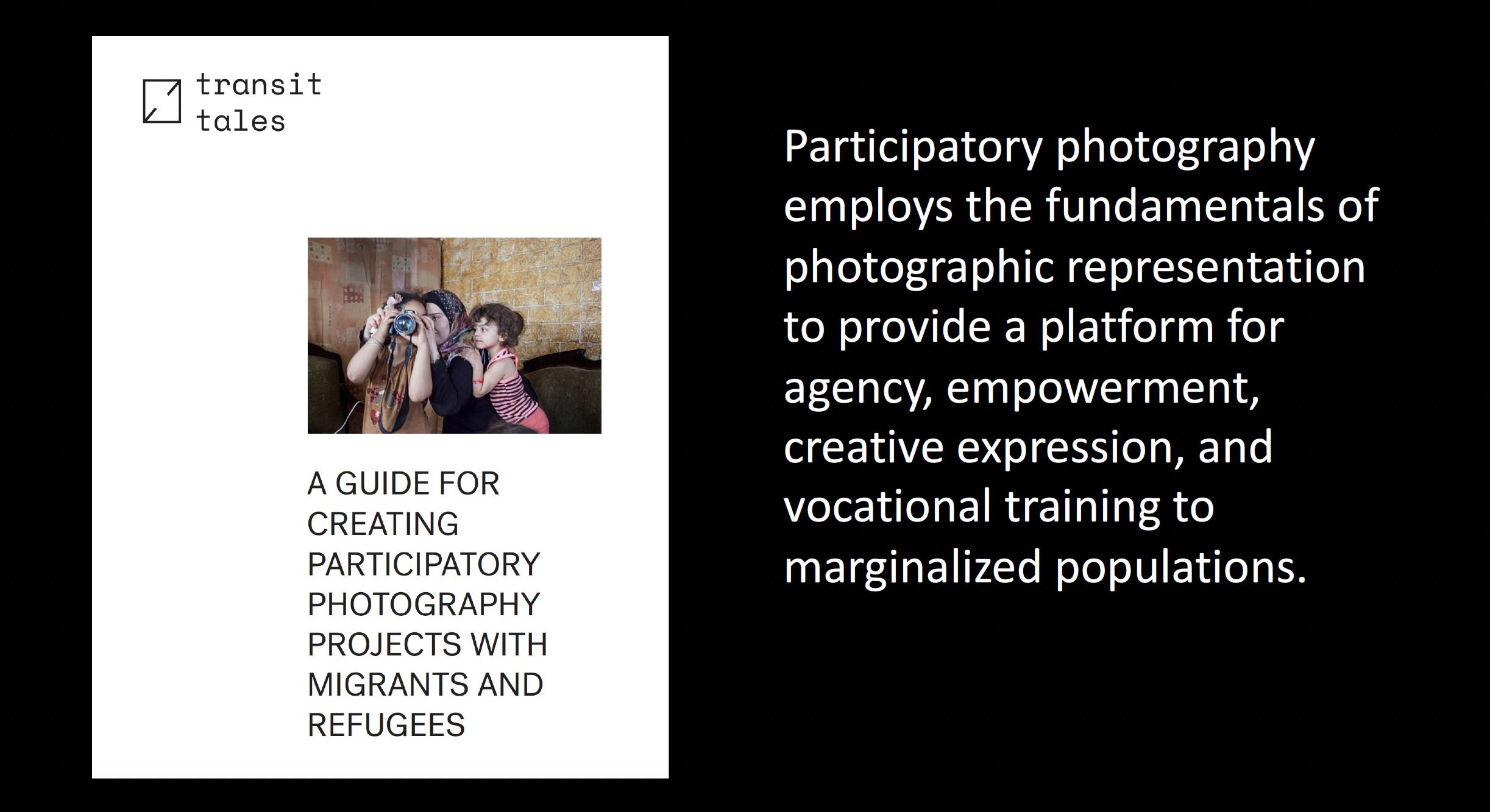

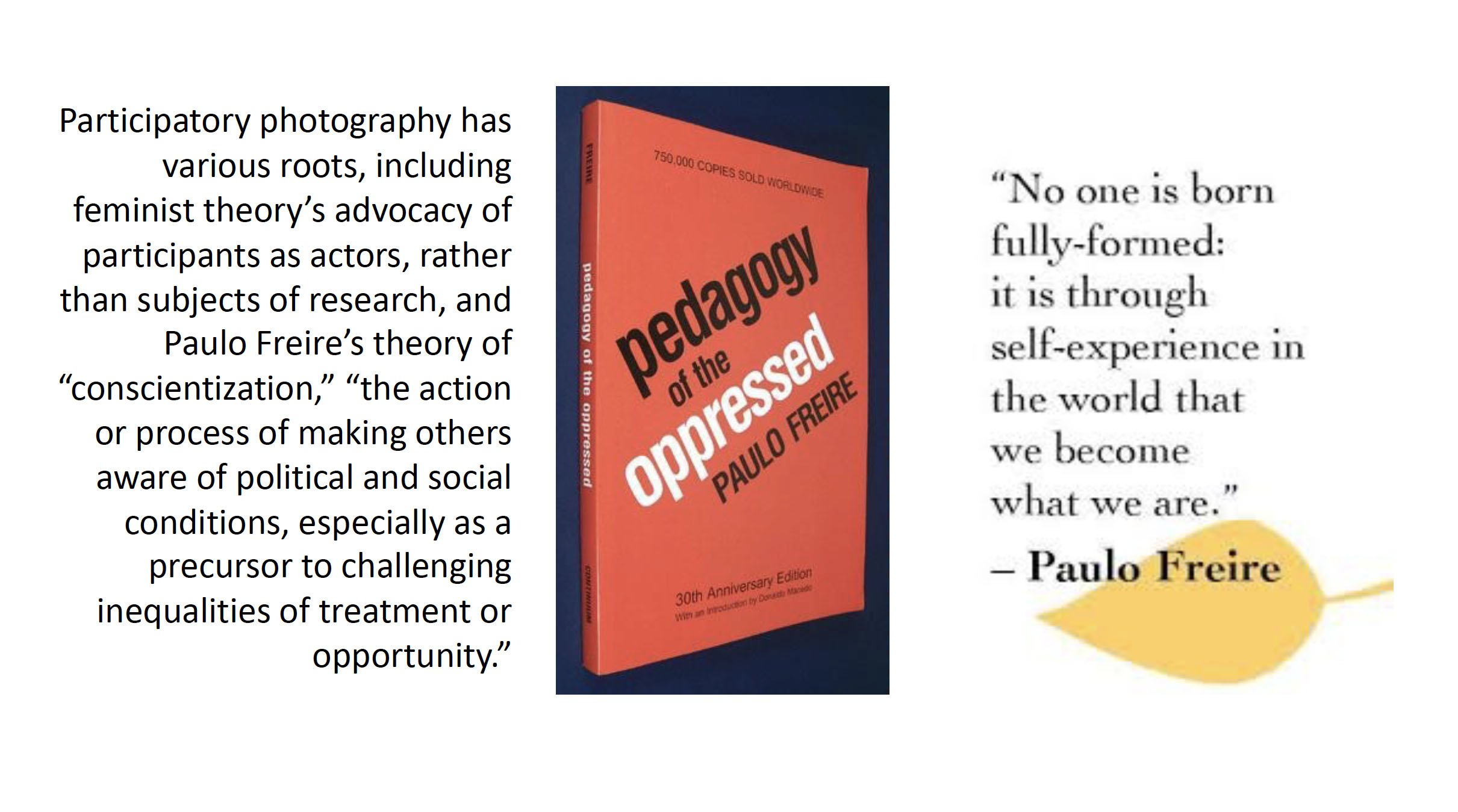

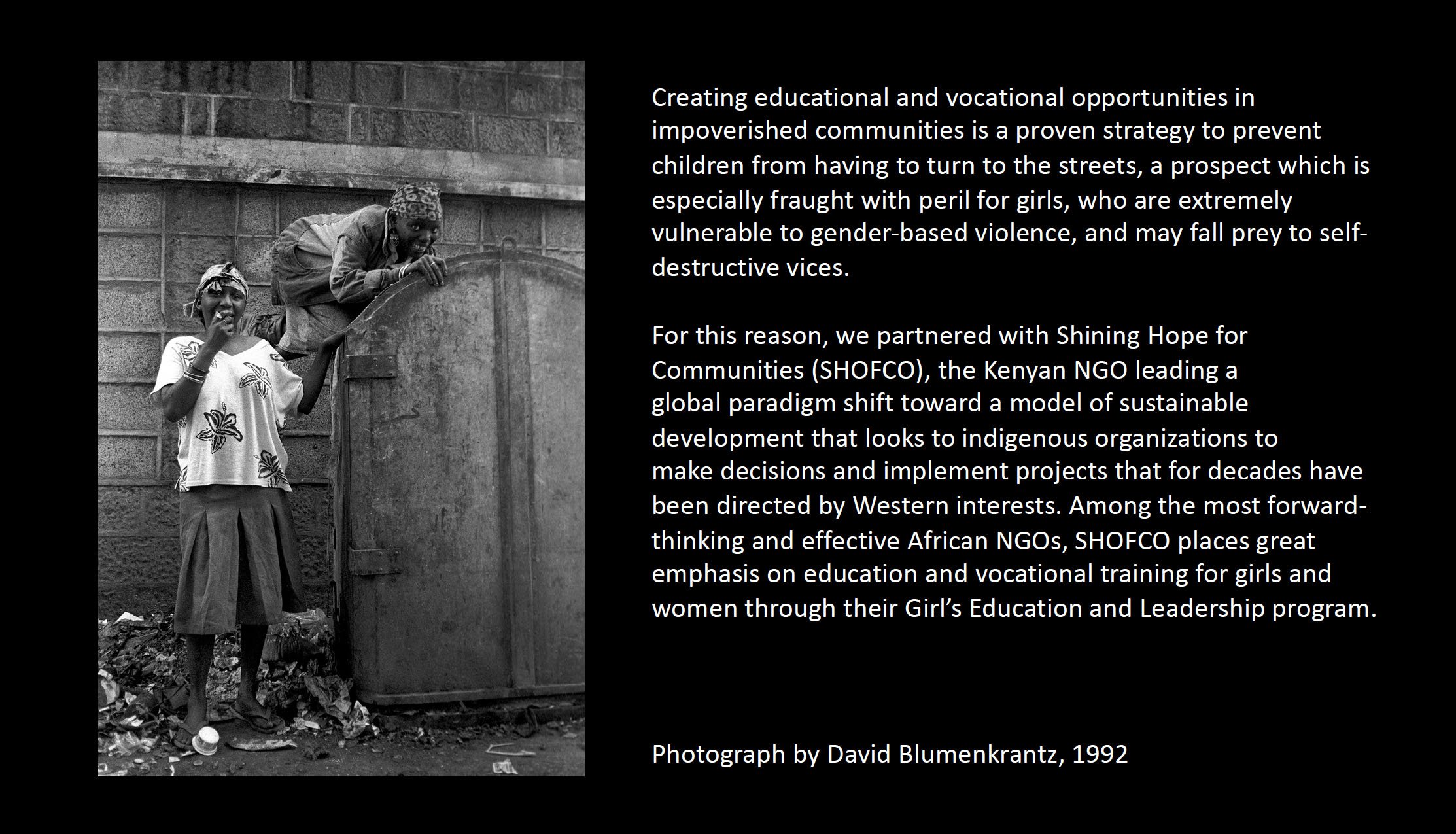
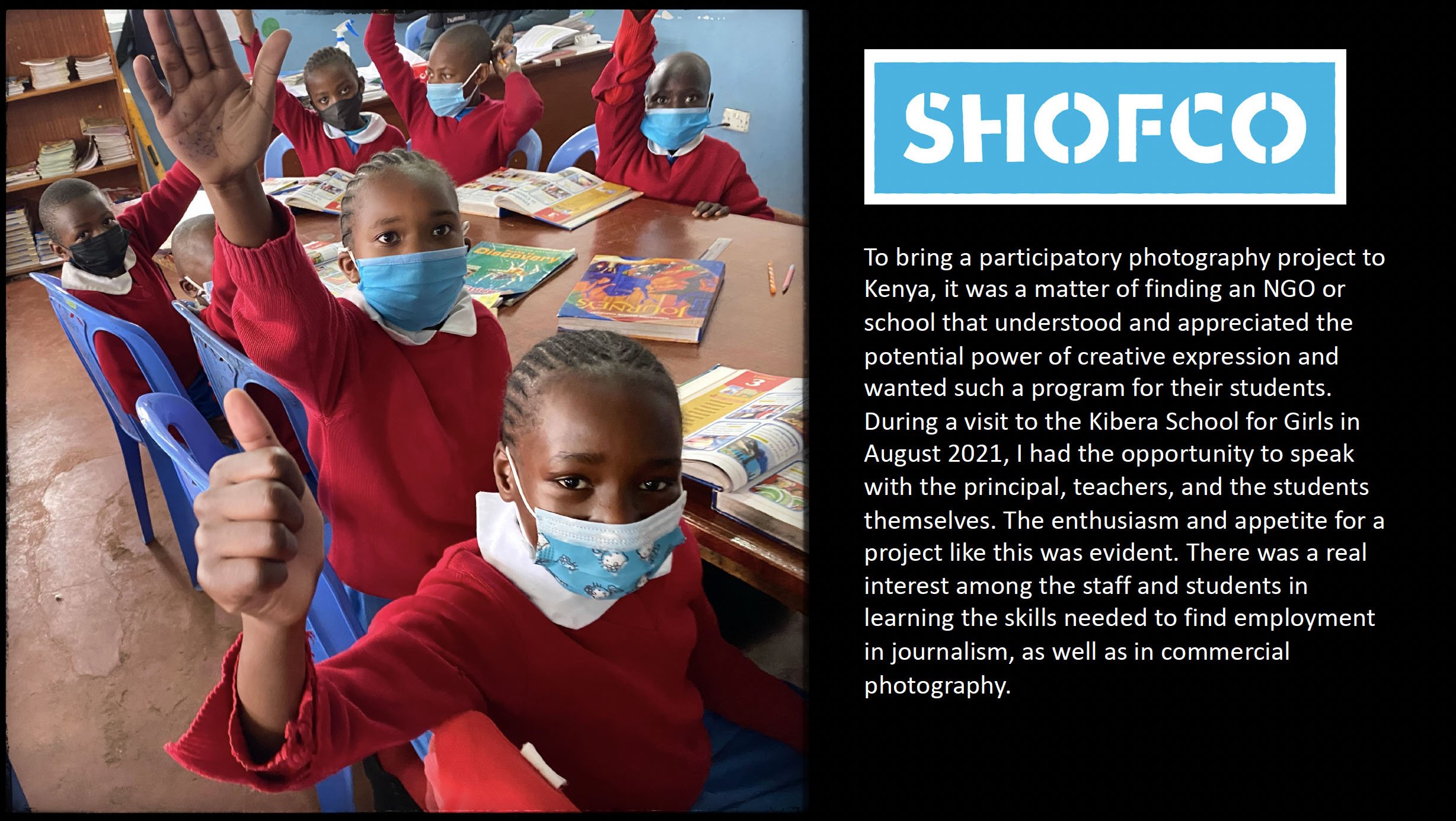
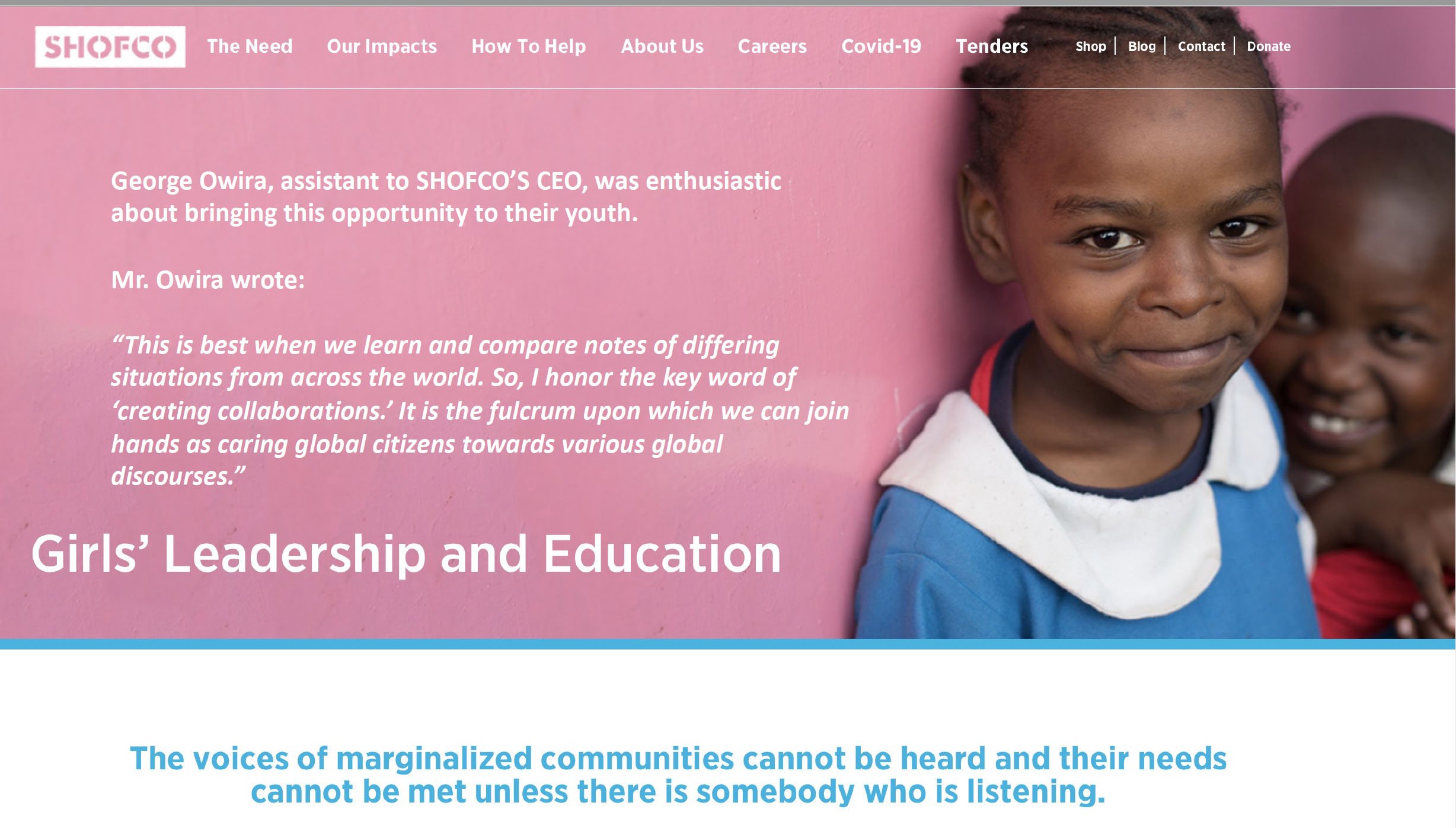
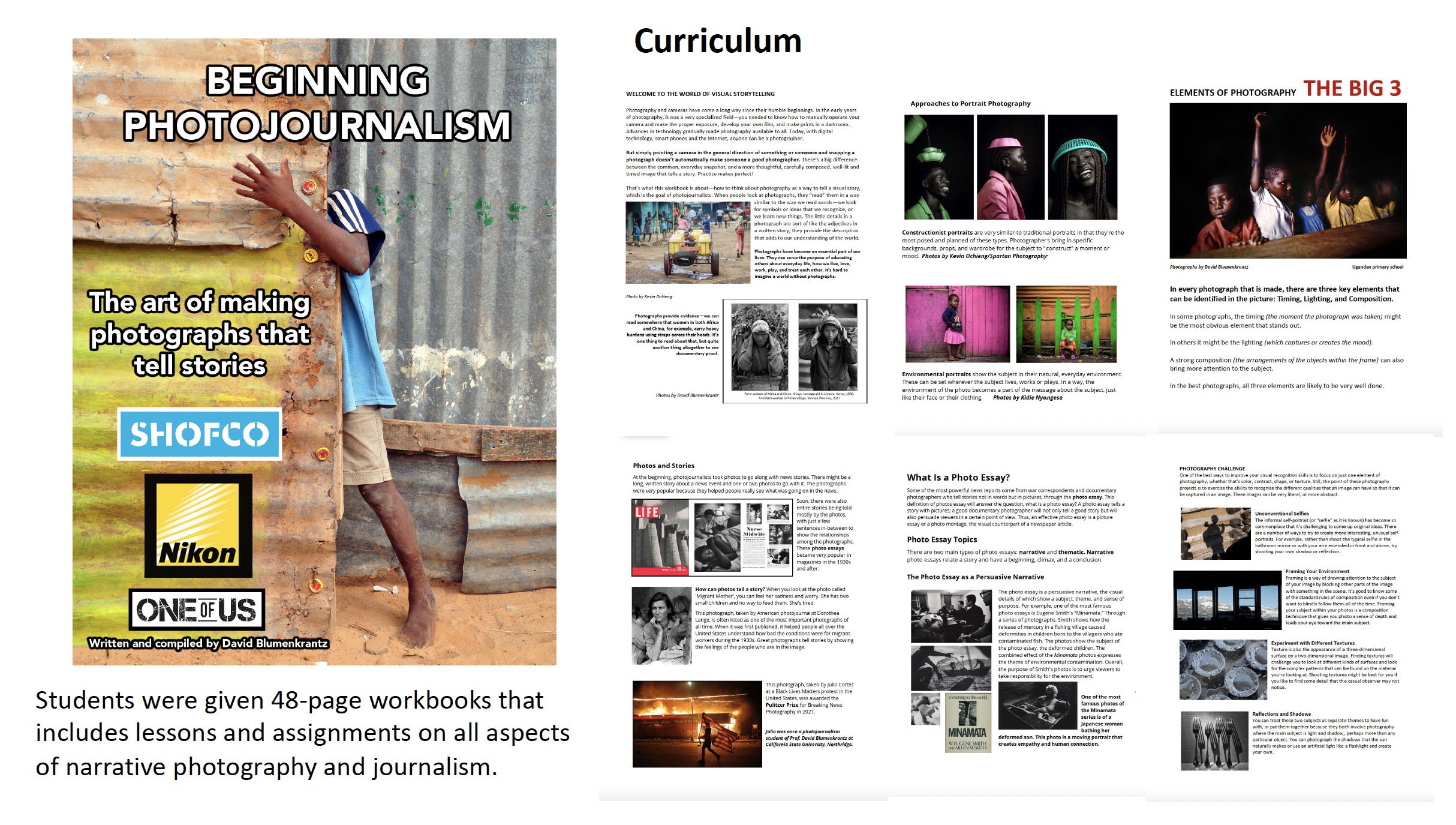
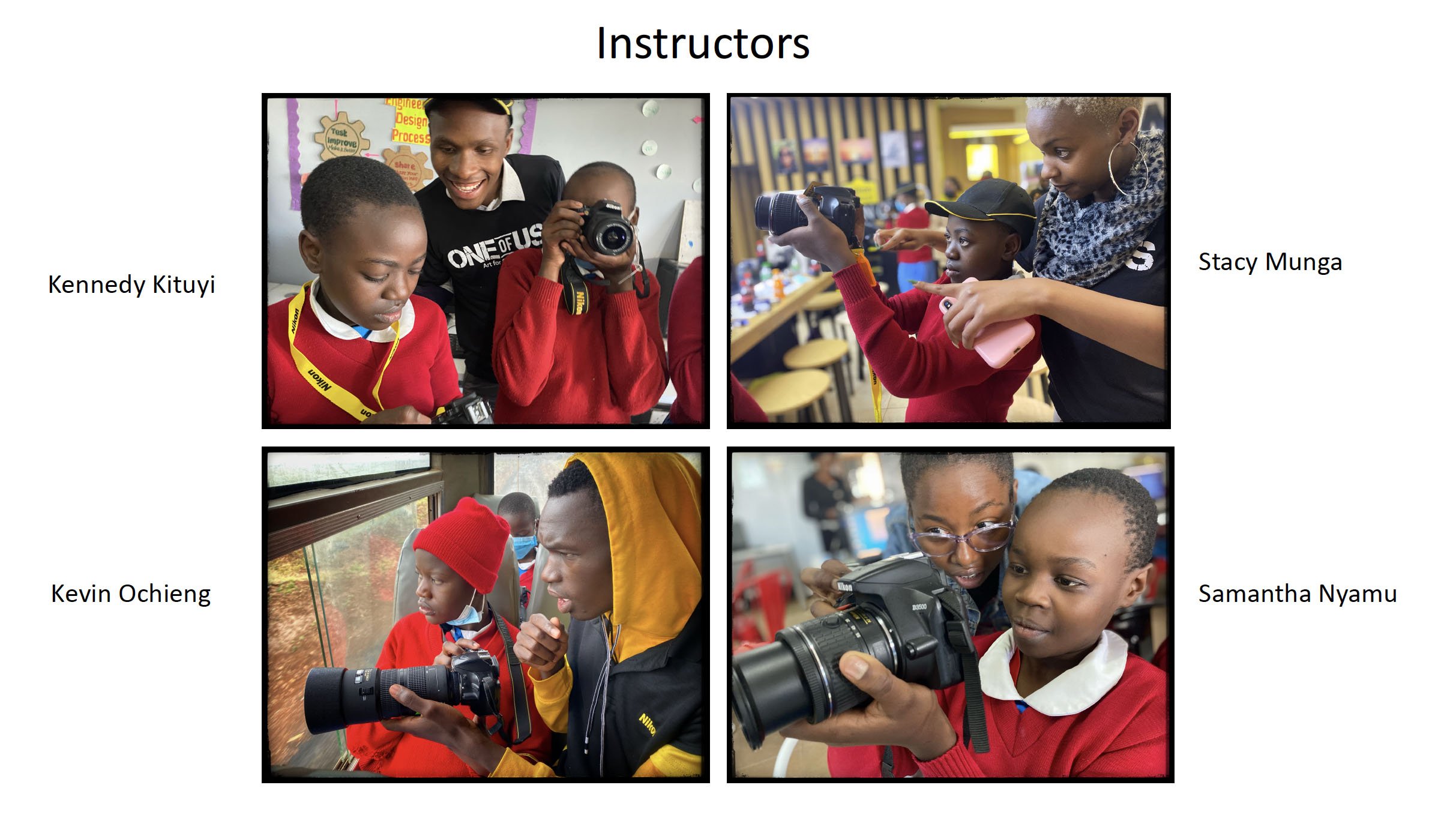
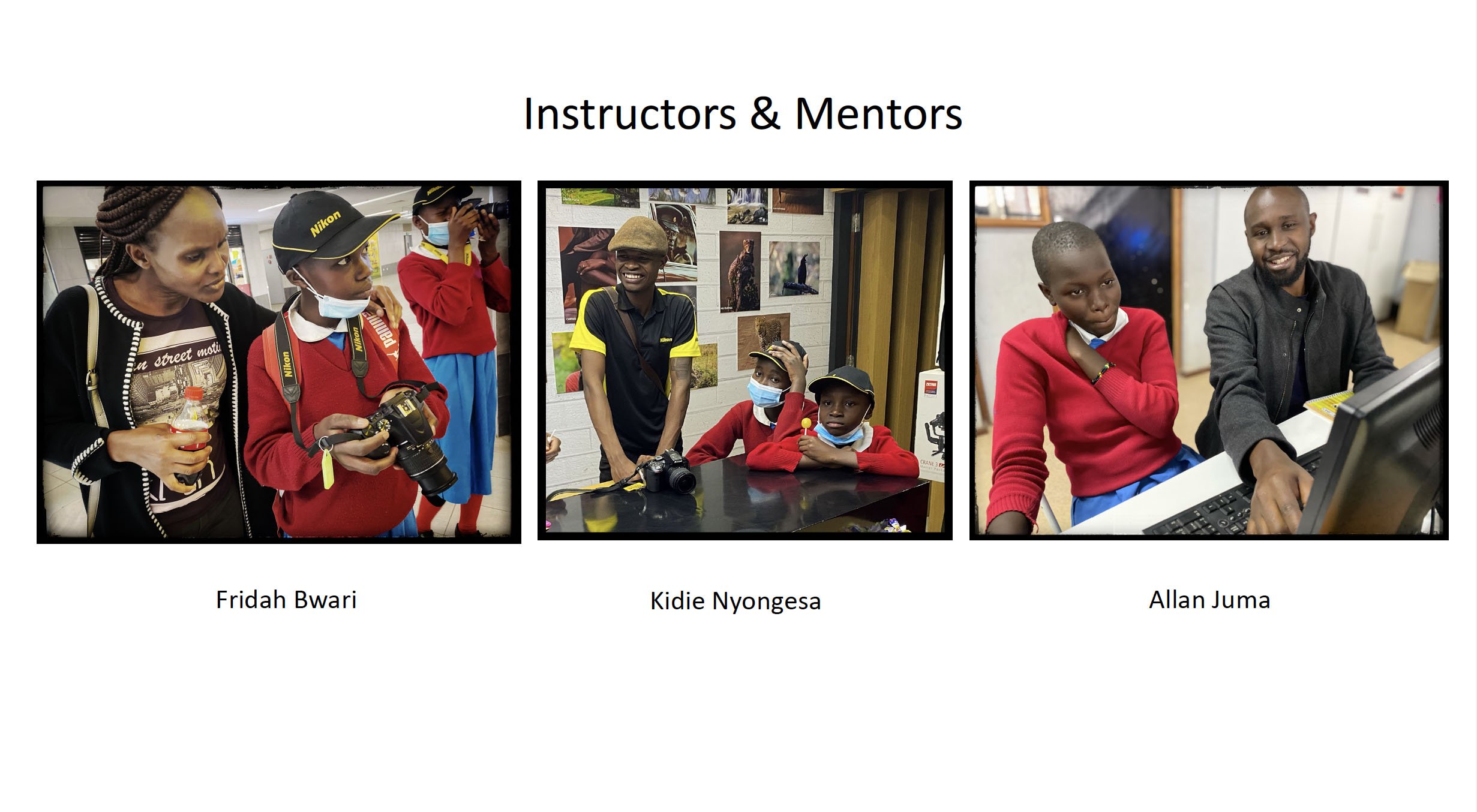
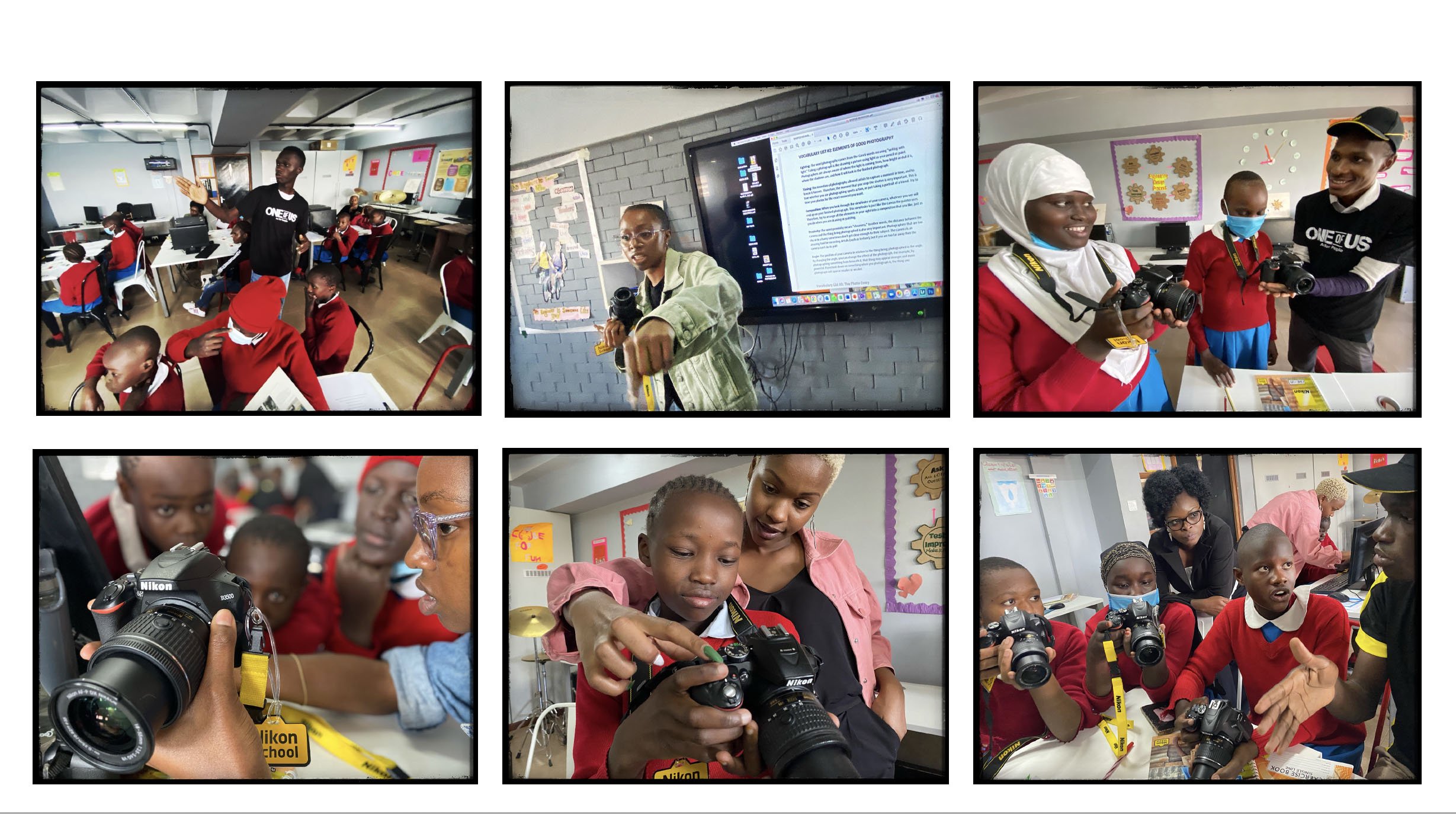
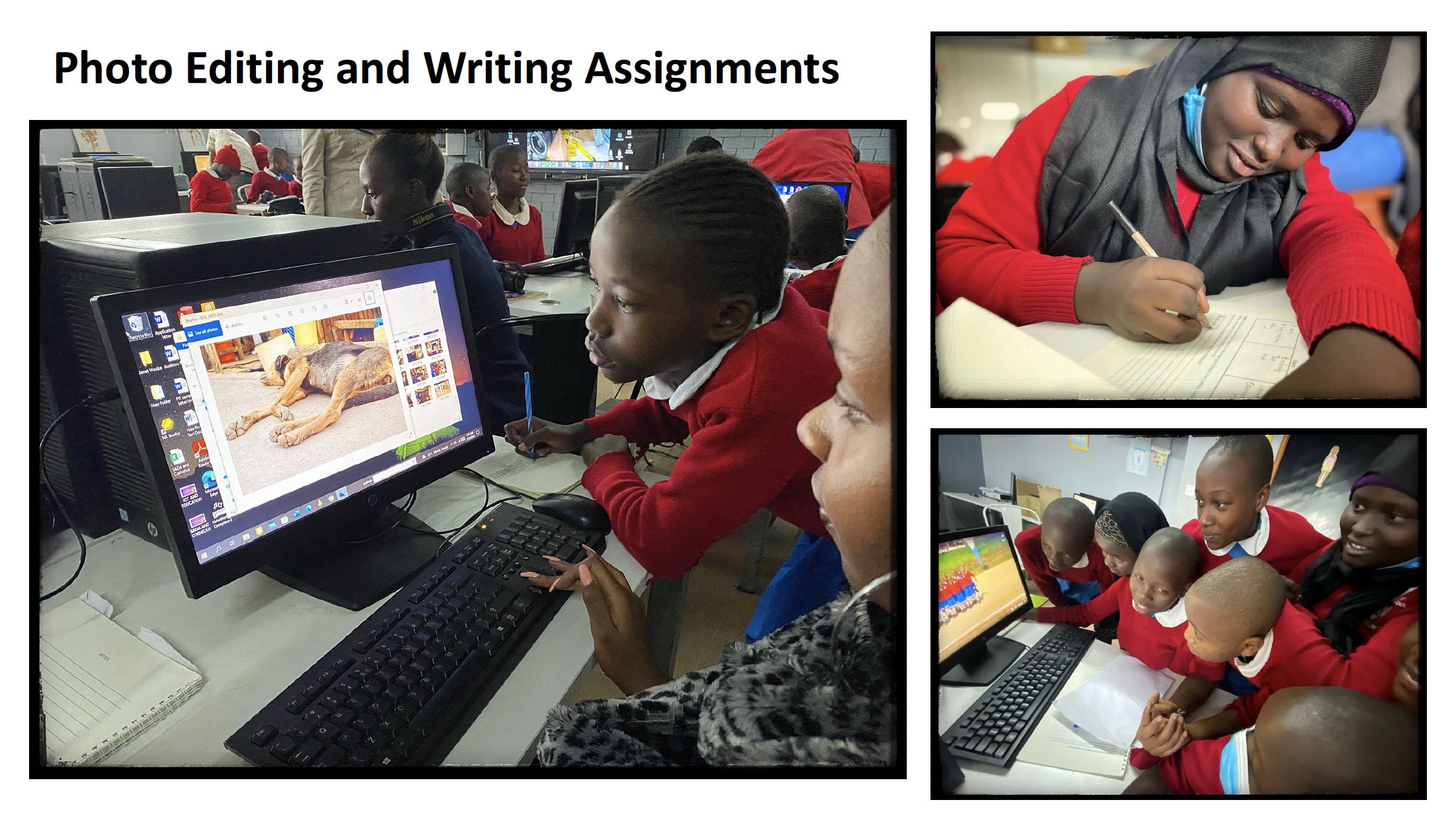


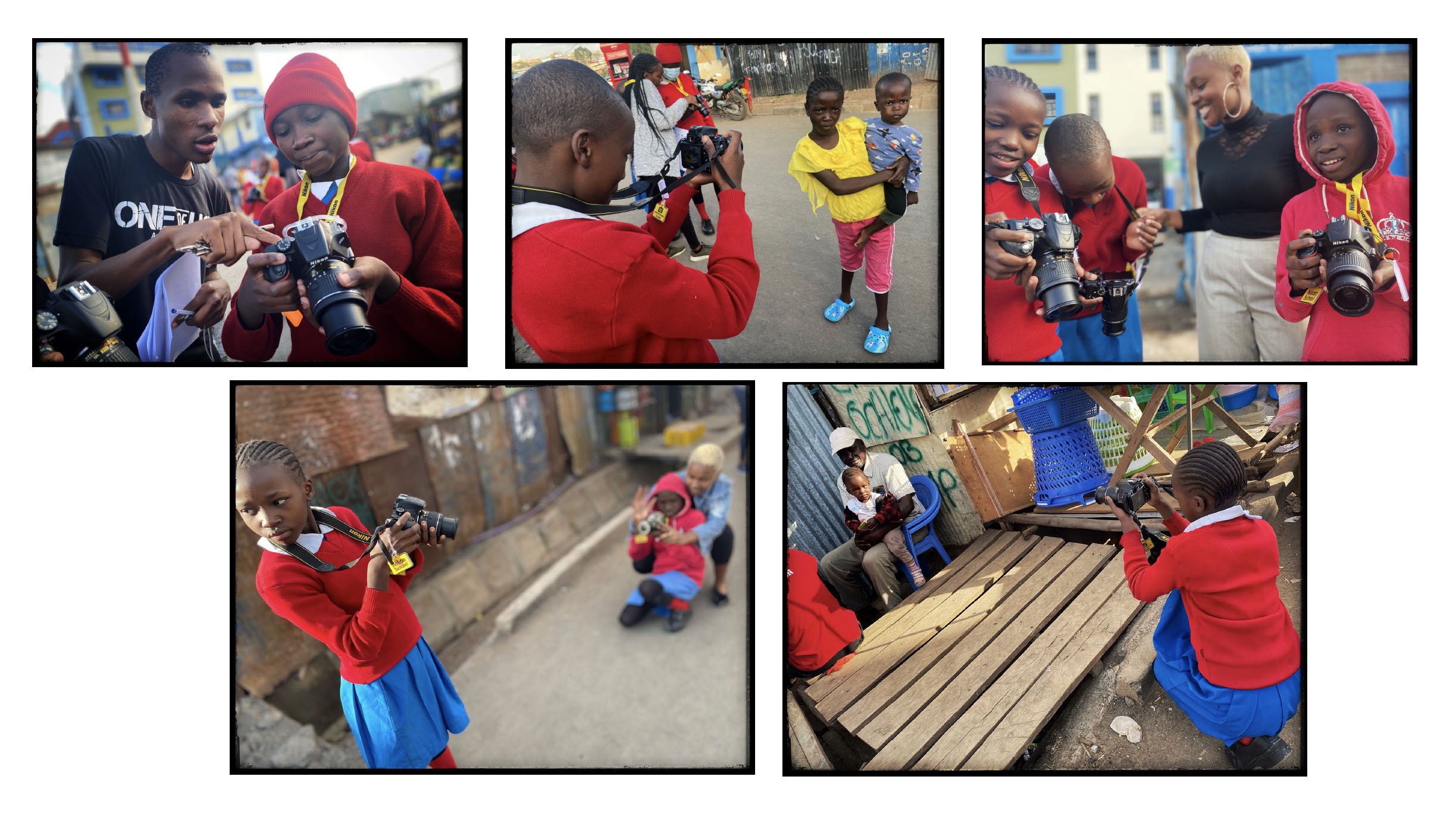
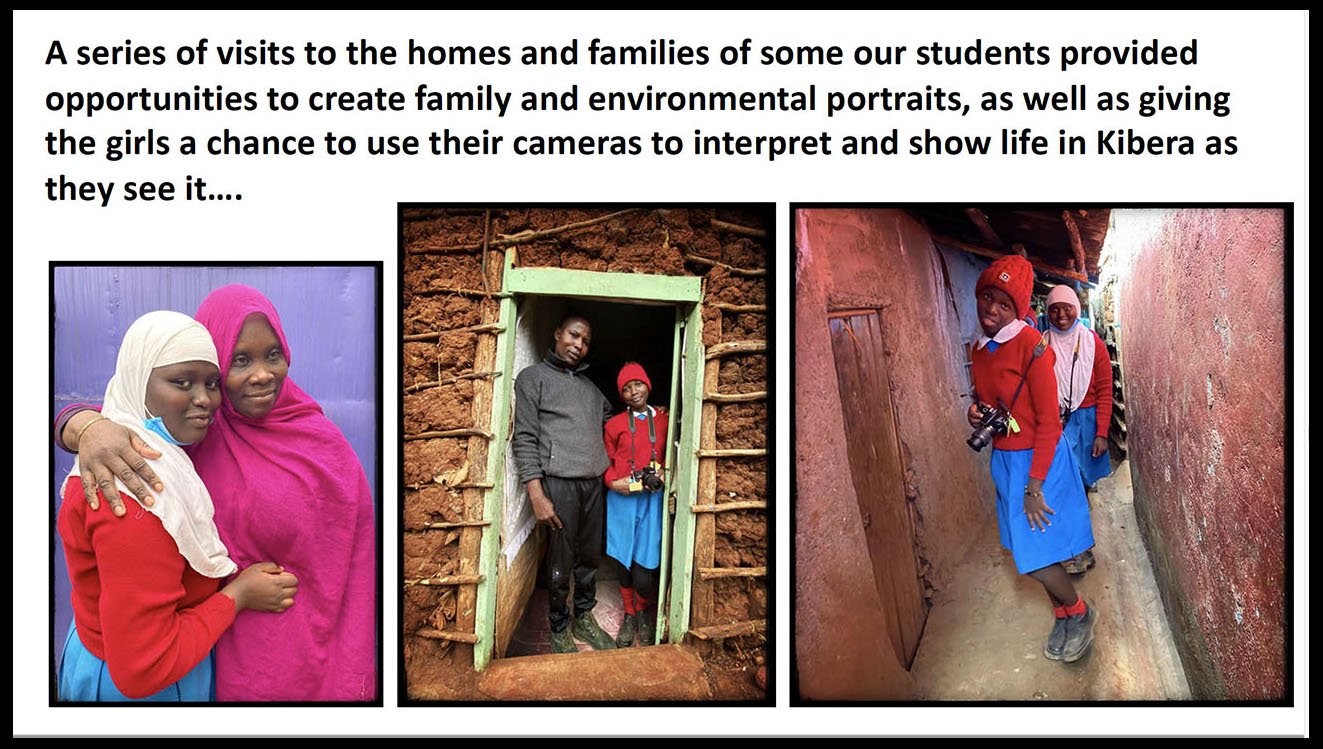
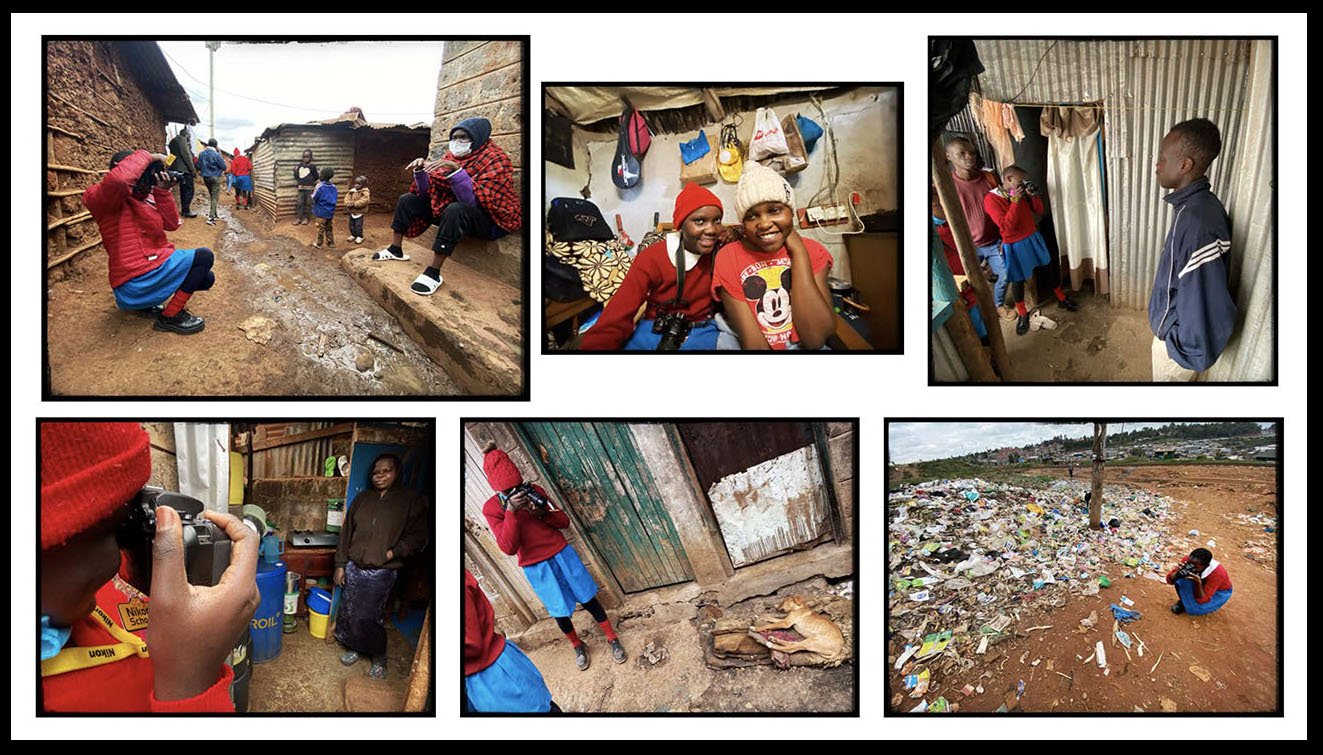
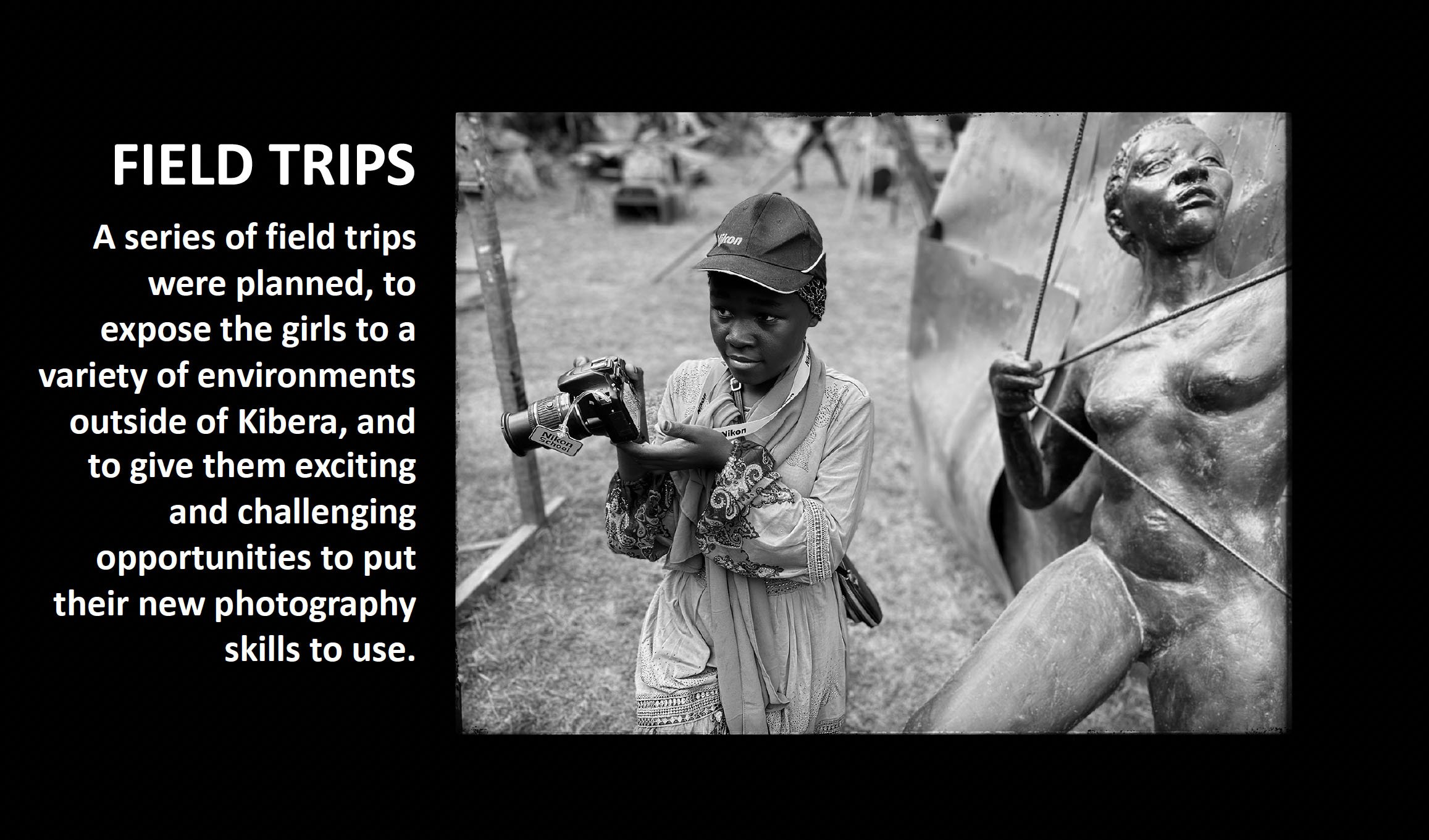
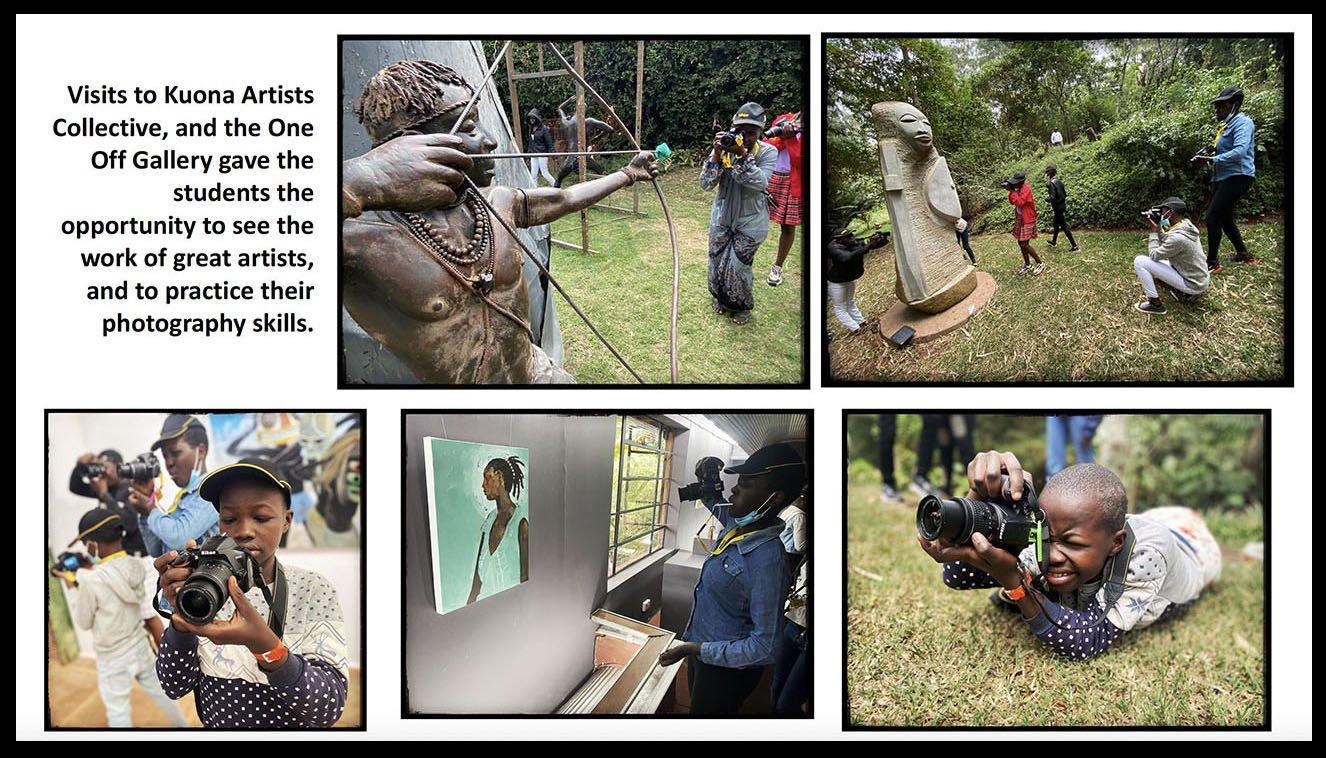


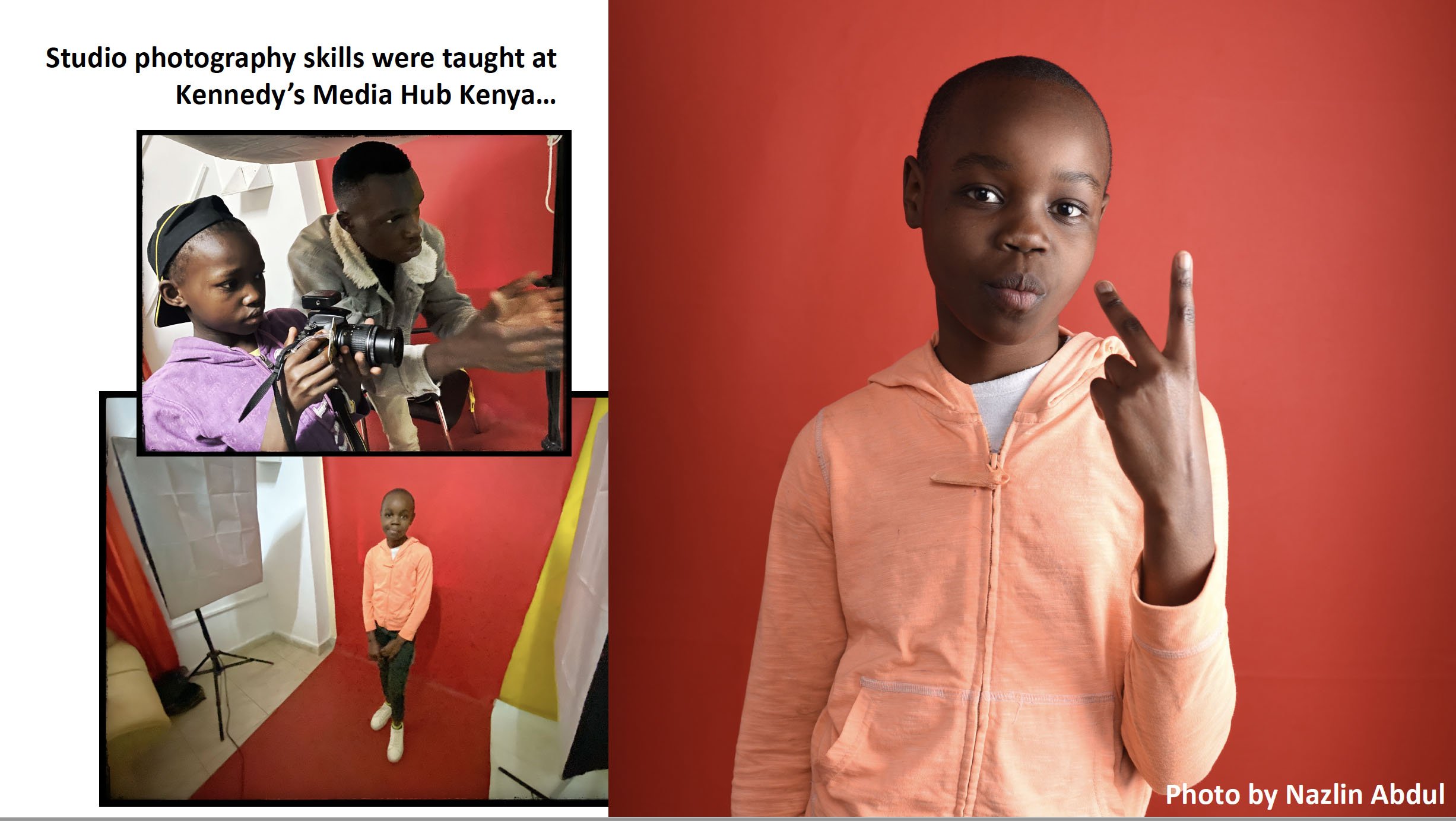

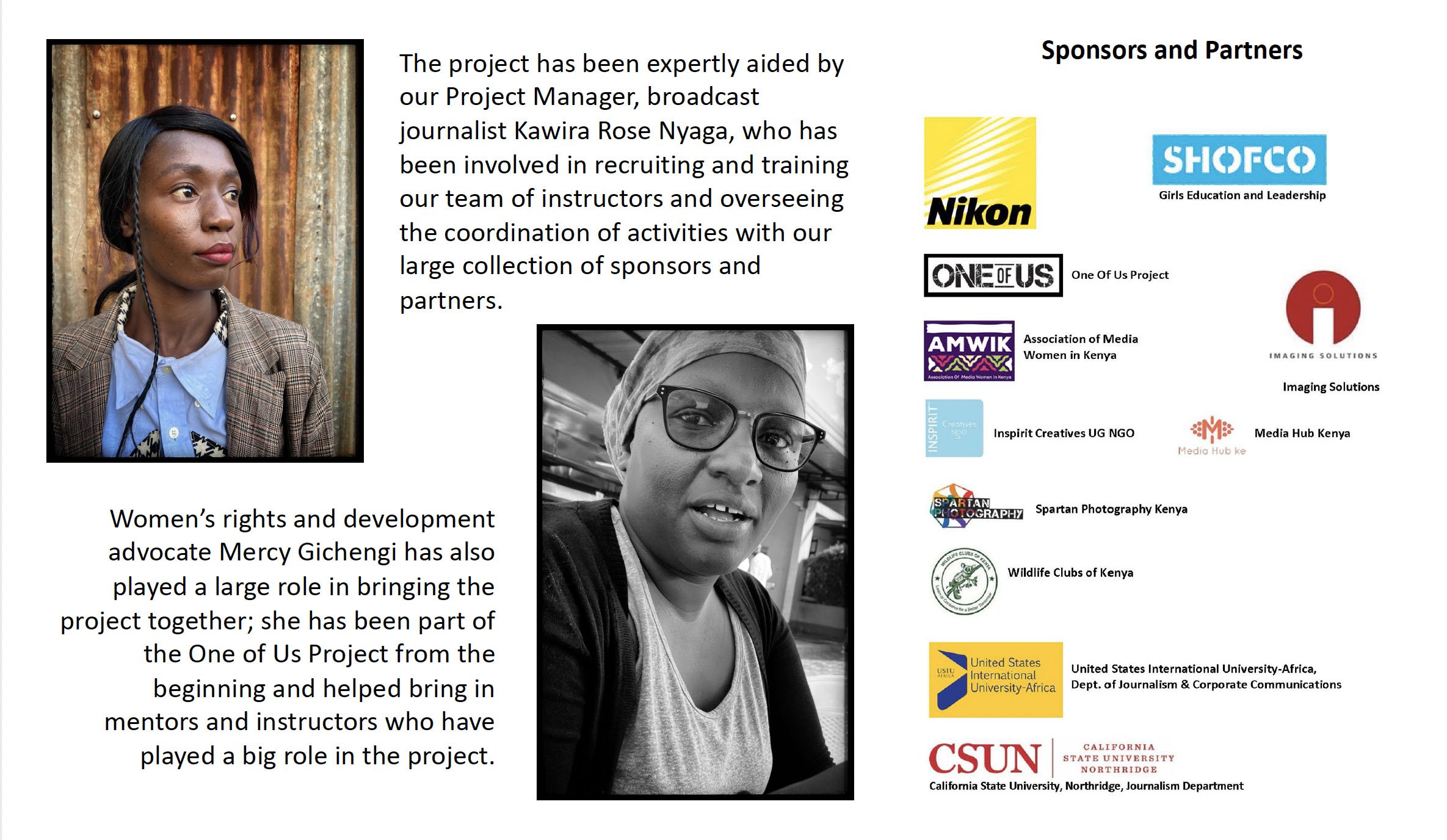
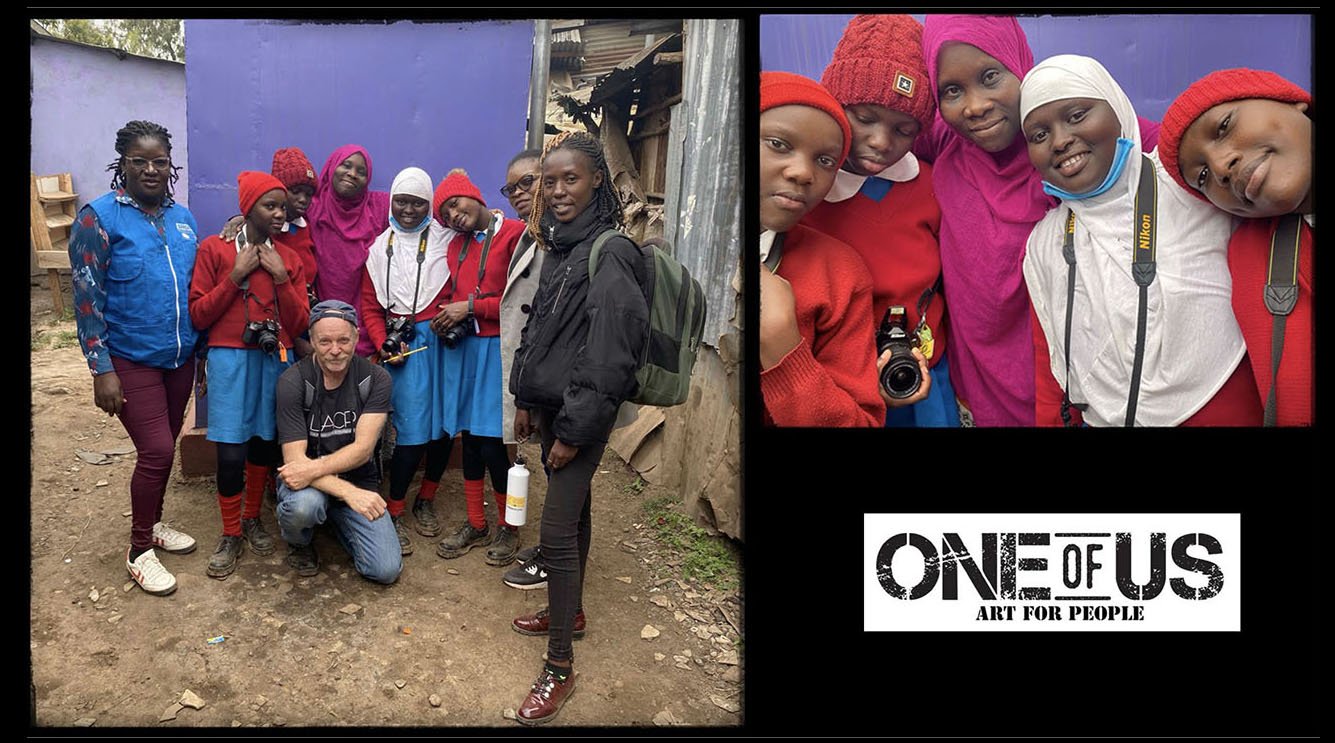
In the chuoms of Nairobi, ca. 1993 street children gallery
“David played an active role in bringing hope and rejuvenating the societies’ resilience through his photos and articles that always sought to bring out the best side of the situation, desperate as it was. This was the case regarding his work with Undugu Society of Kenya, the pioneering human rights organization focused on street children and the urban poor. It is through David’s strong images of the situation in the Kenyan streets that Undugu was able to get then-Mayor of Nairobi Magic Mwangi to initiate the ‘Nairobi Cares for Its Children’ project, a ground-breaking advocacy and response intervention that brought to the fore the situation of the street families and provided relief, rescue, education and the reintegration of thousands of street children.”












